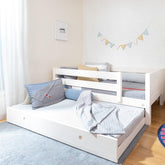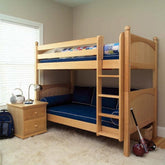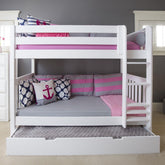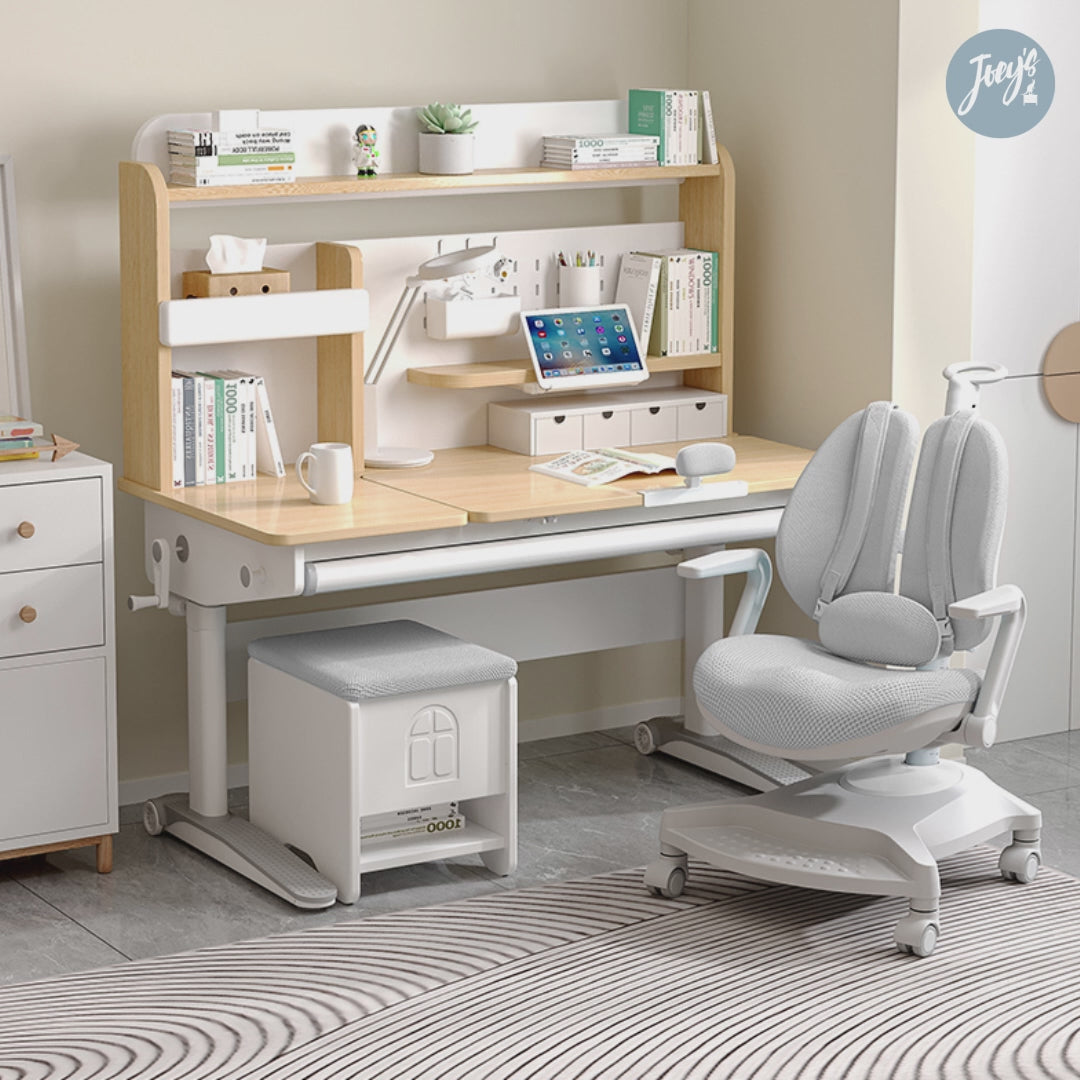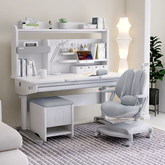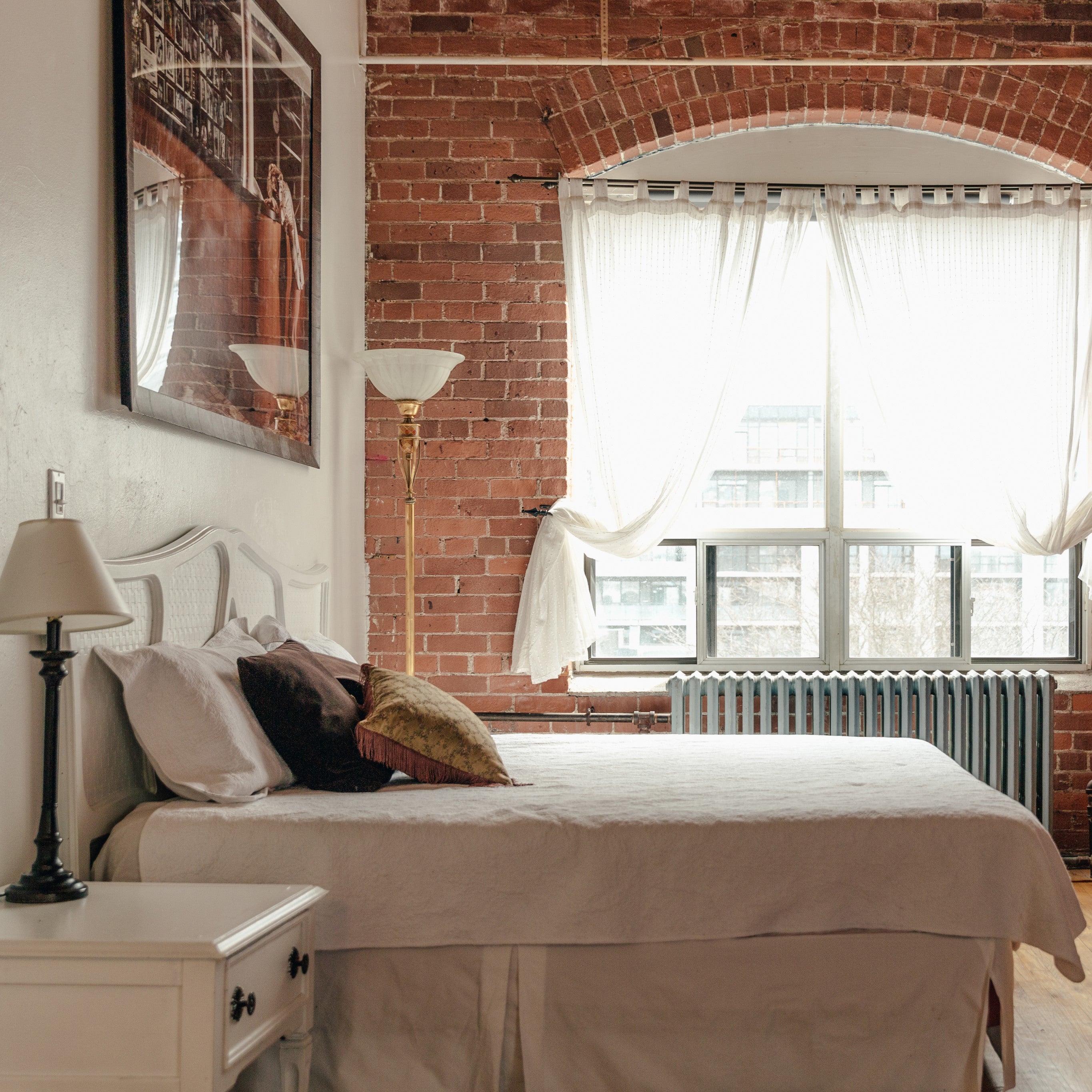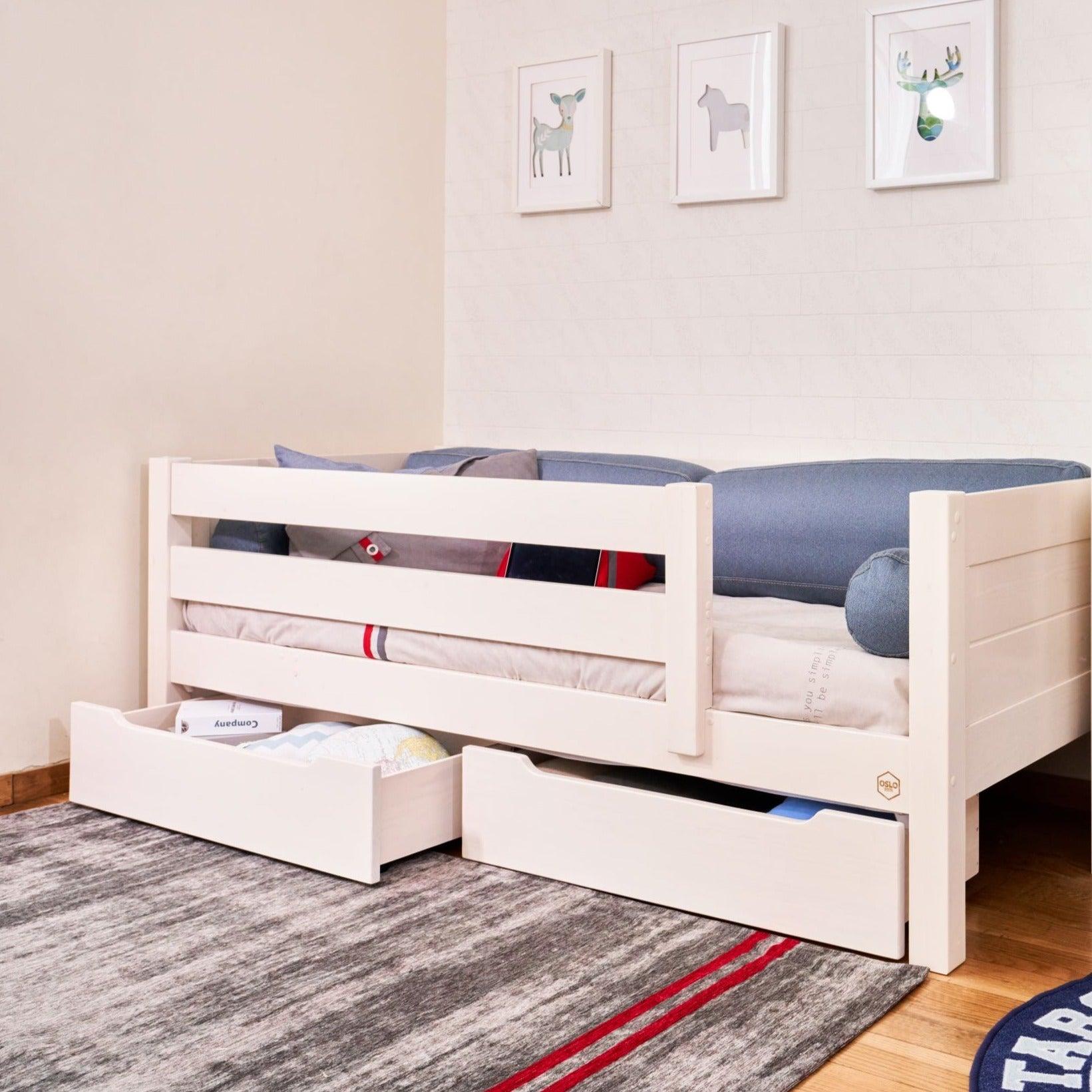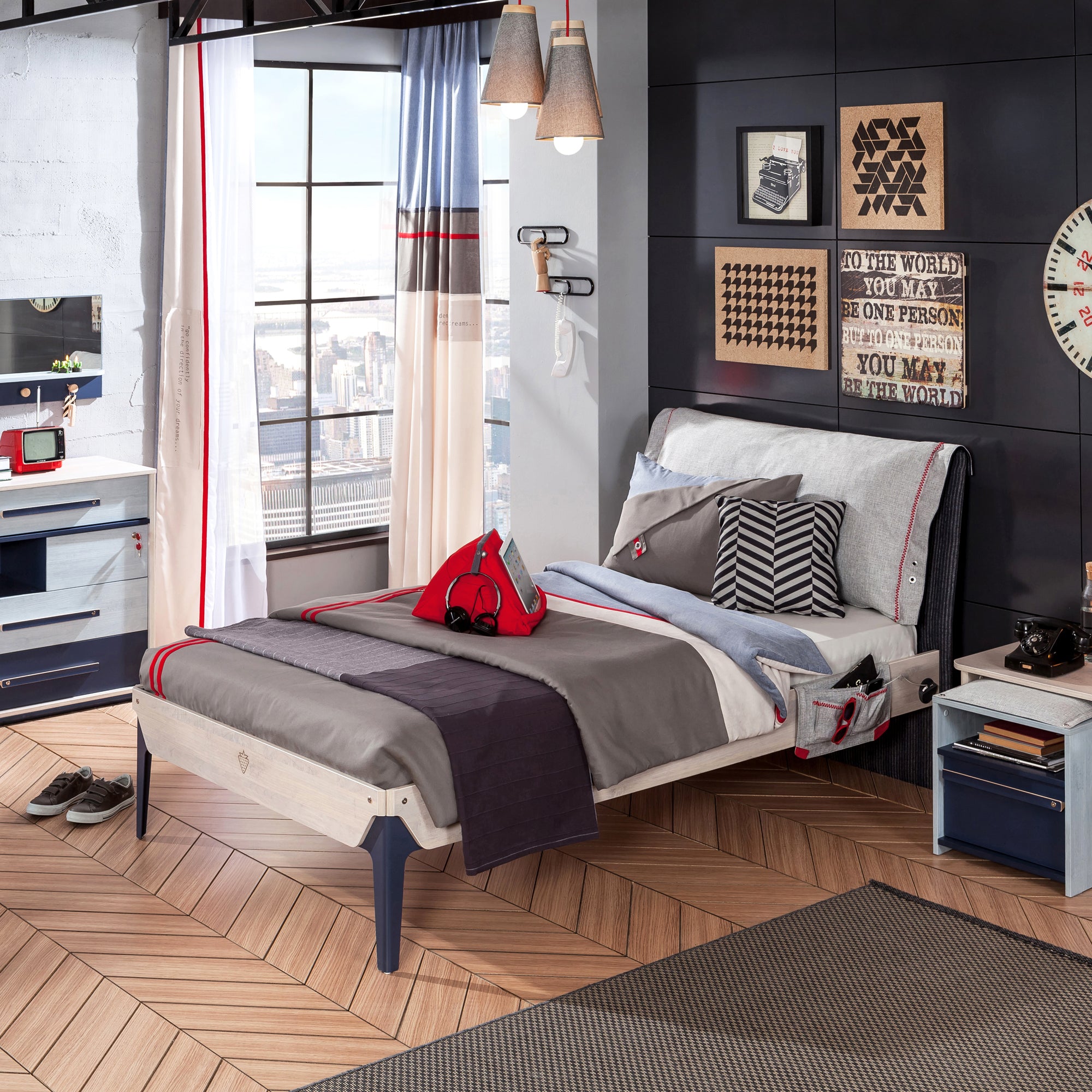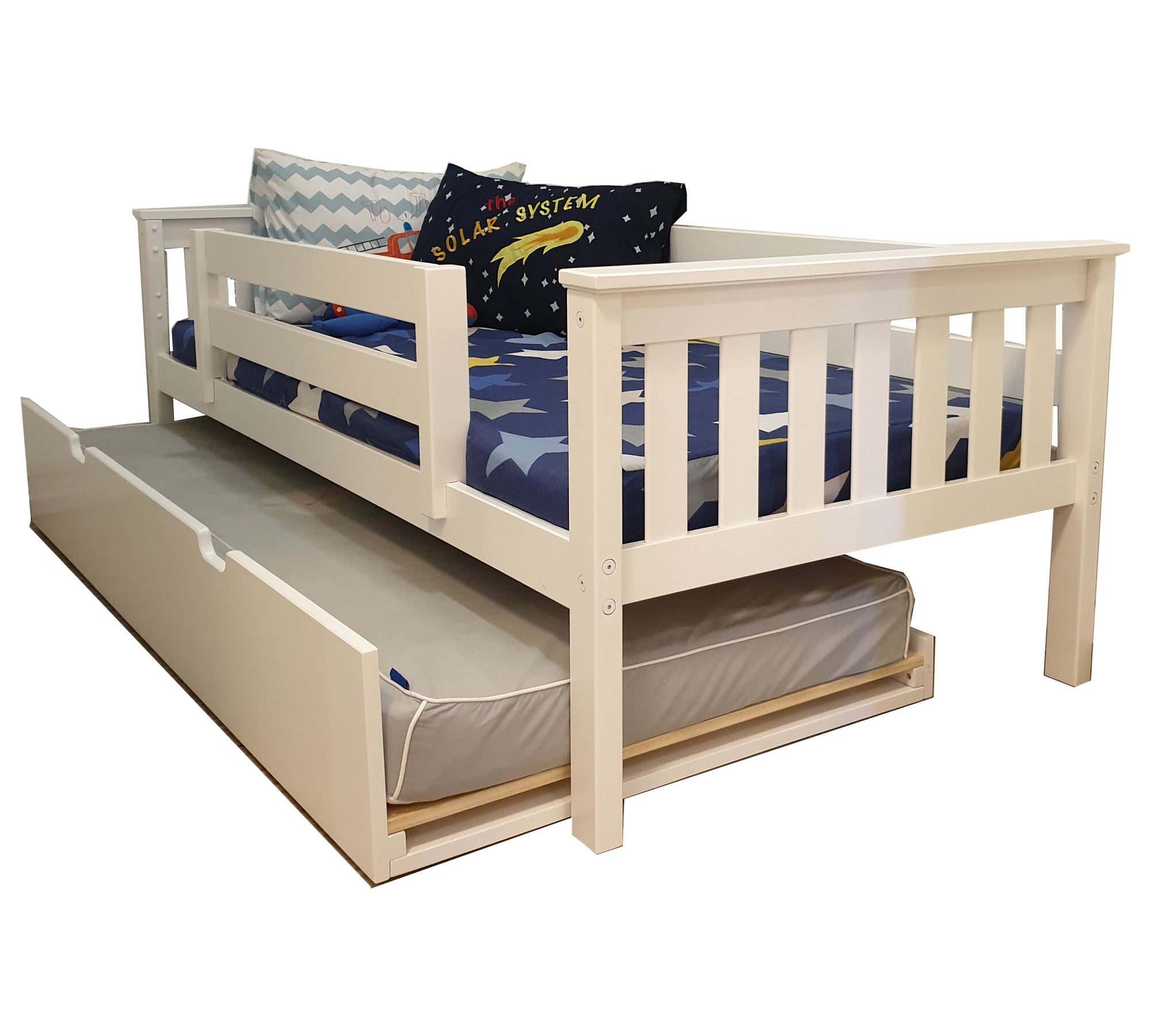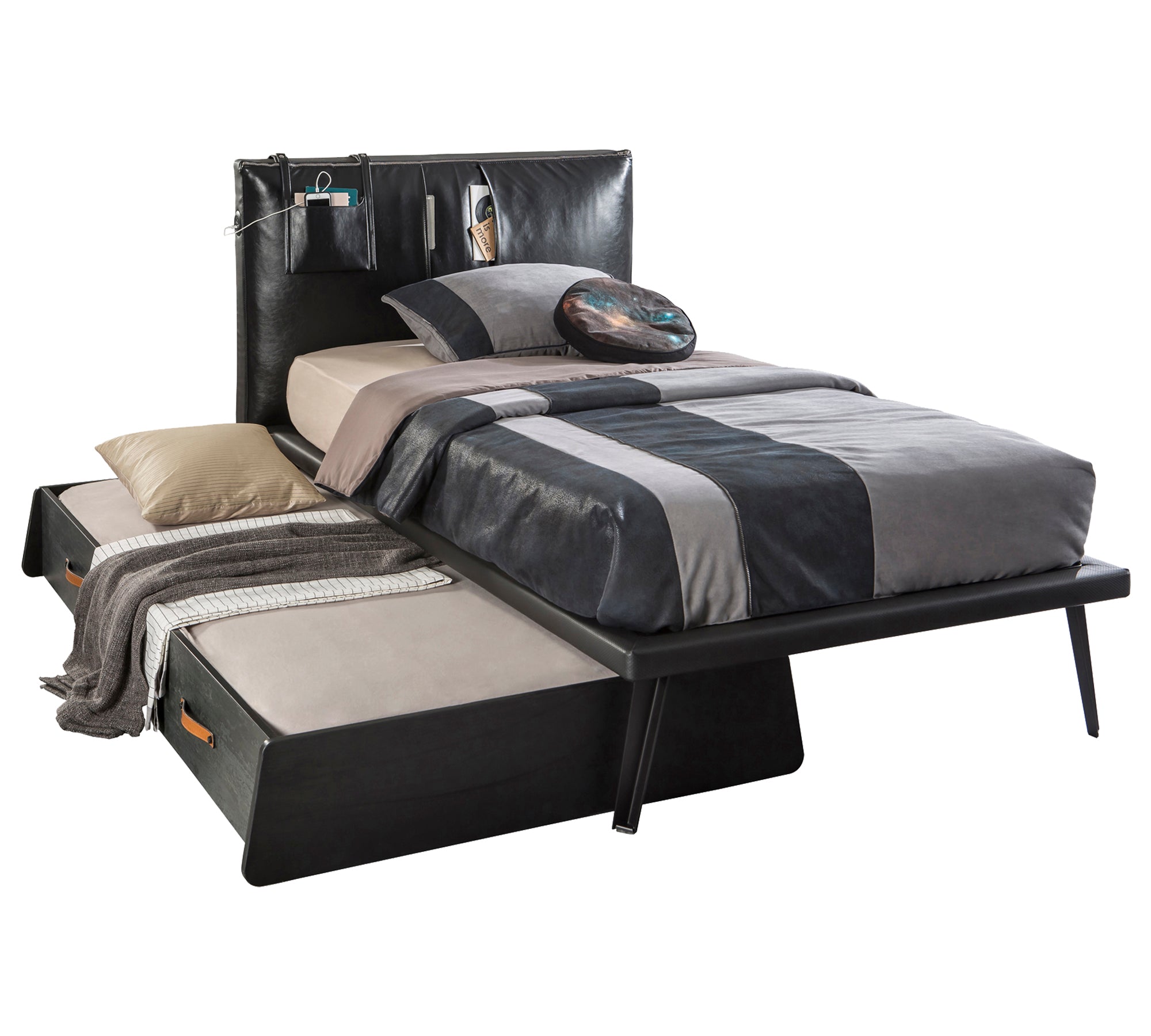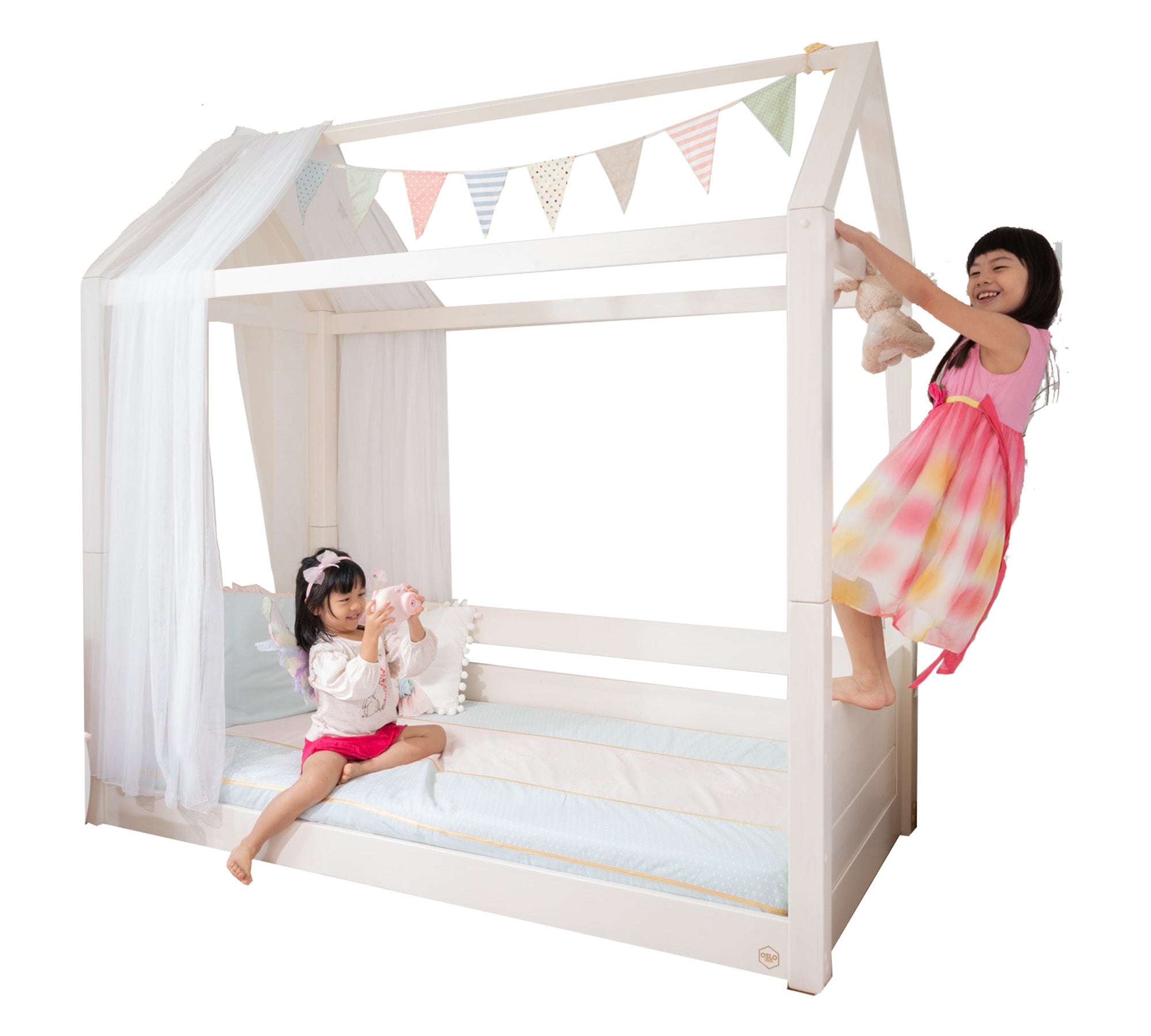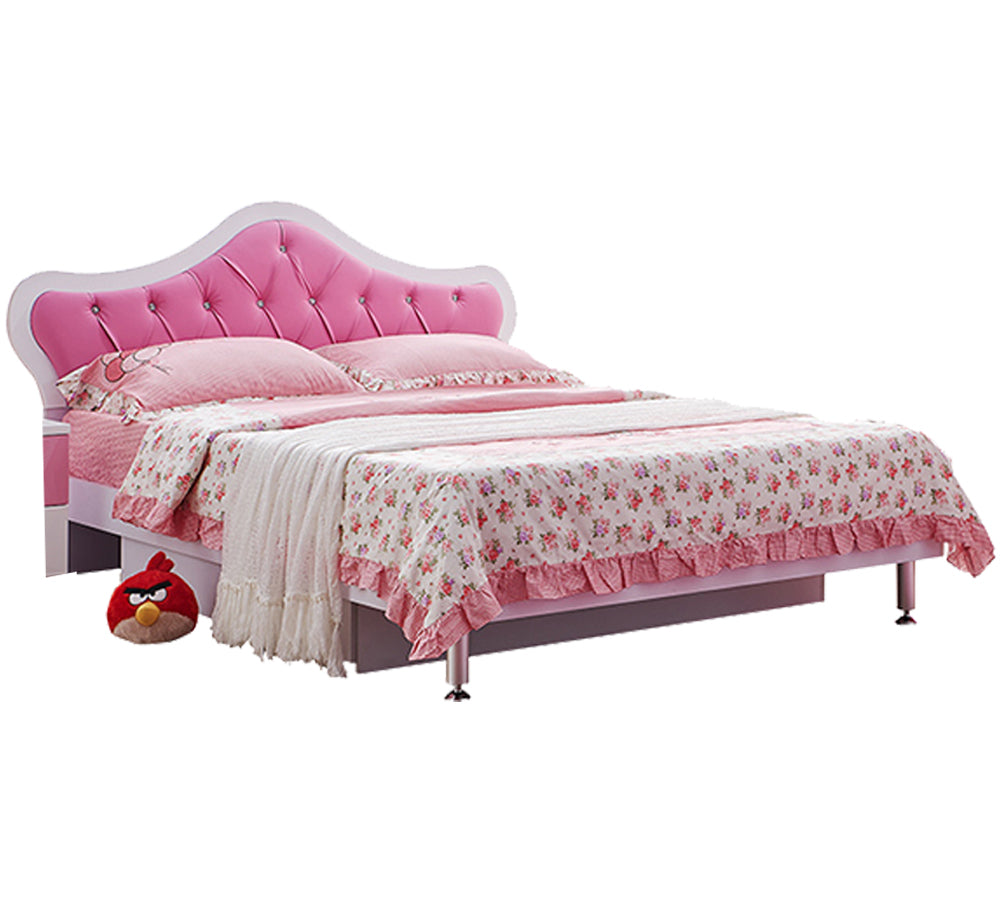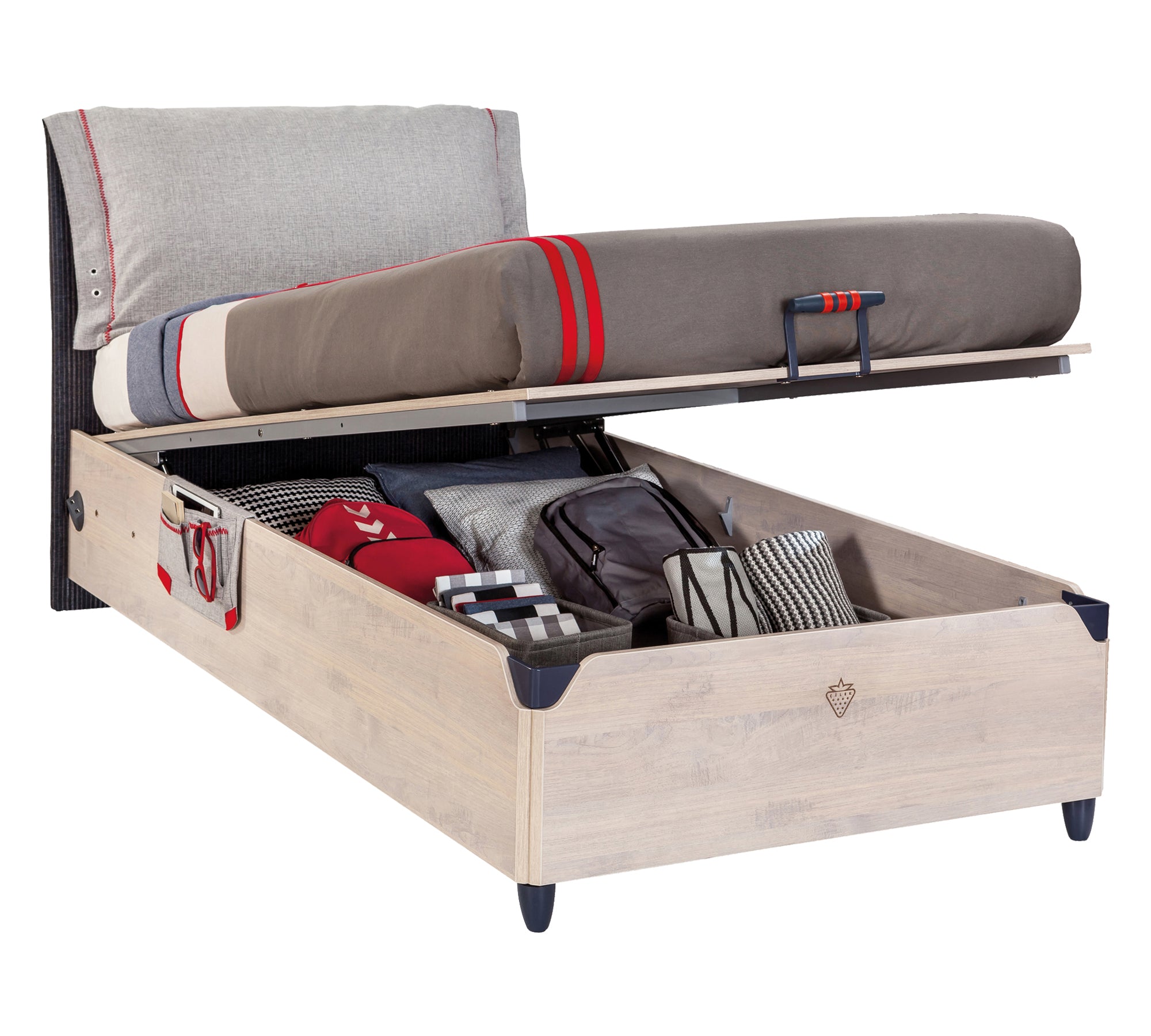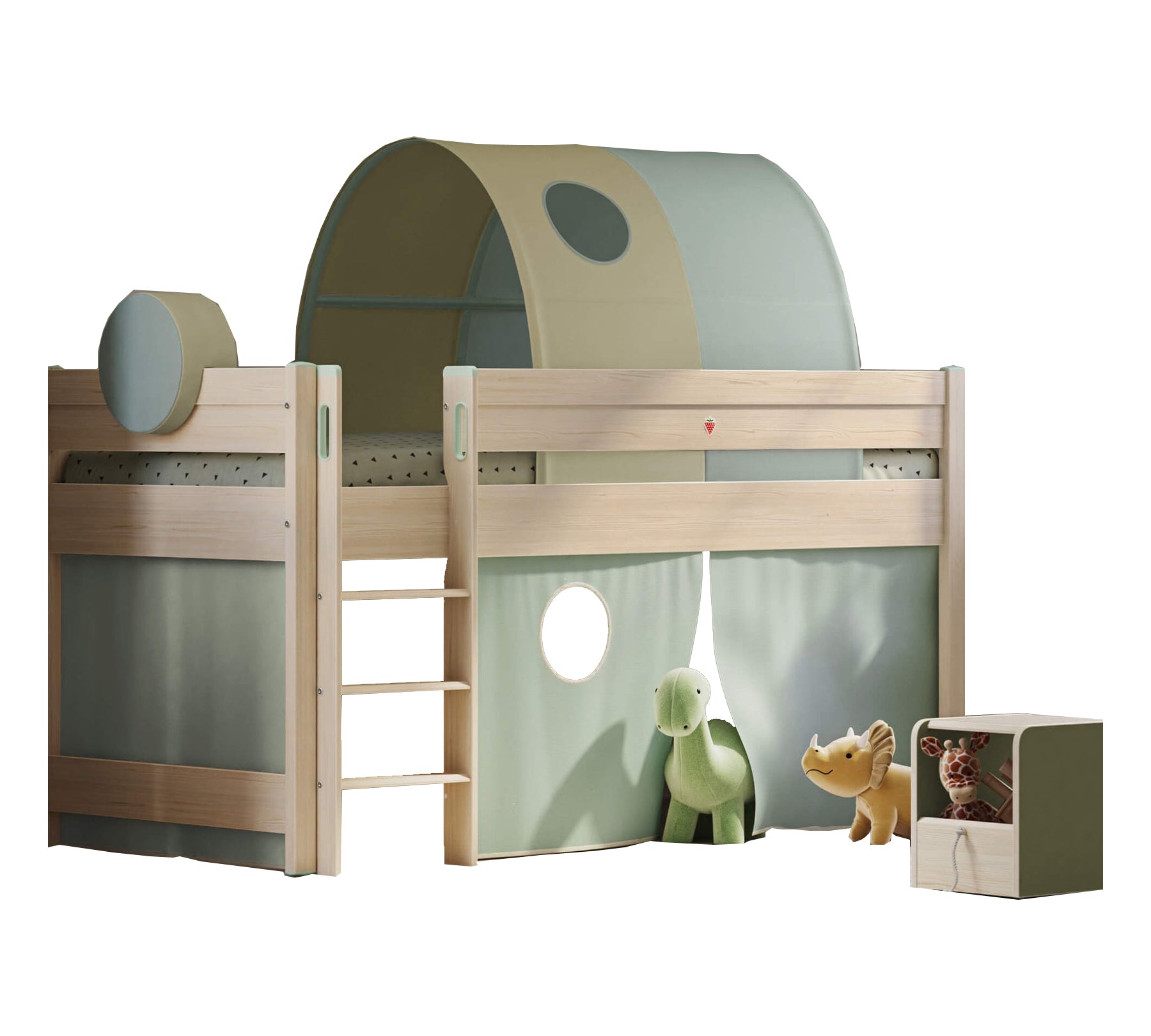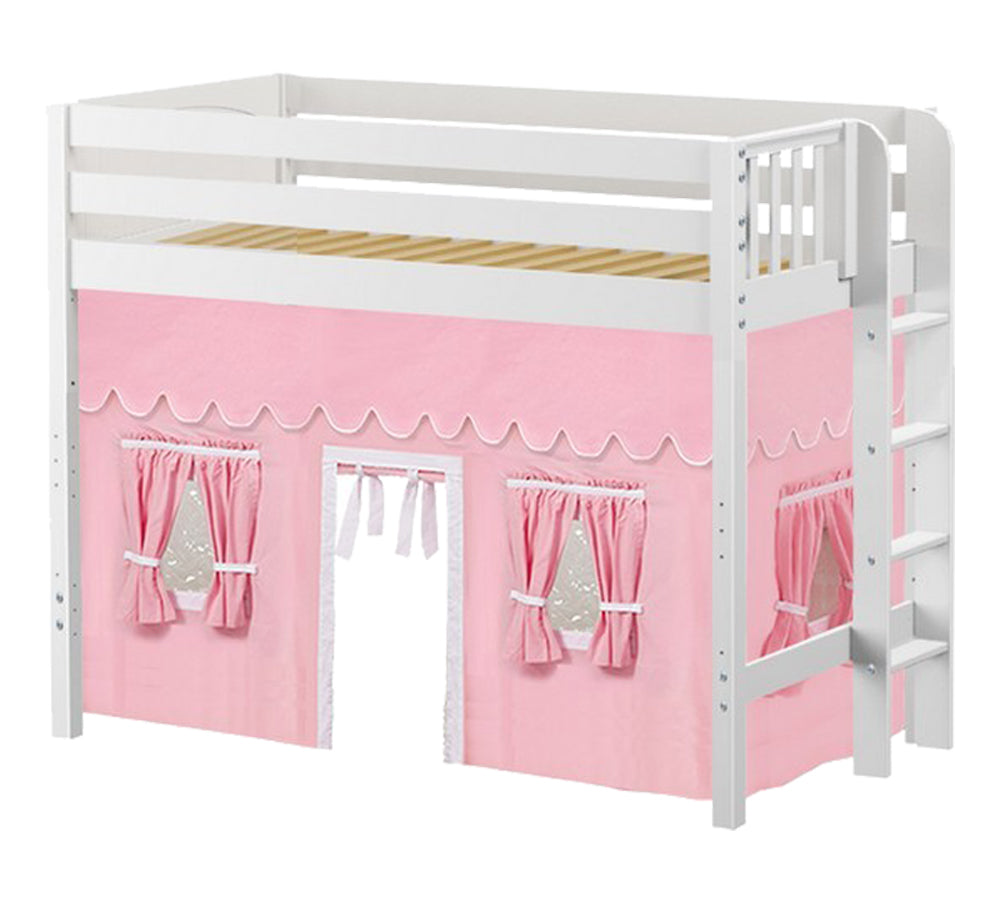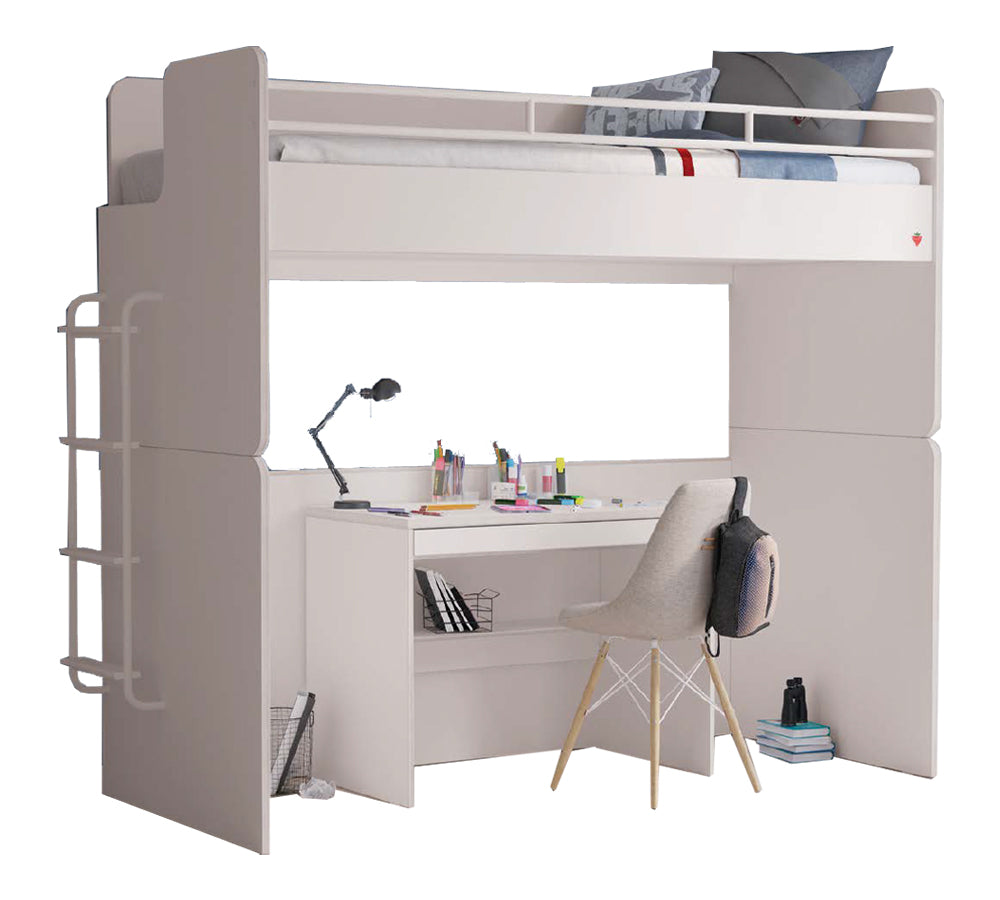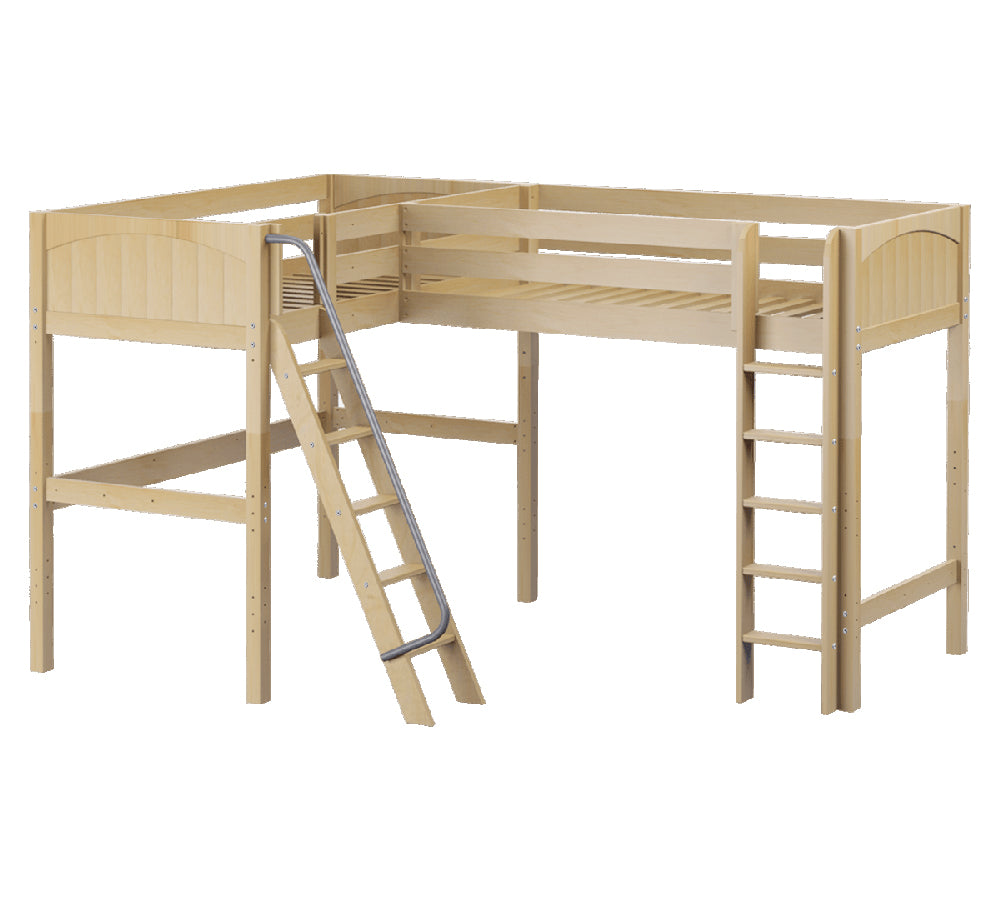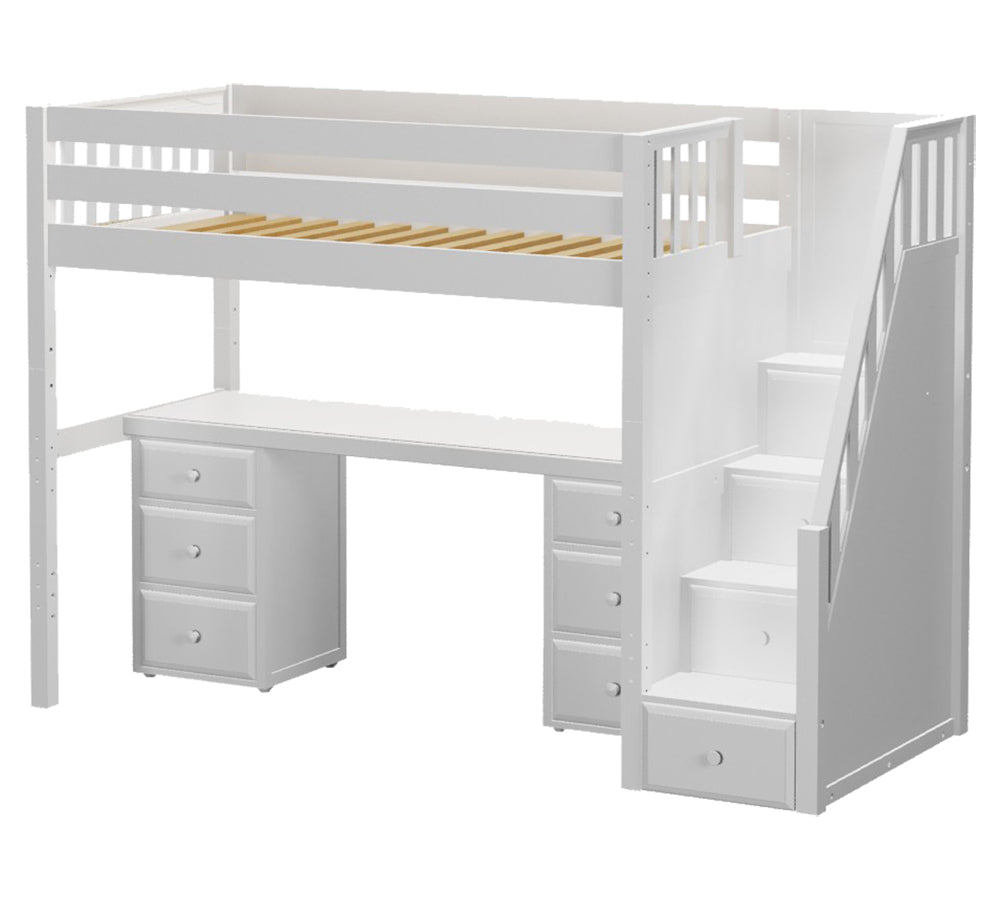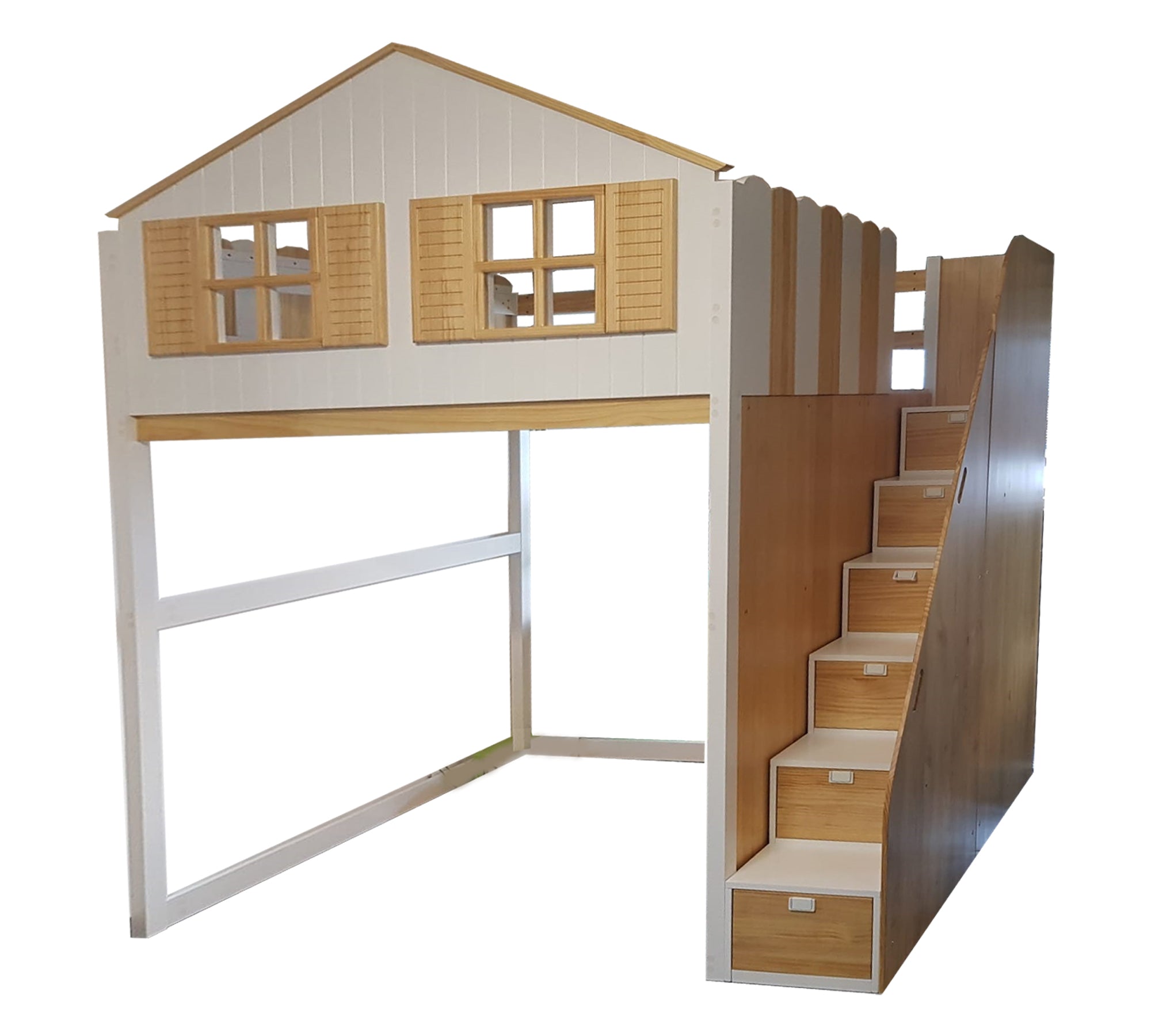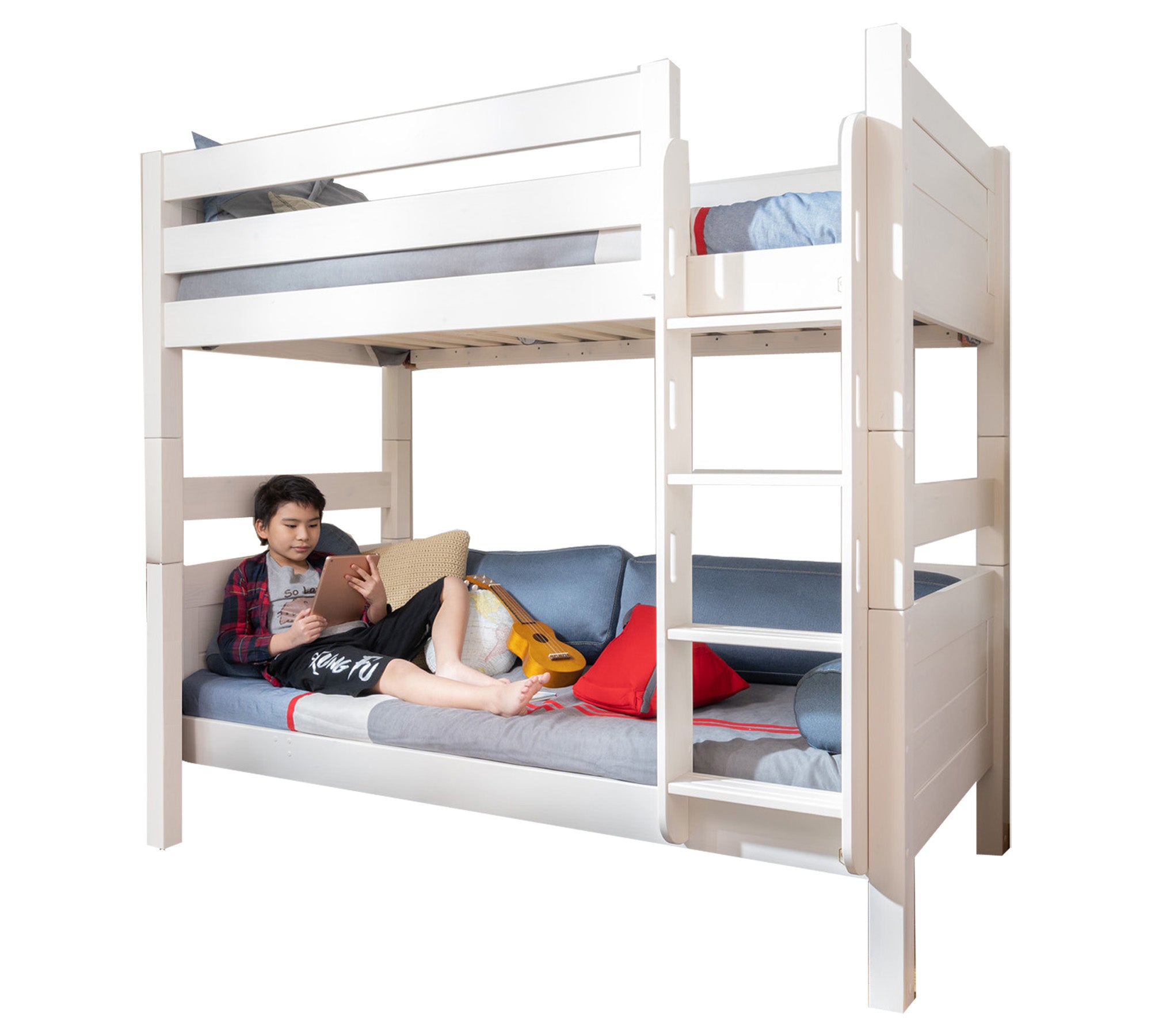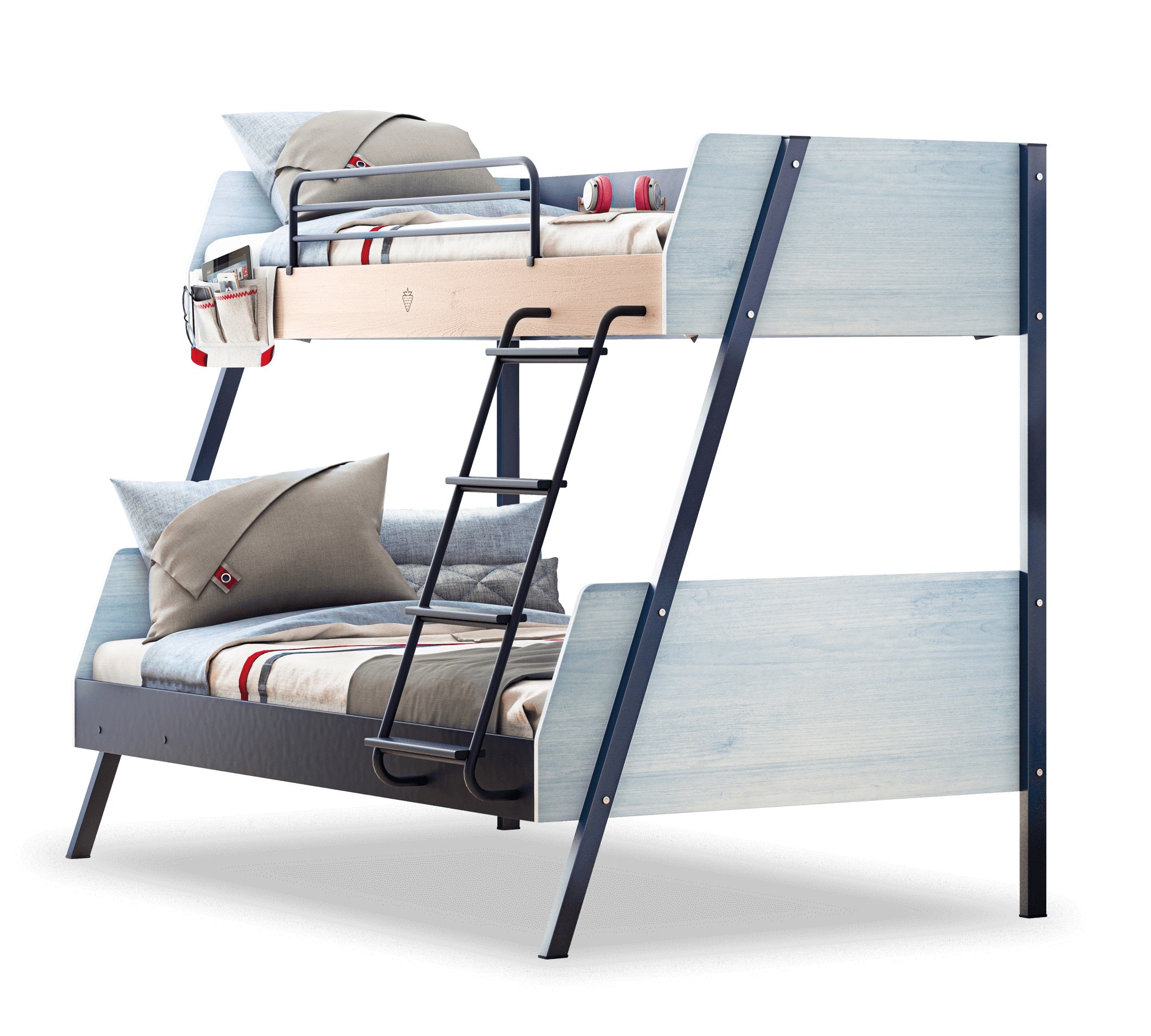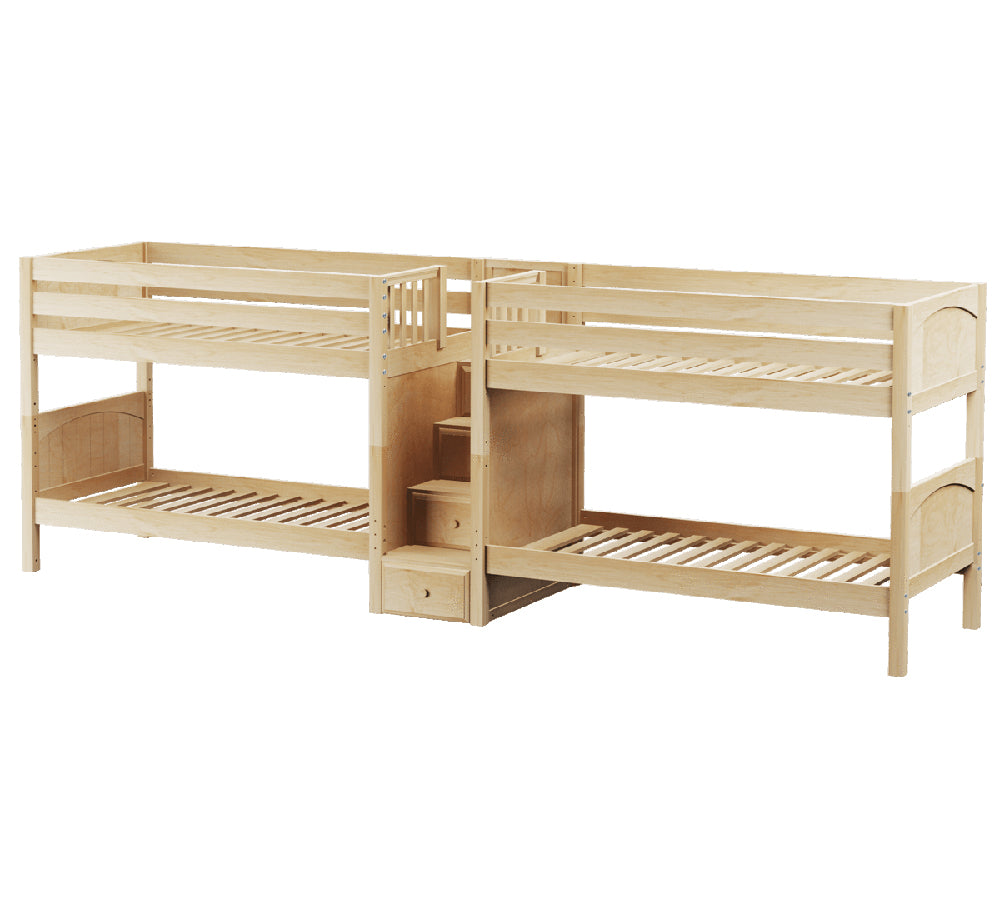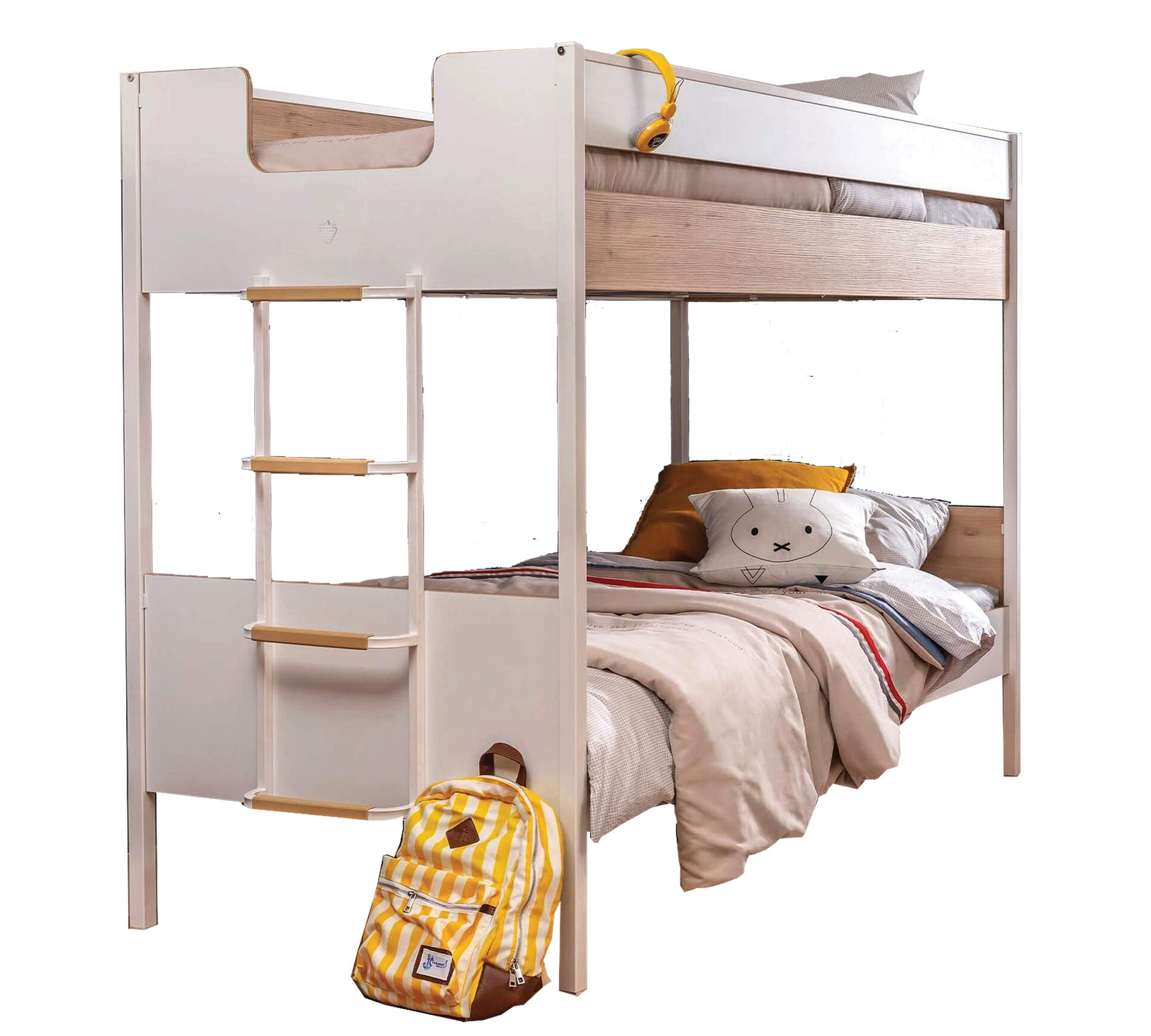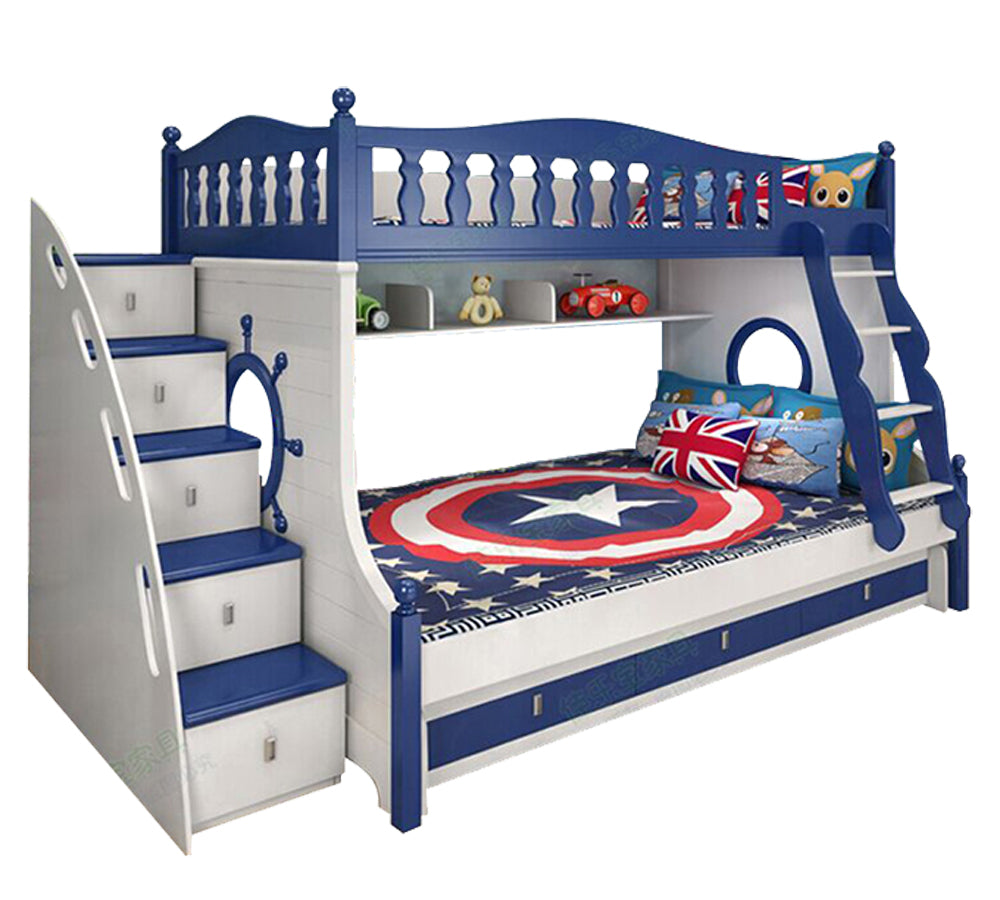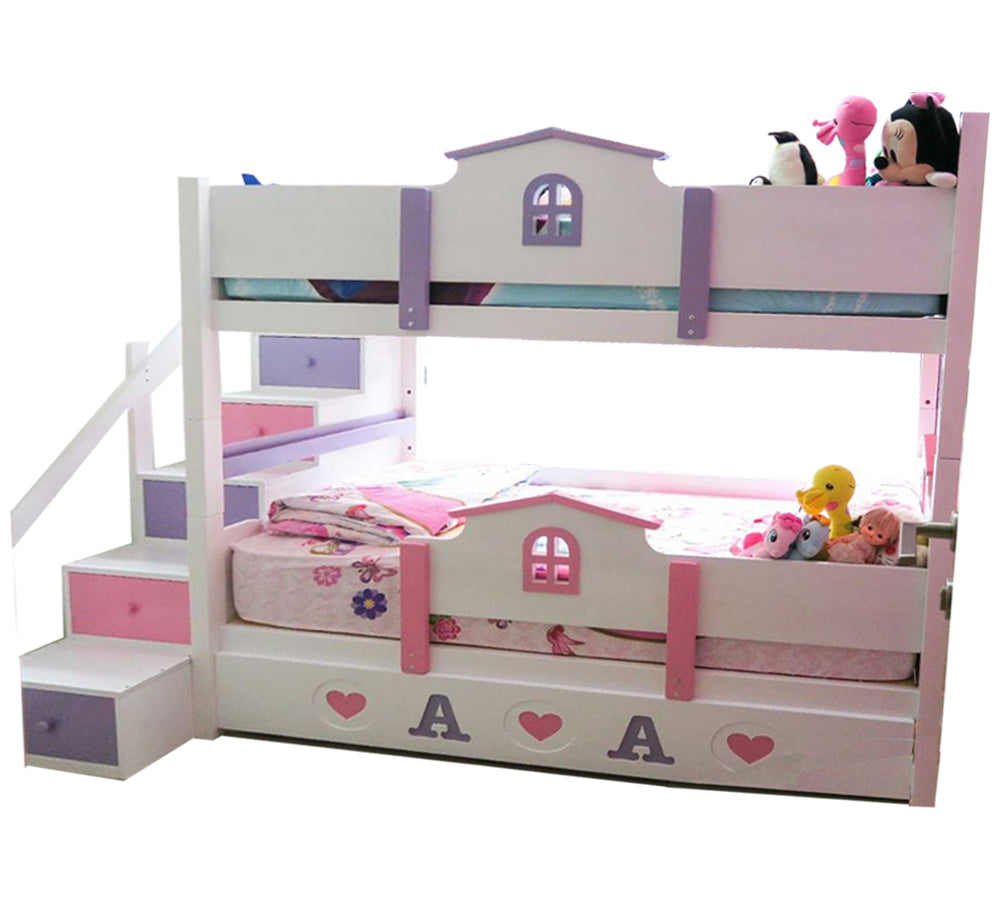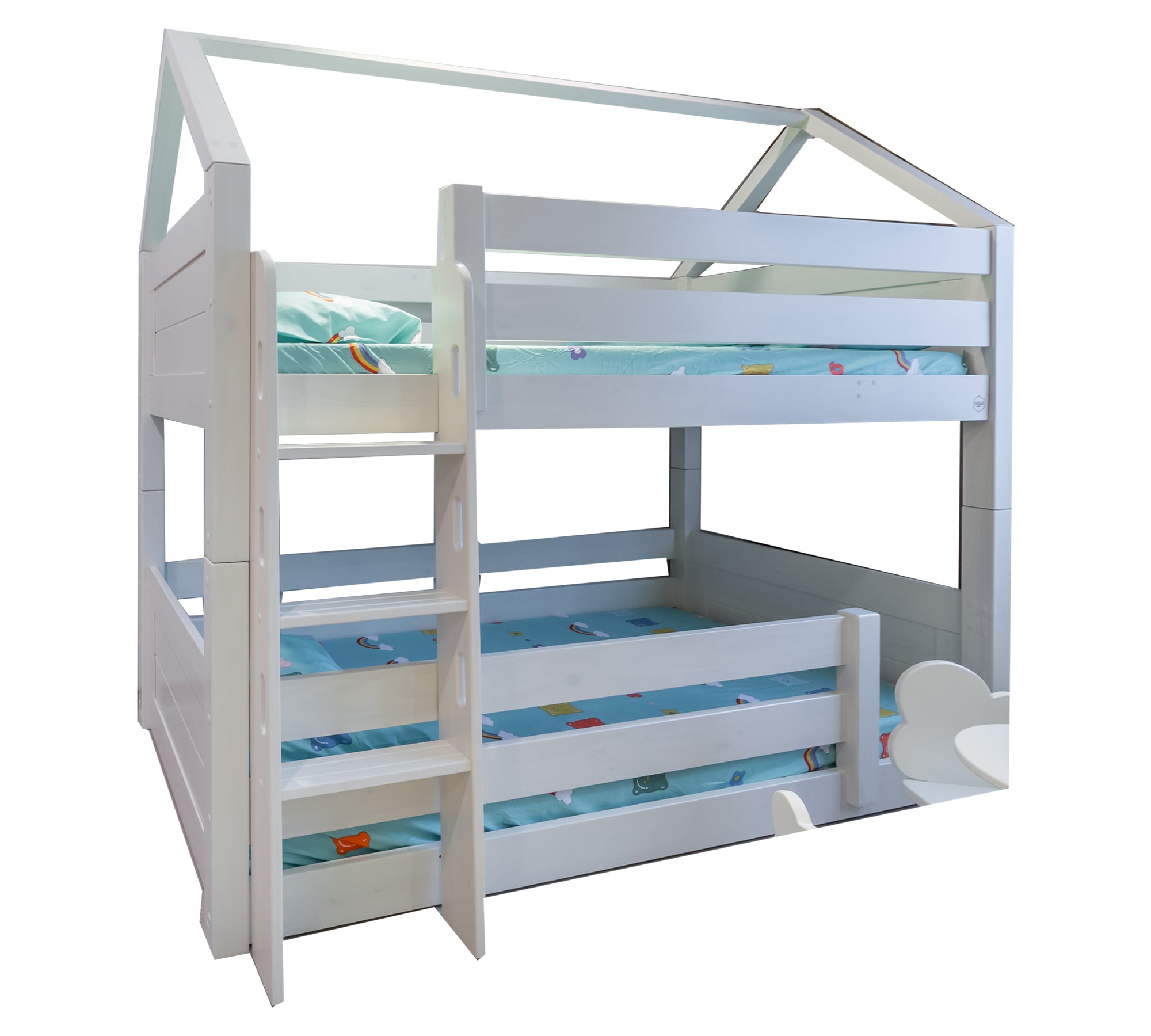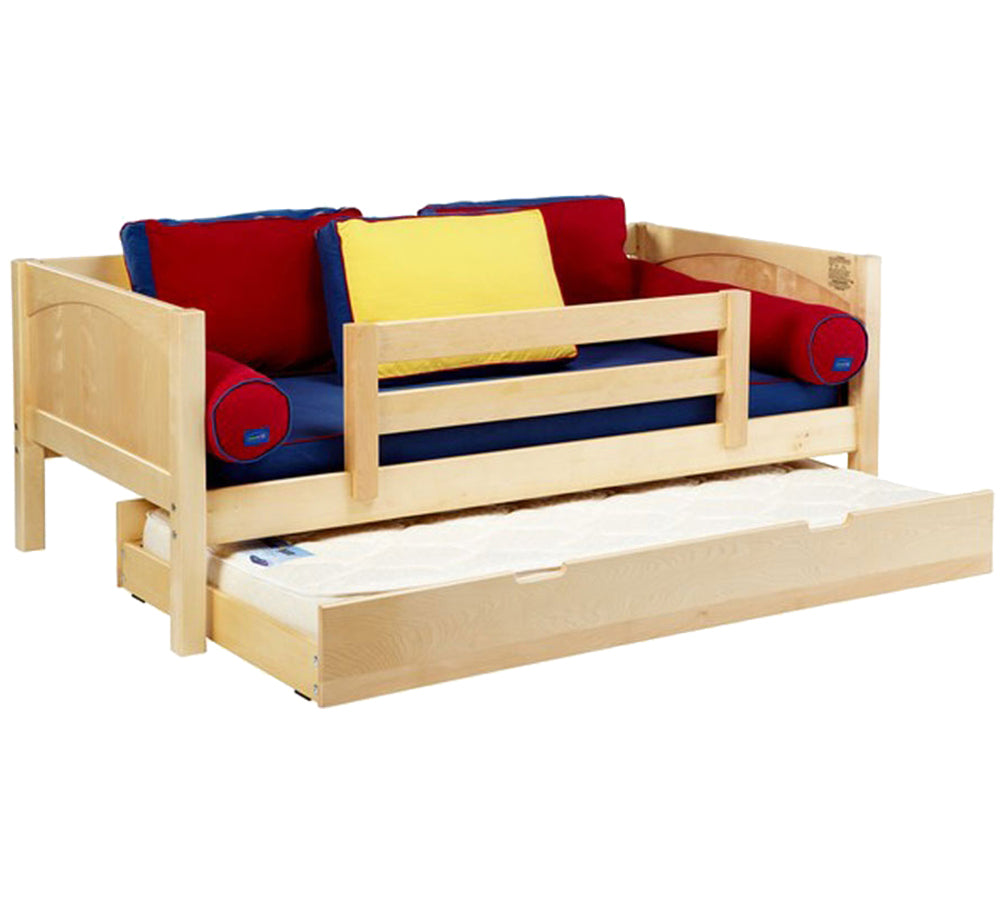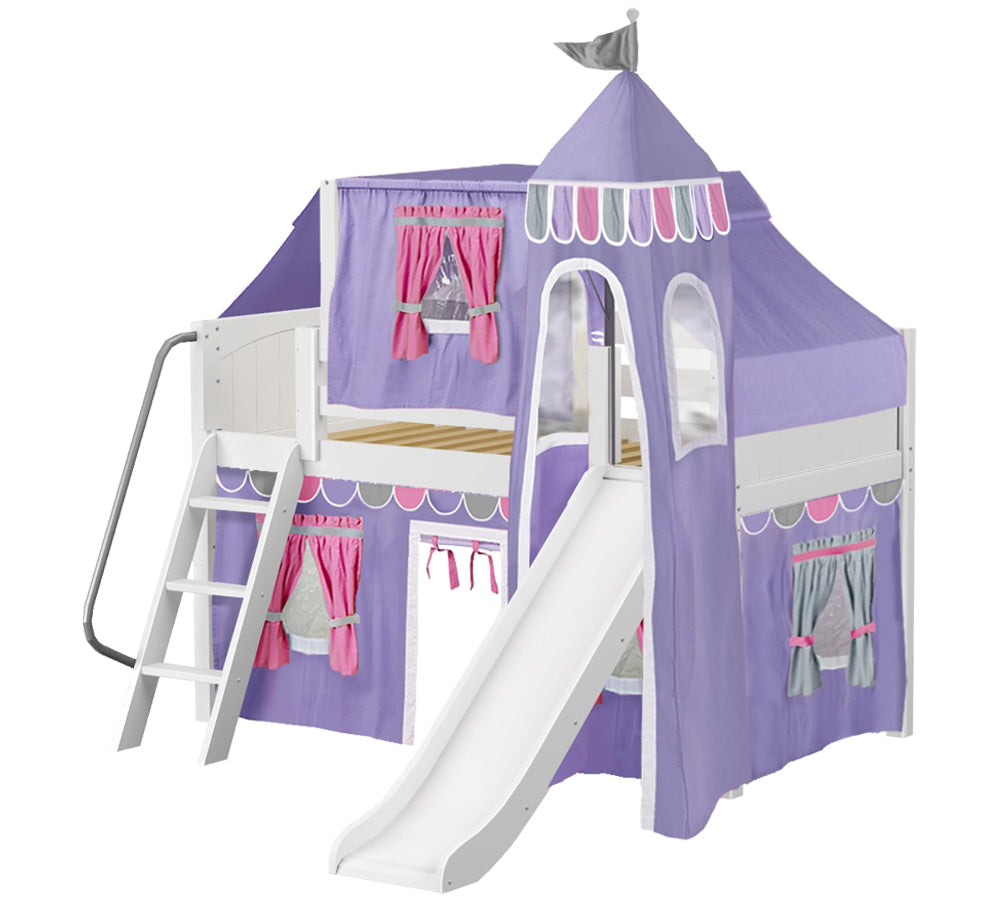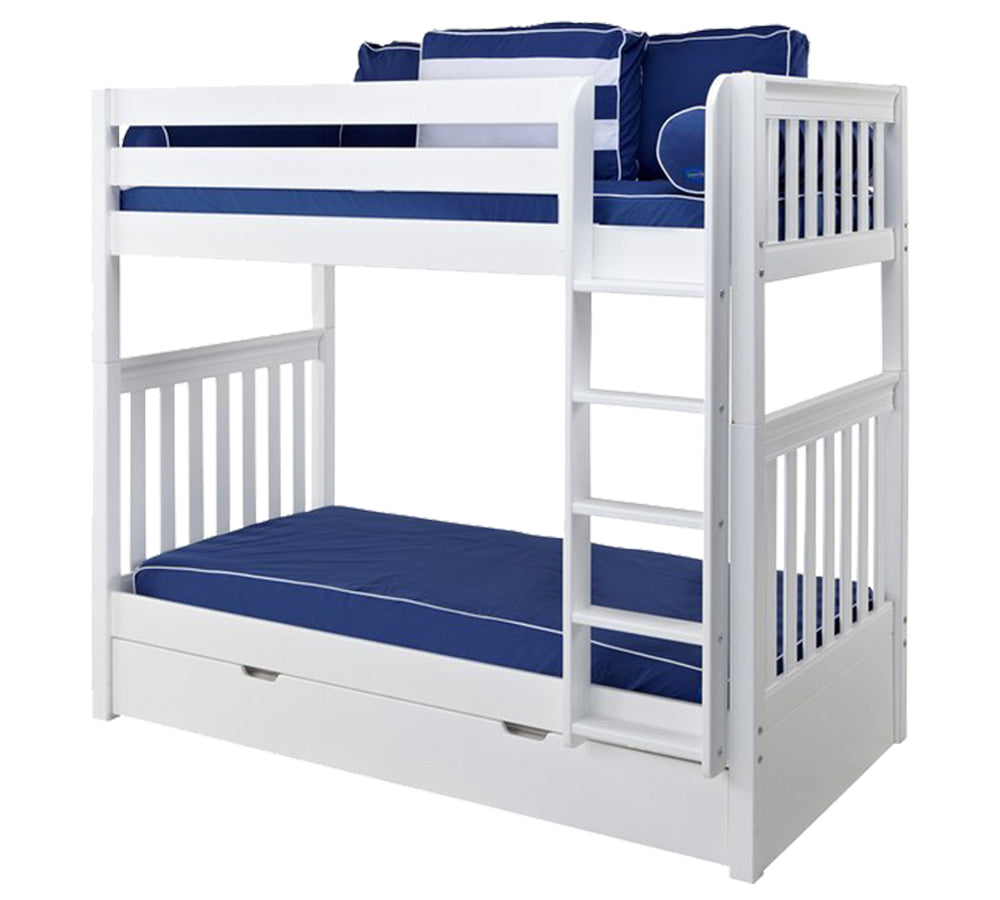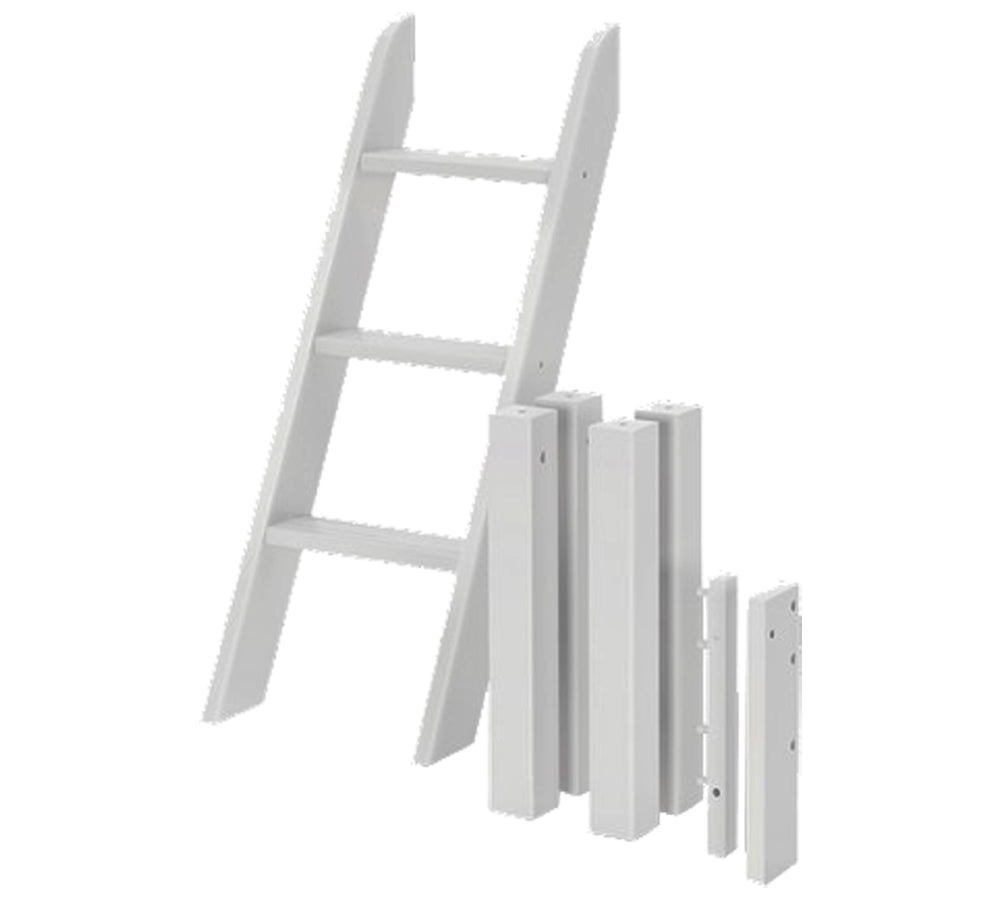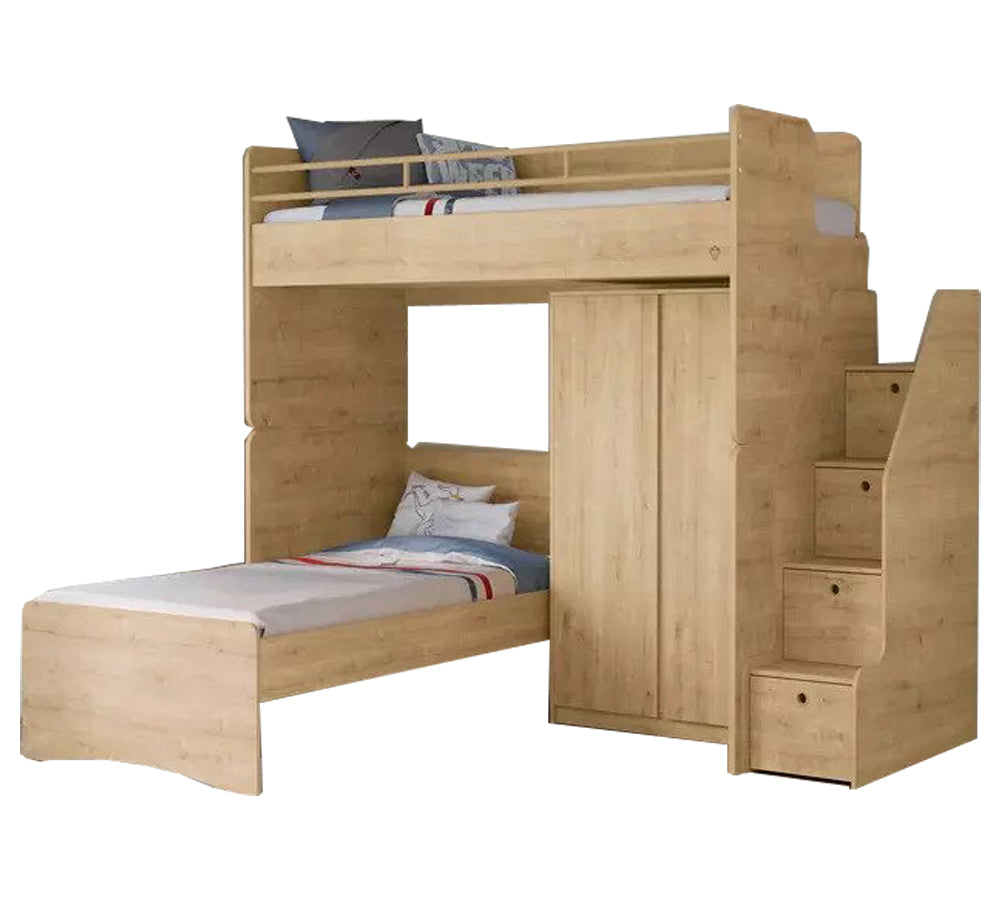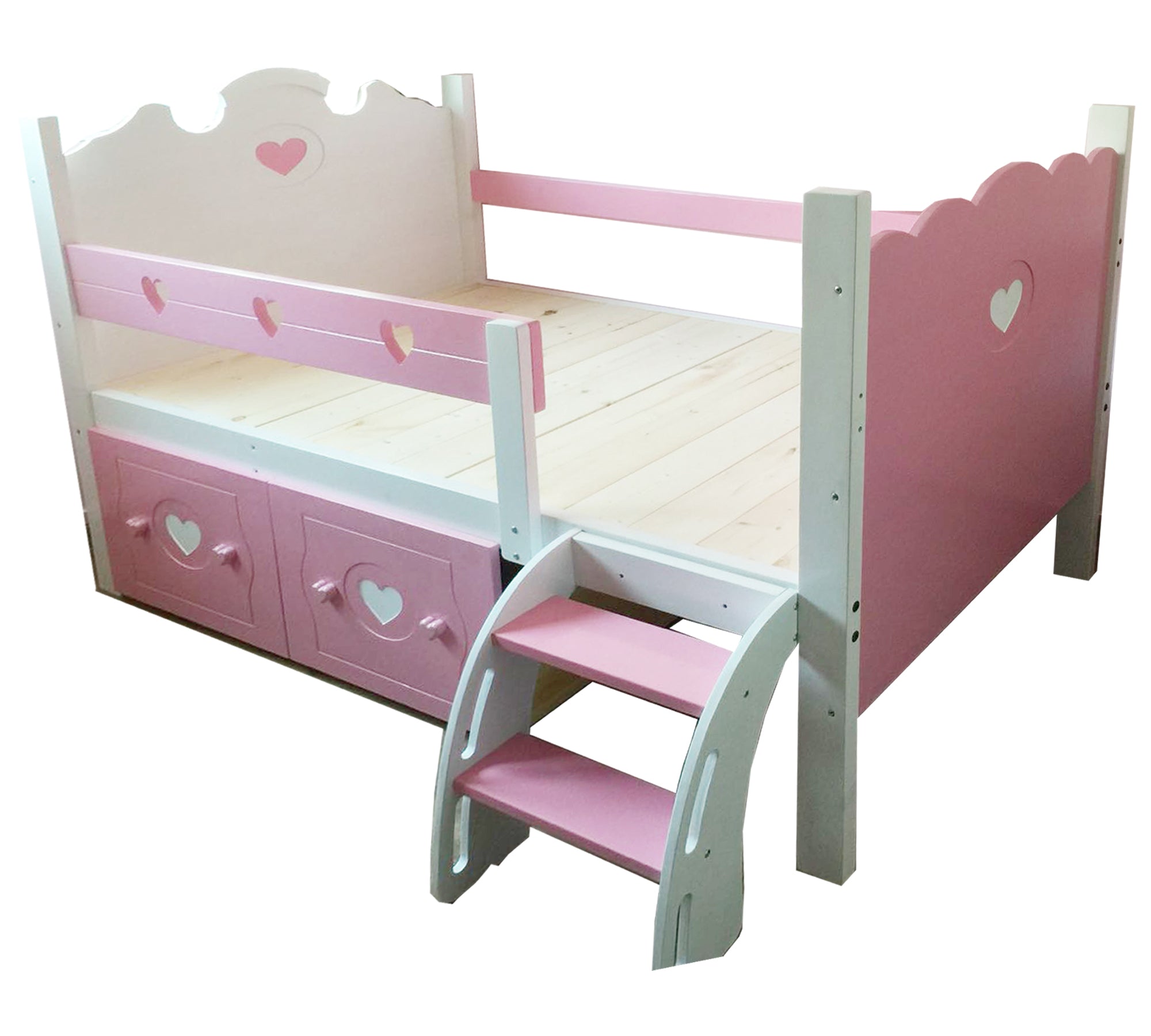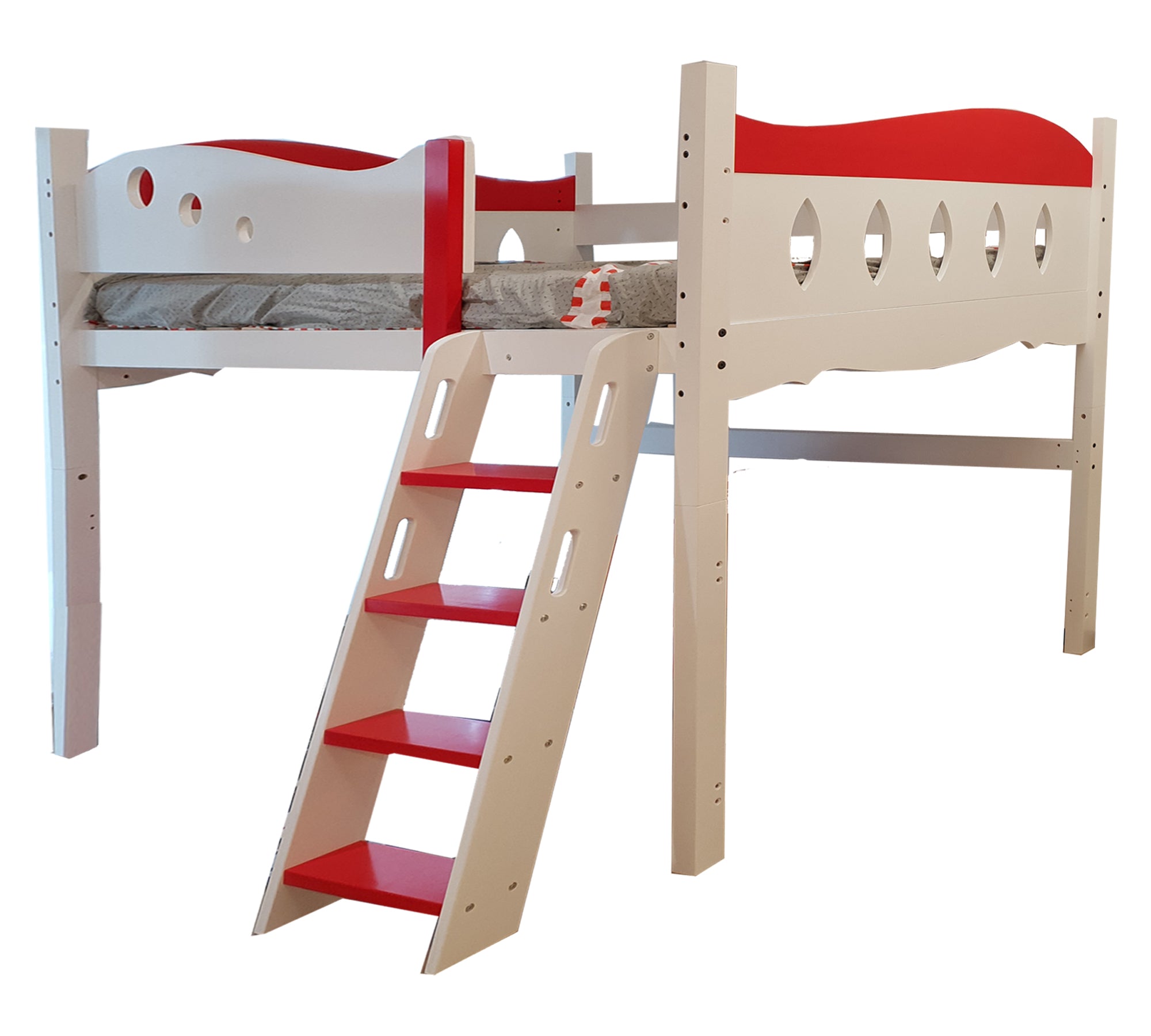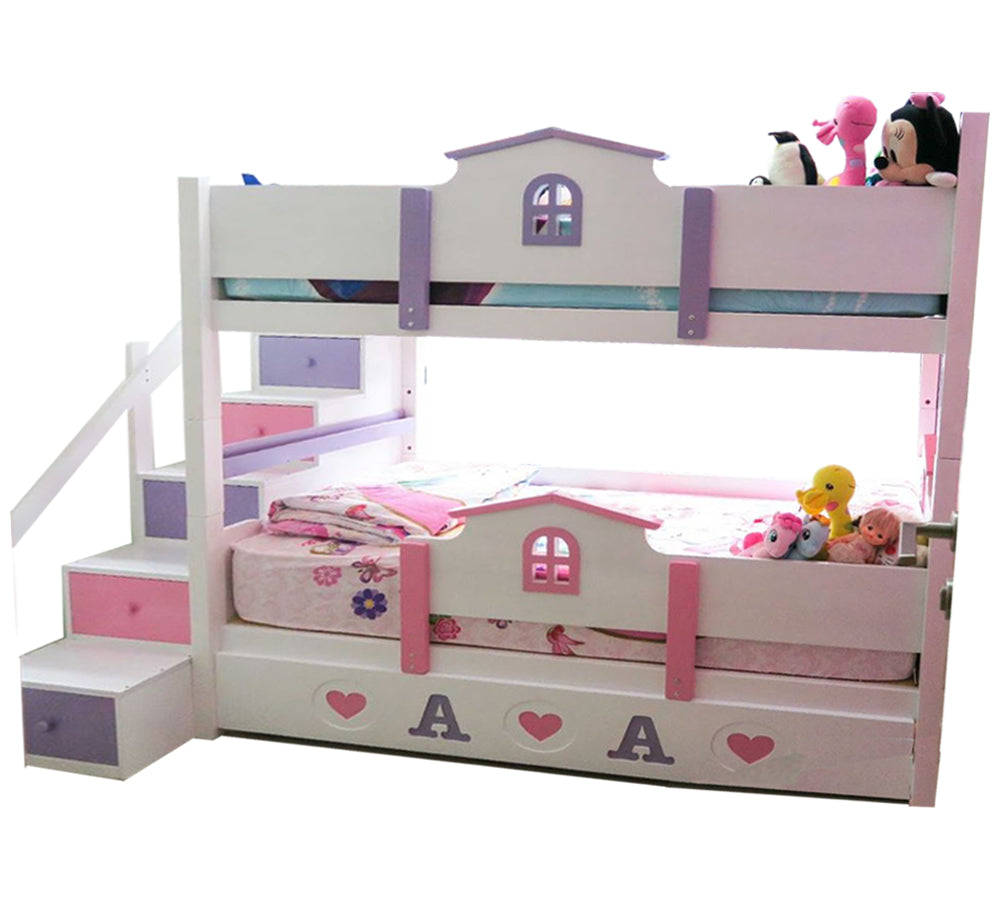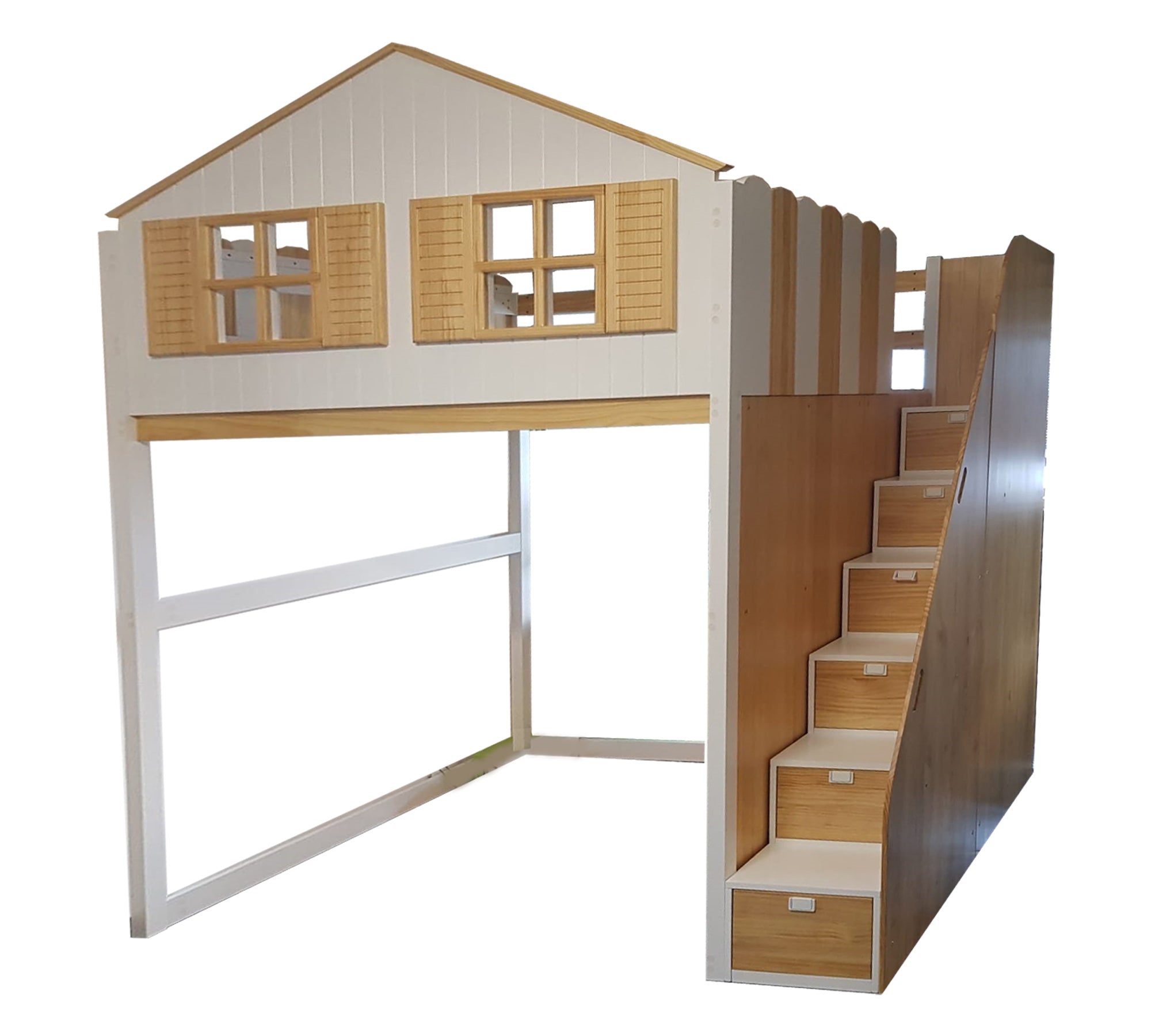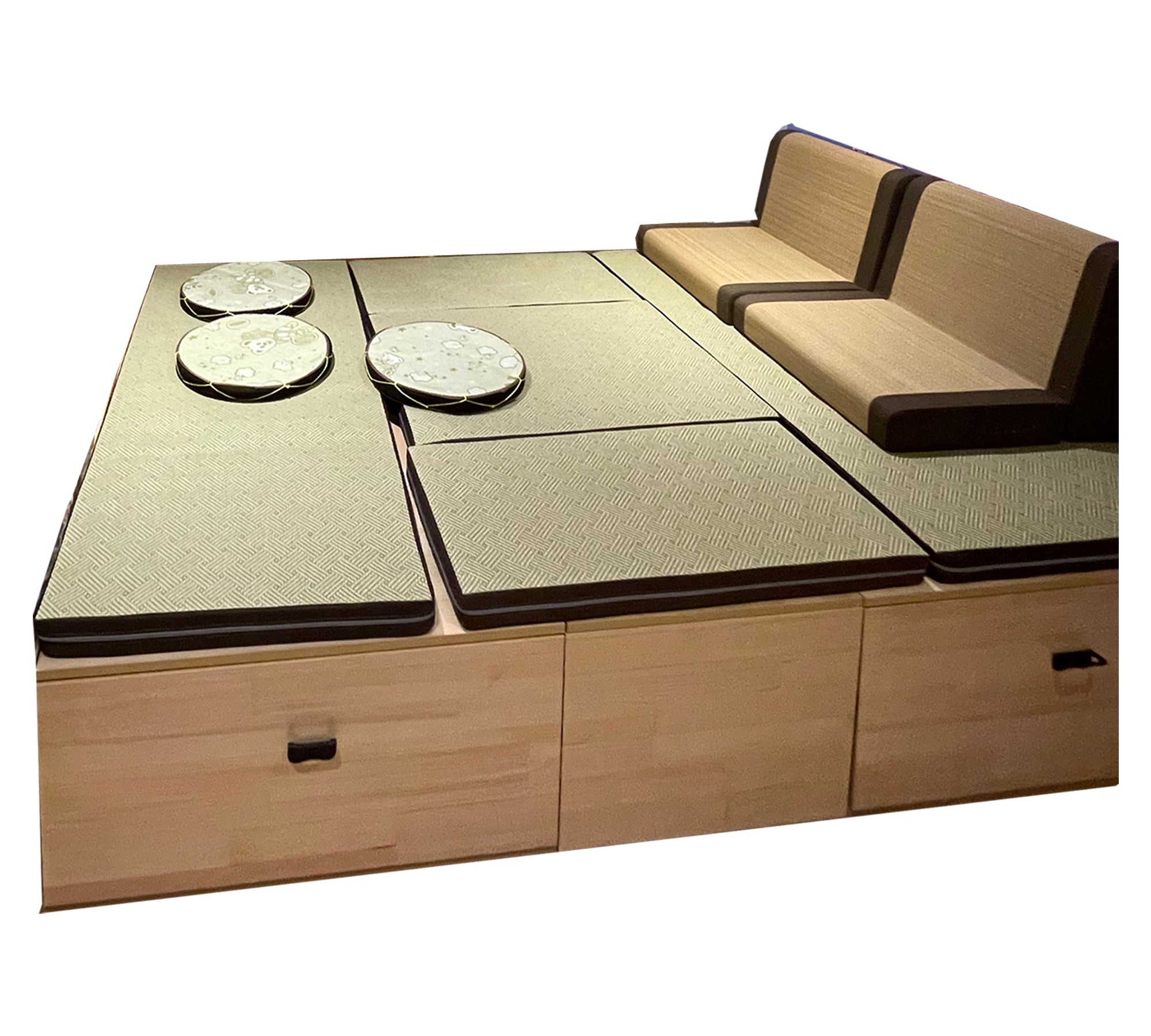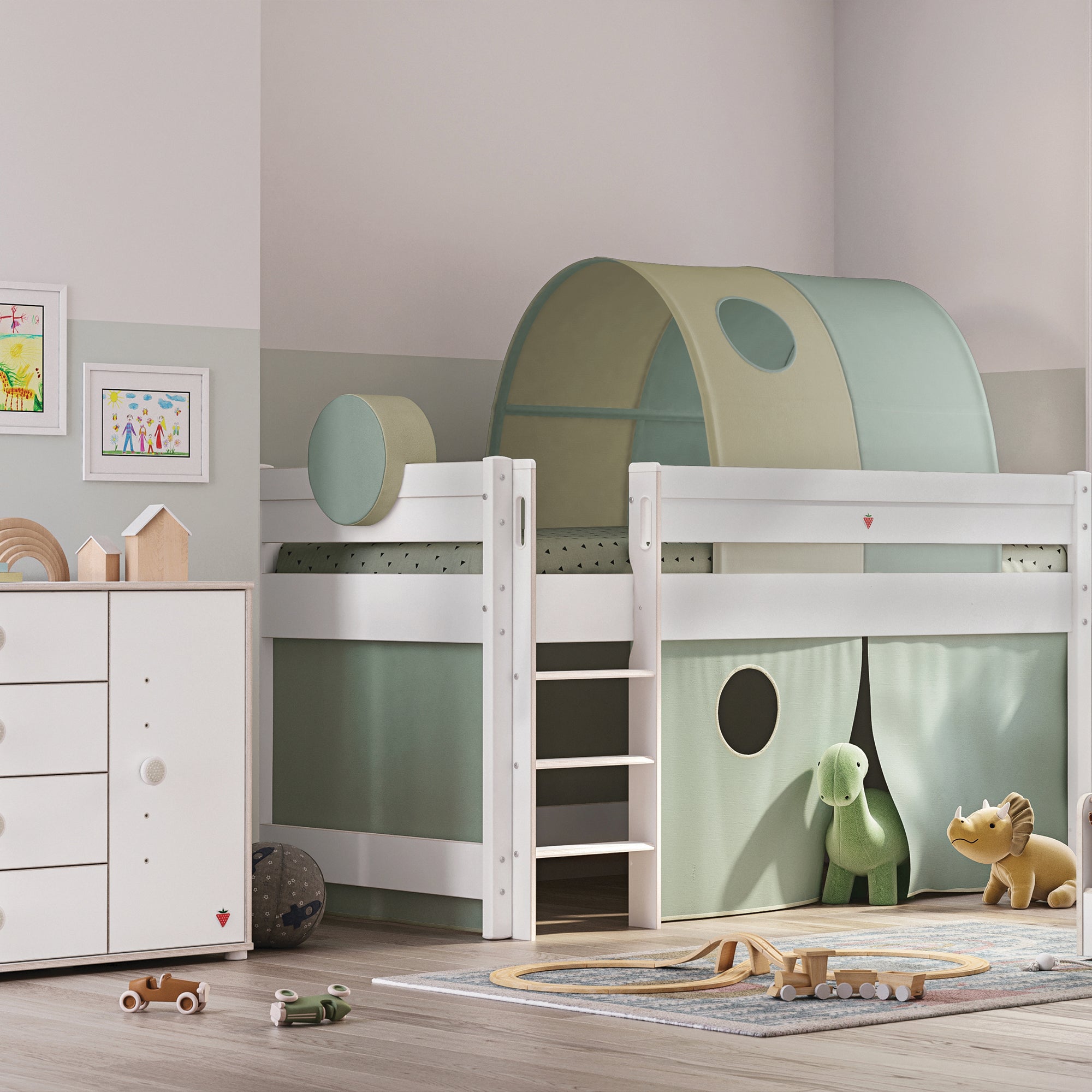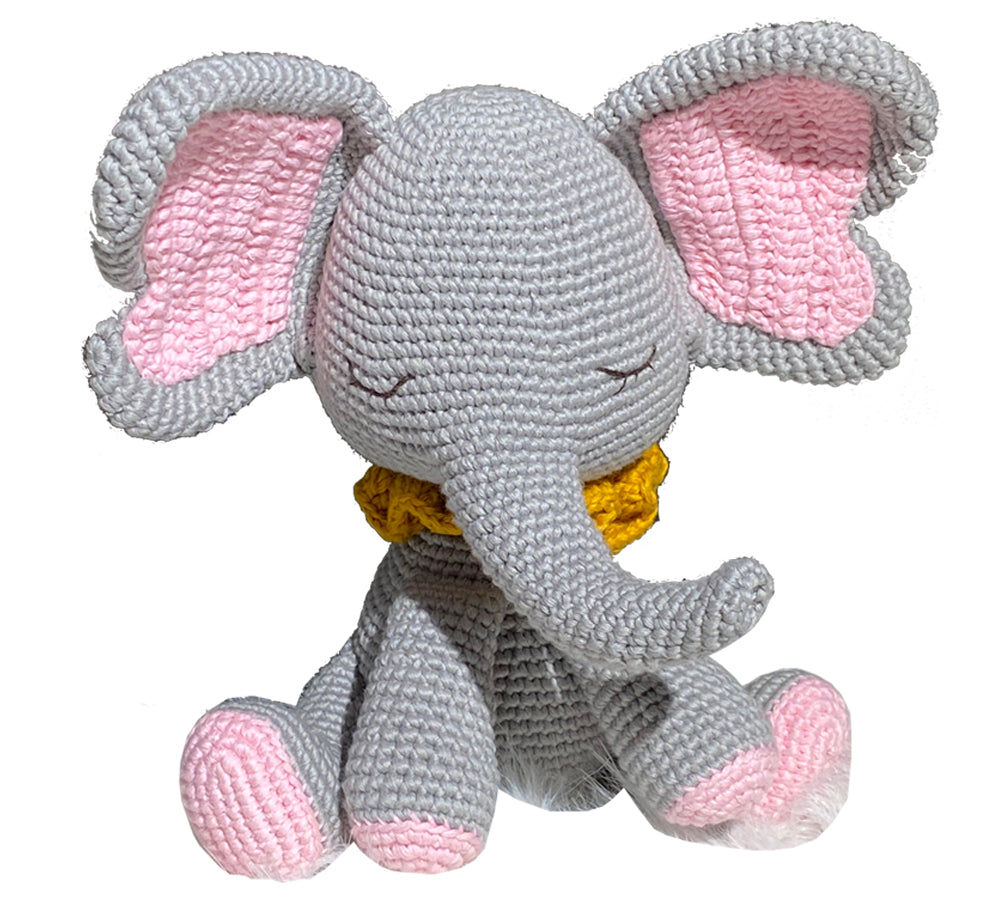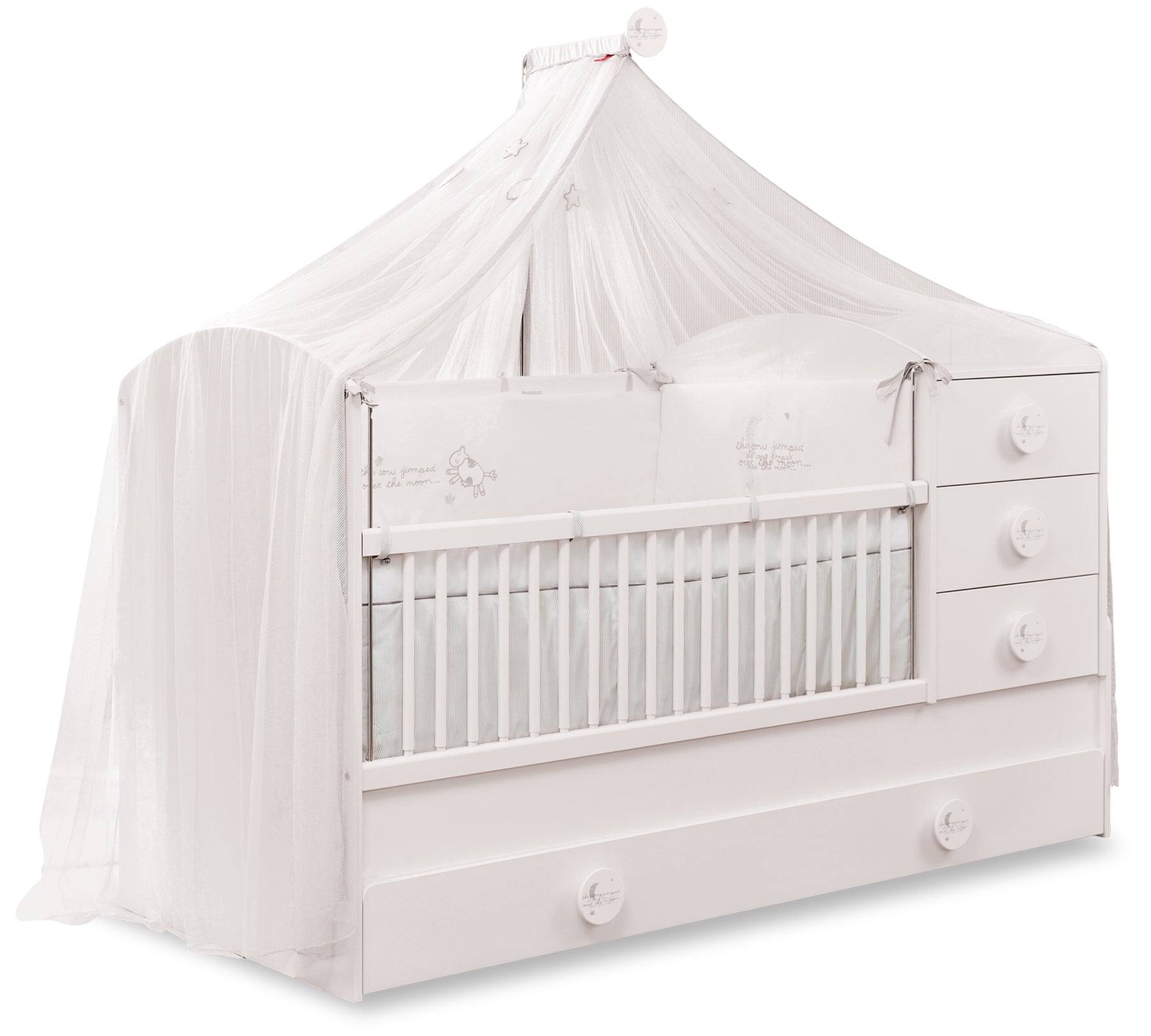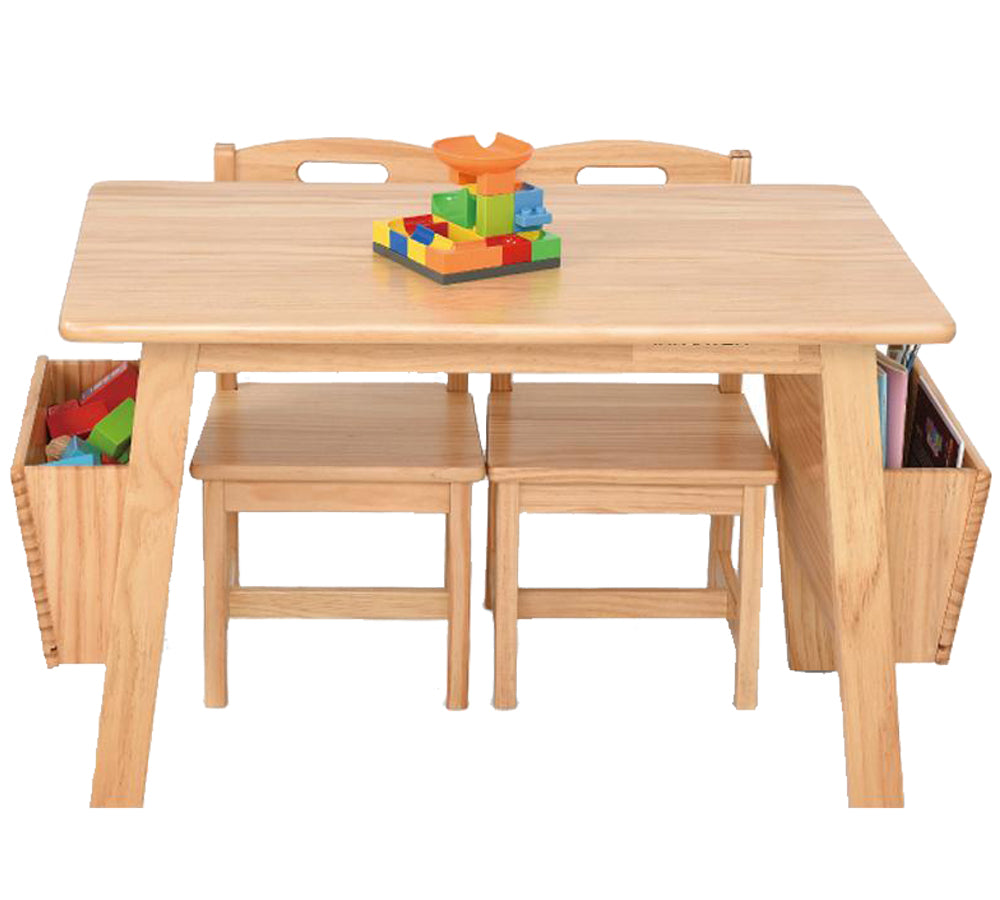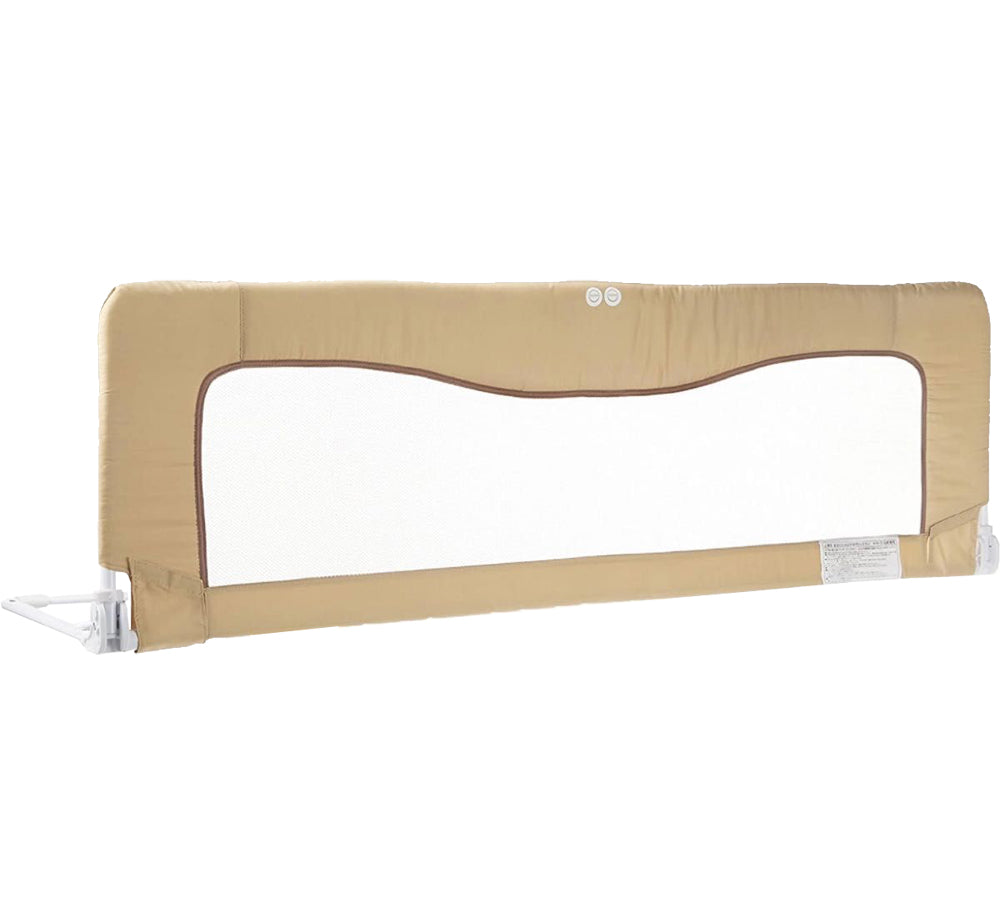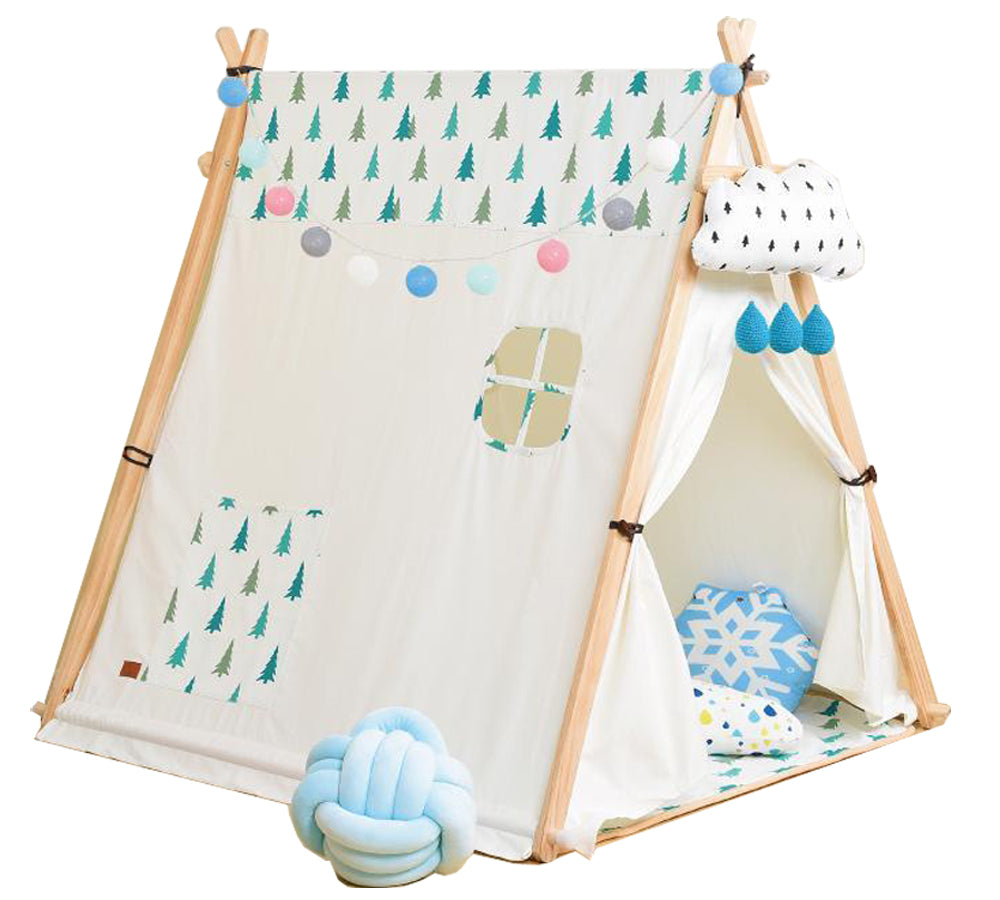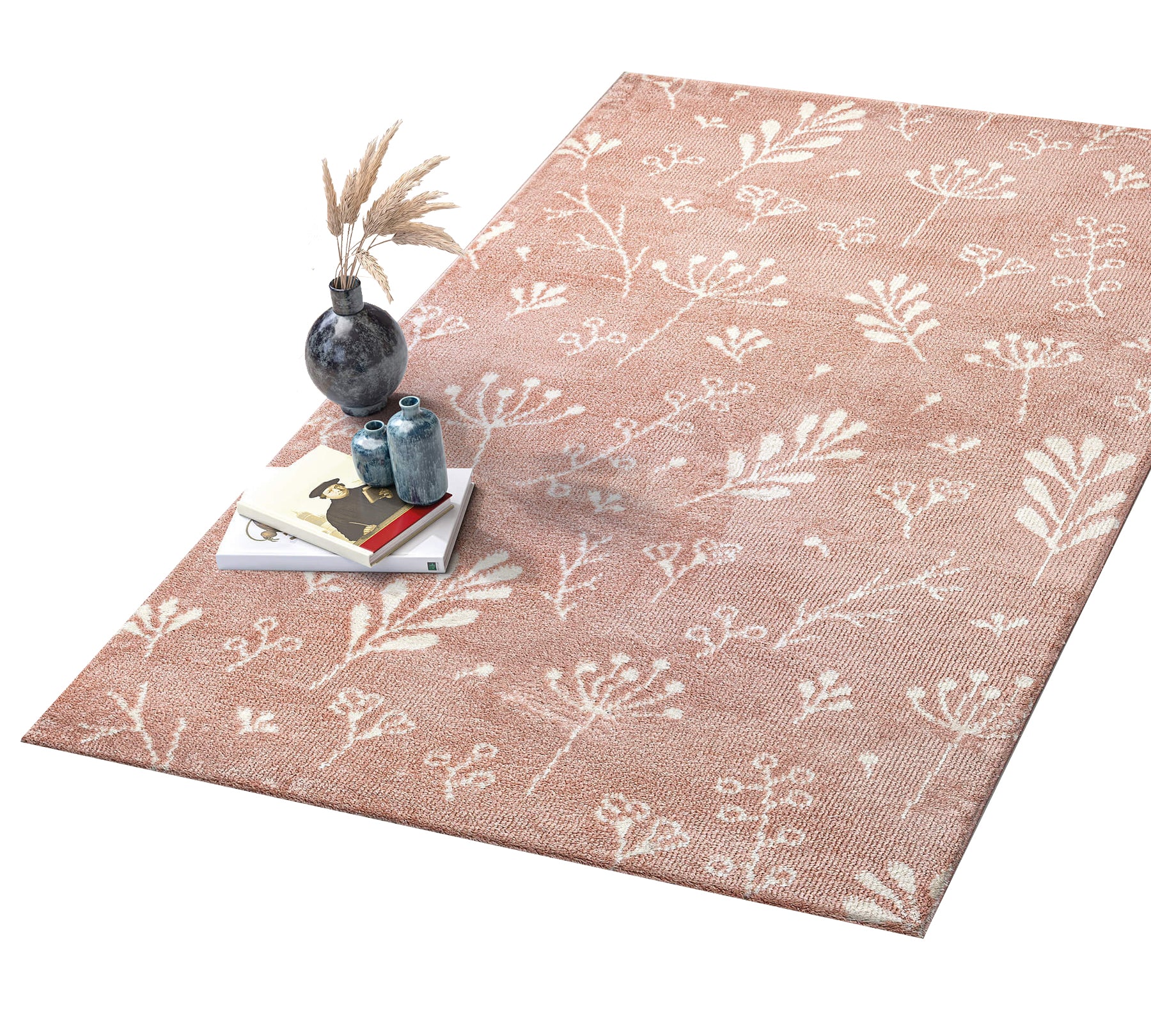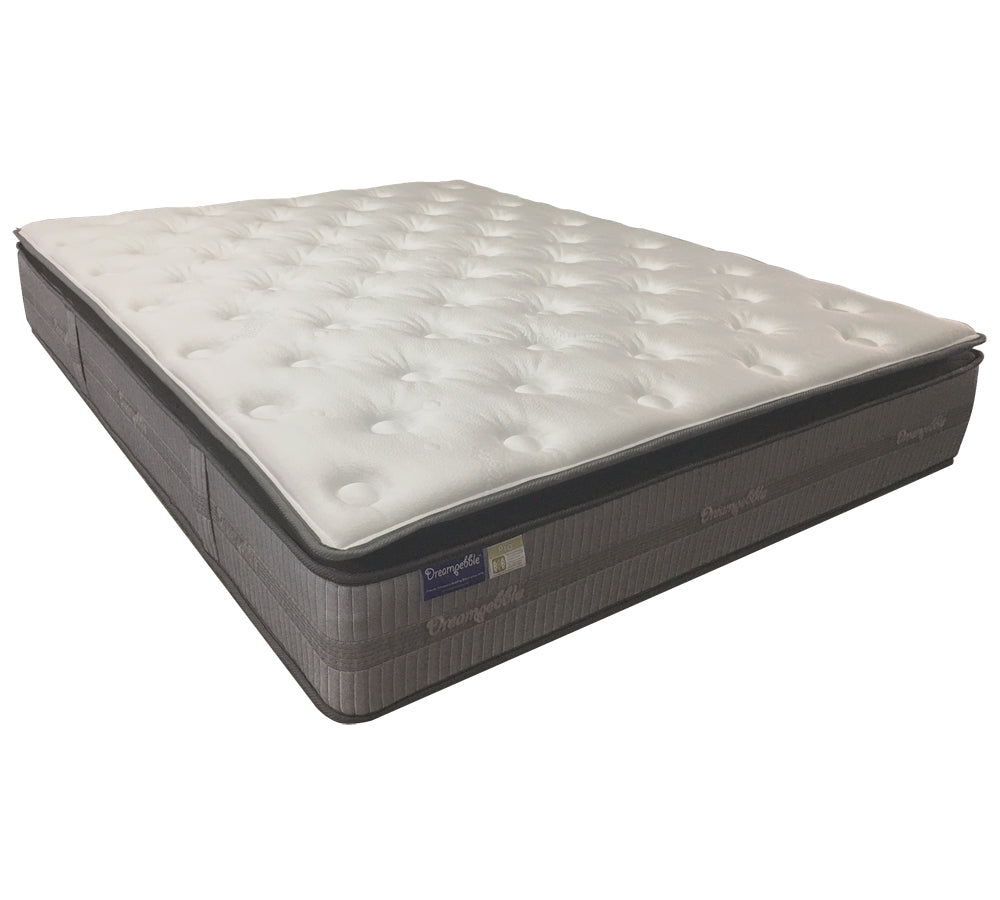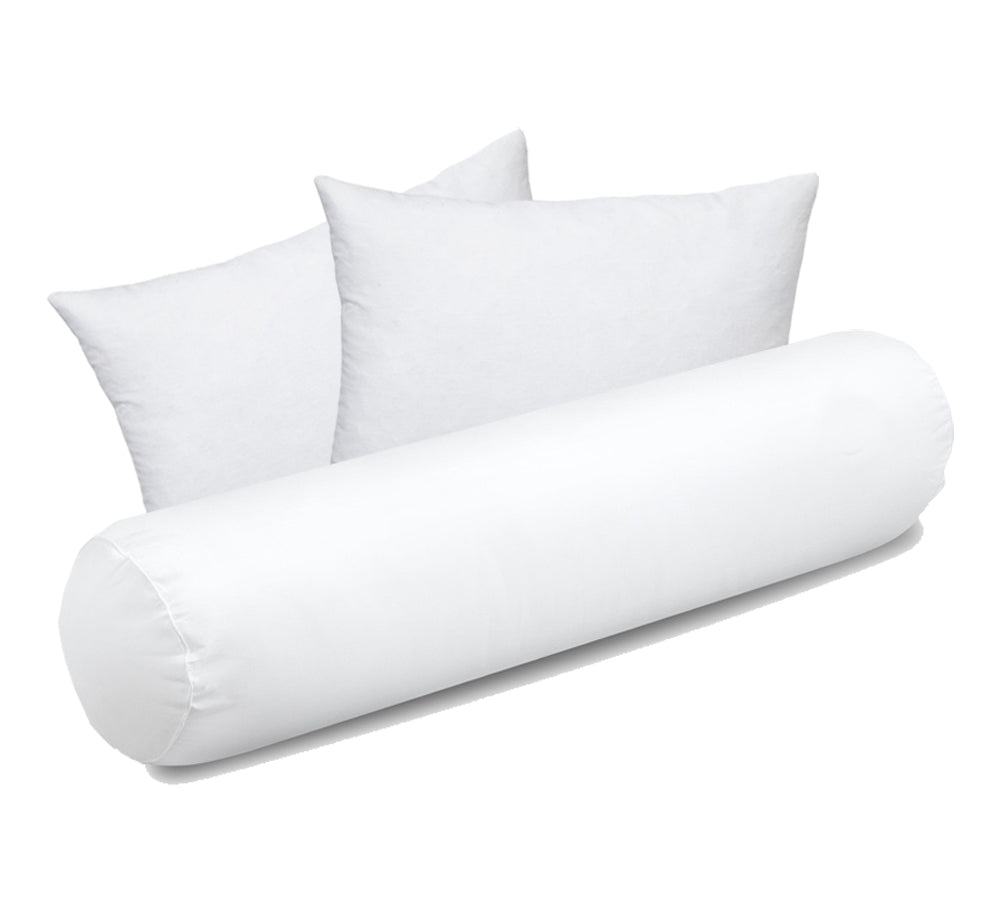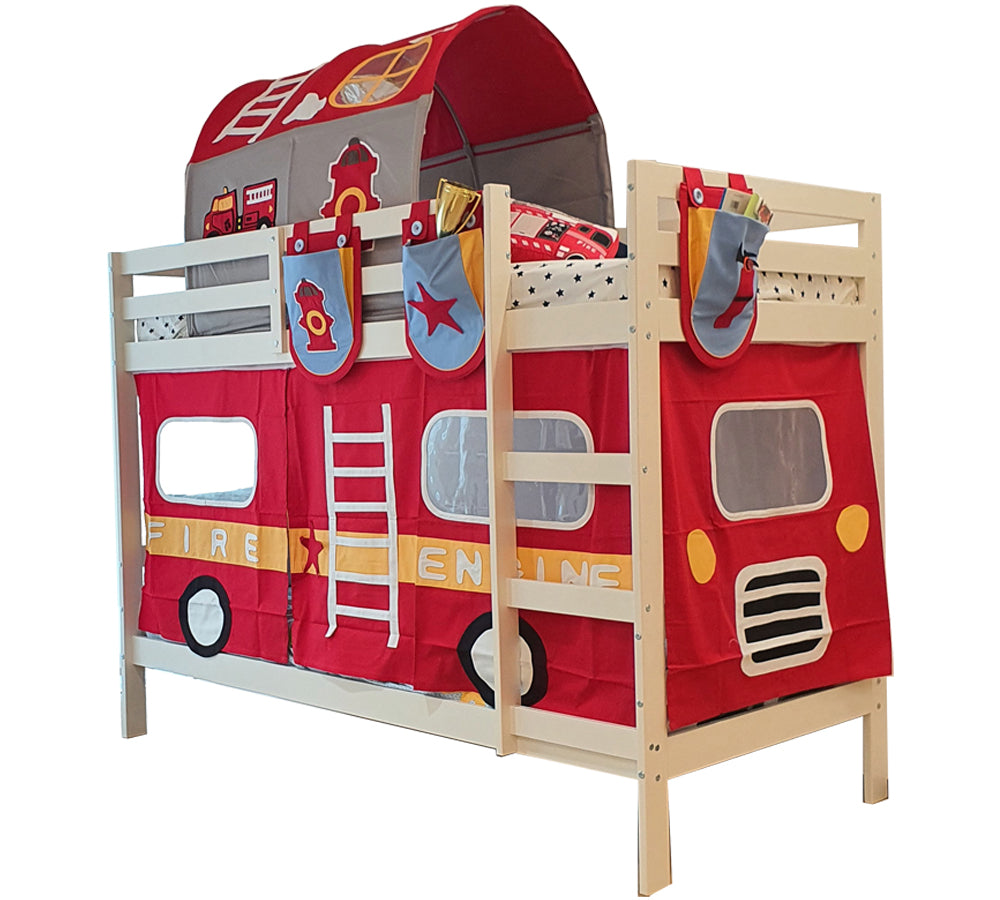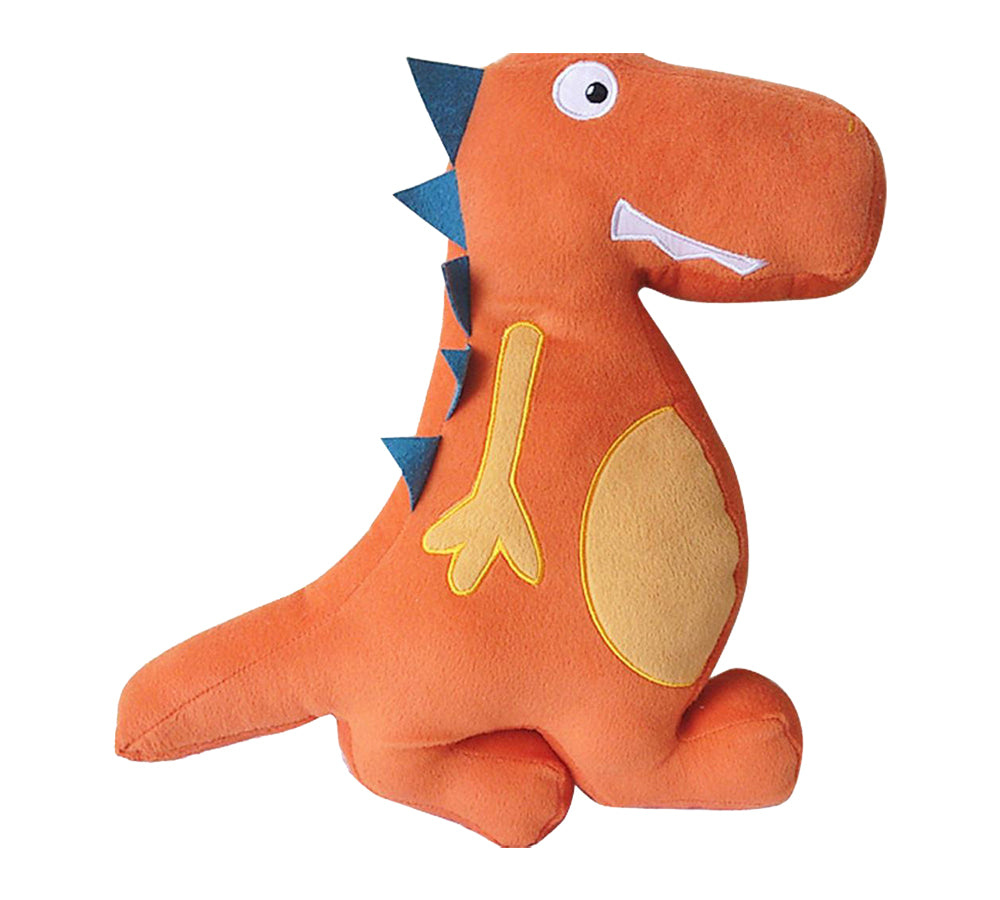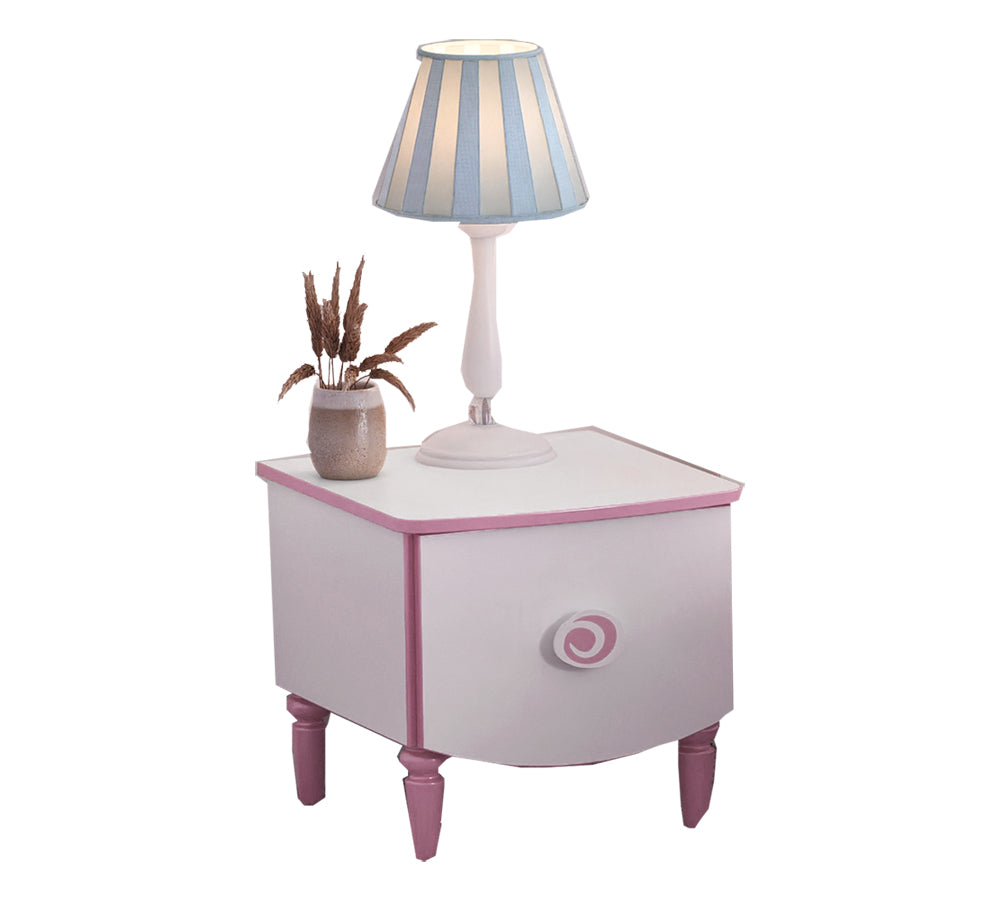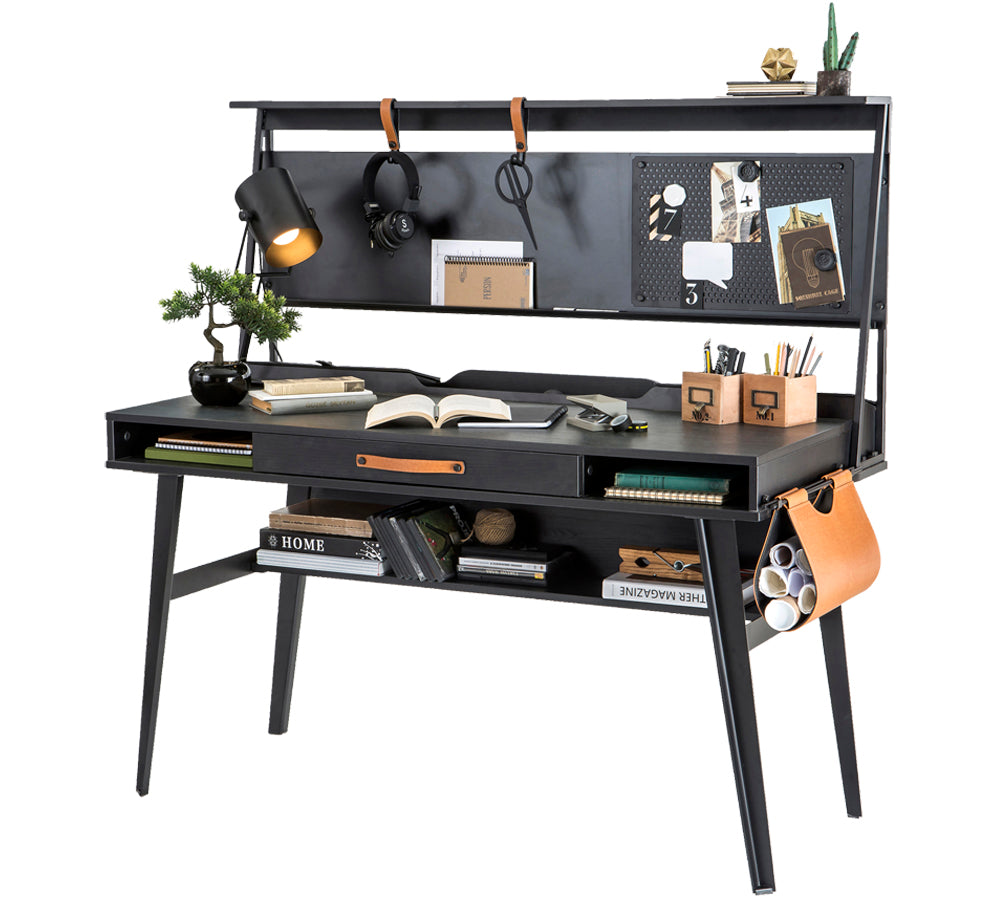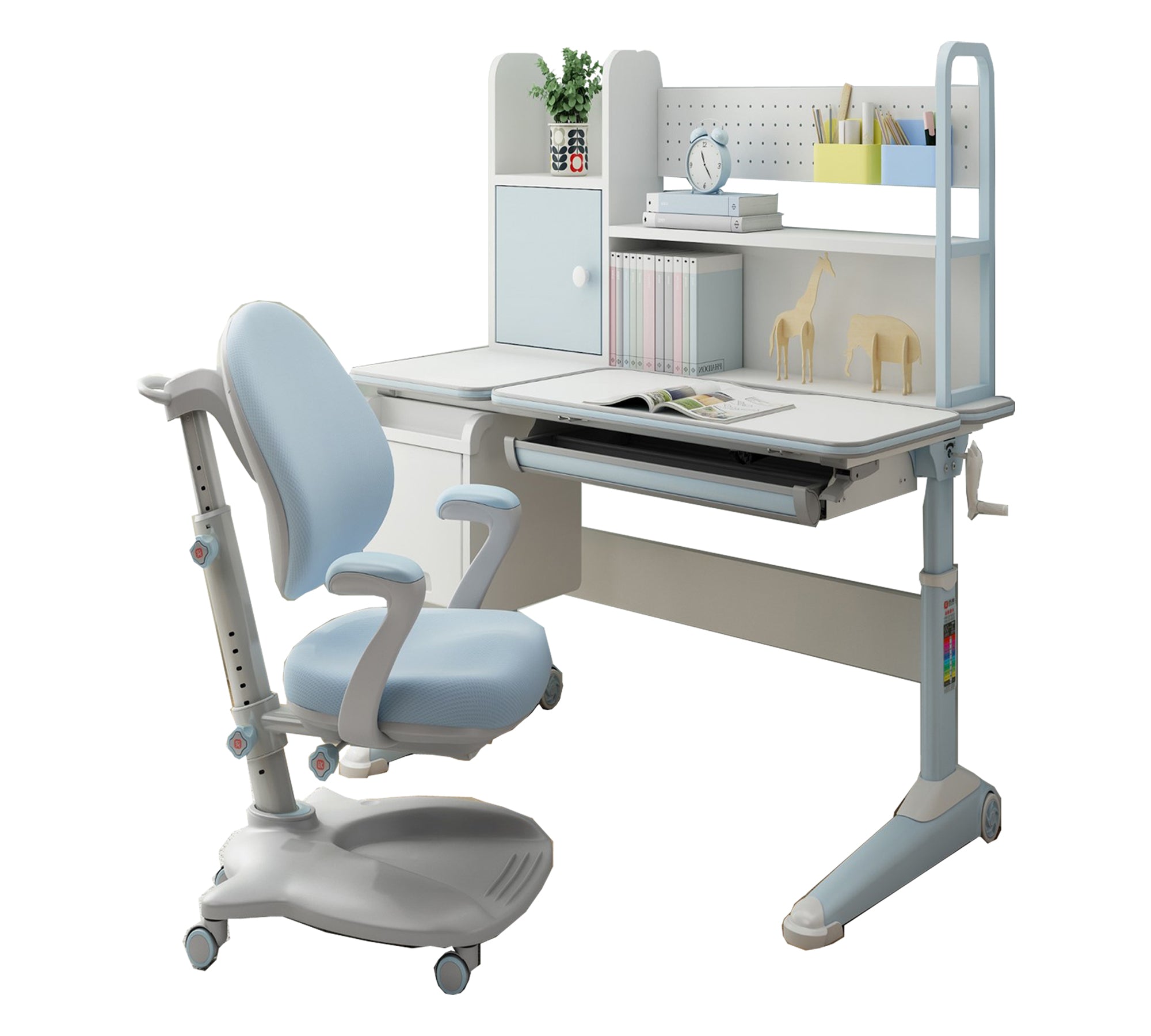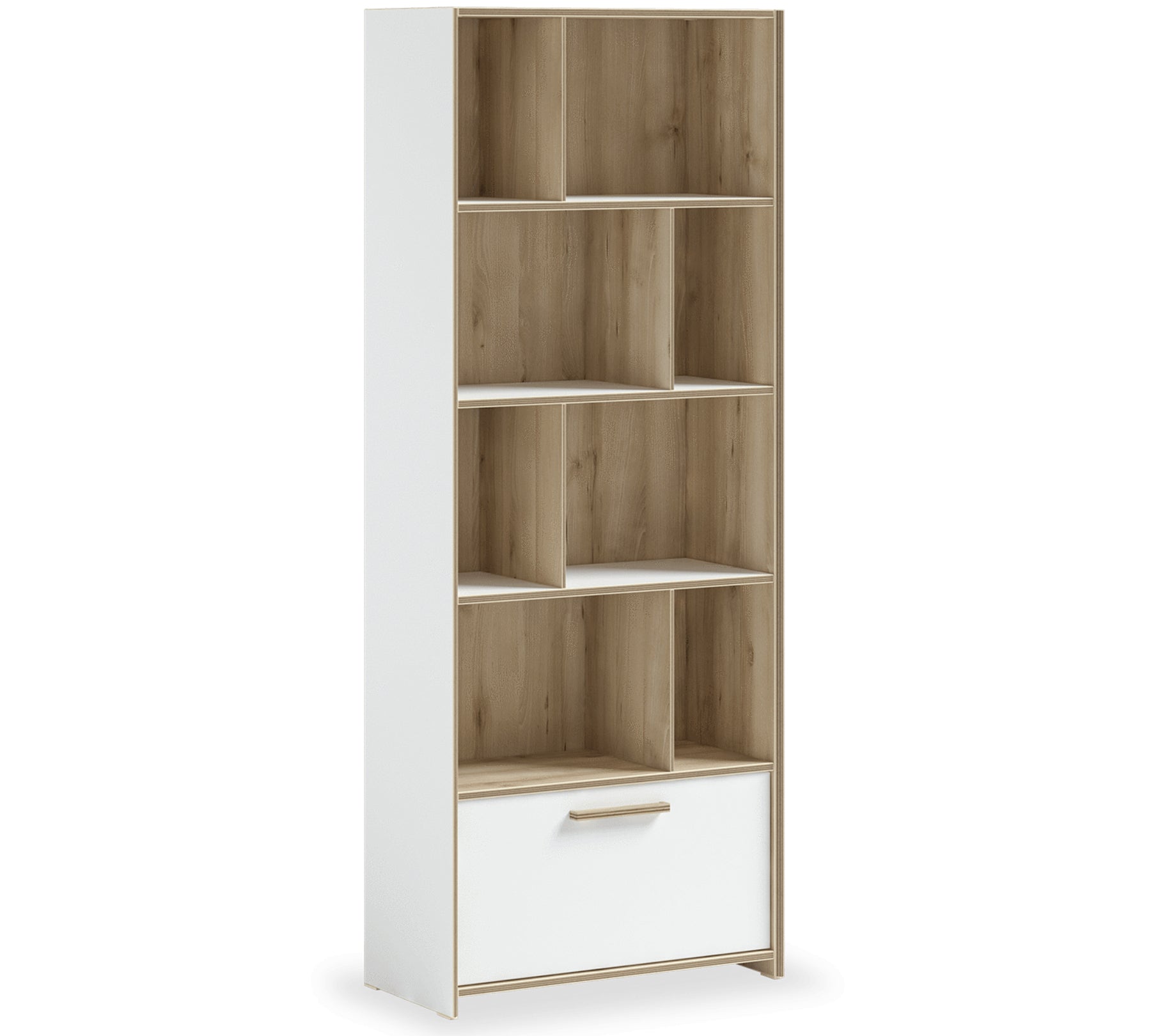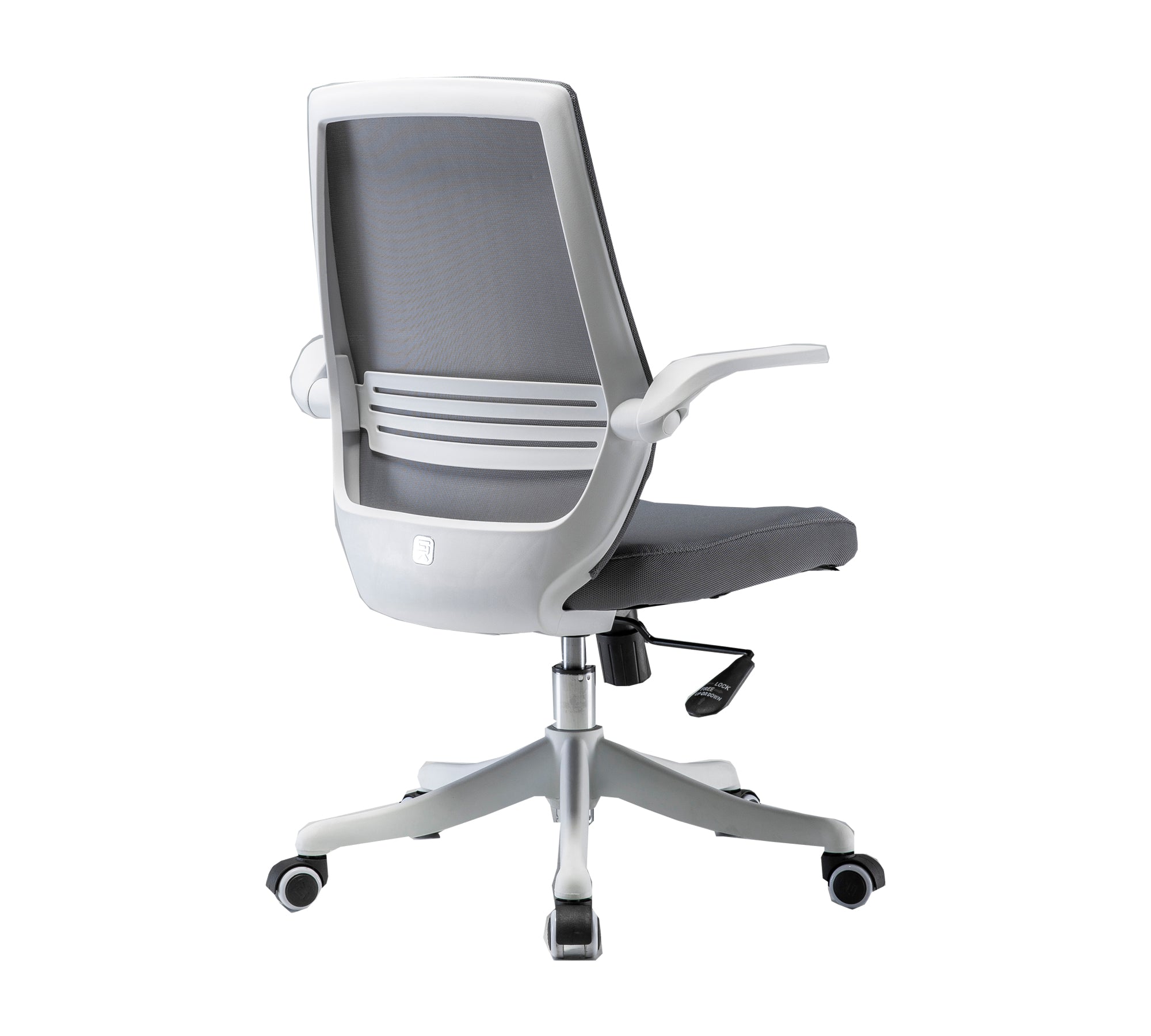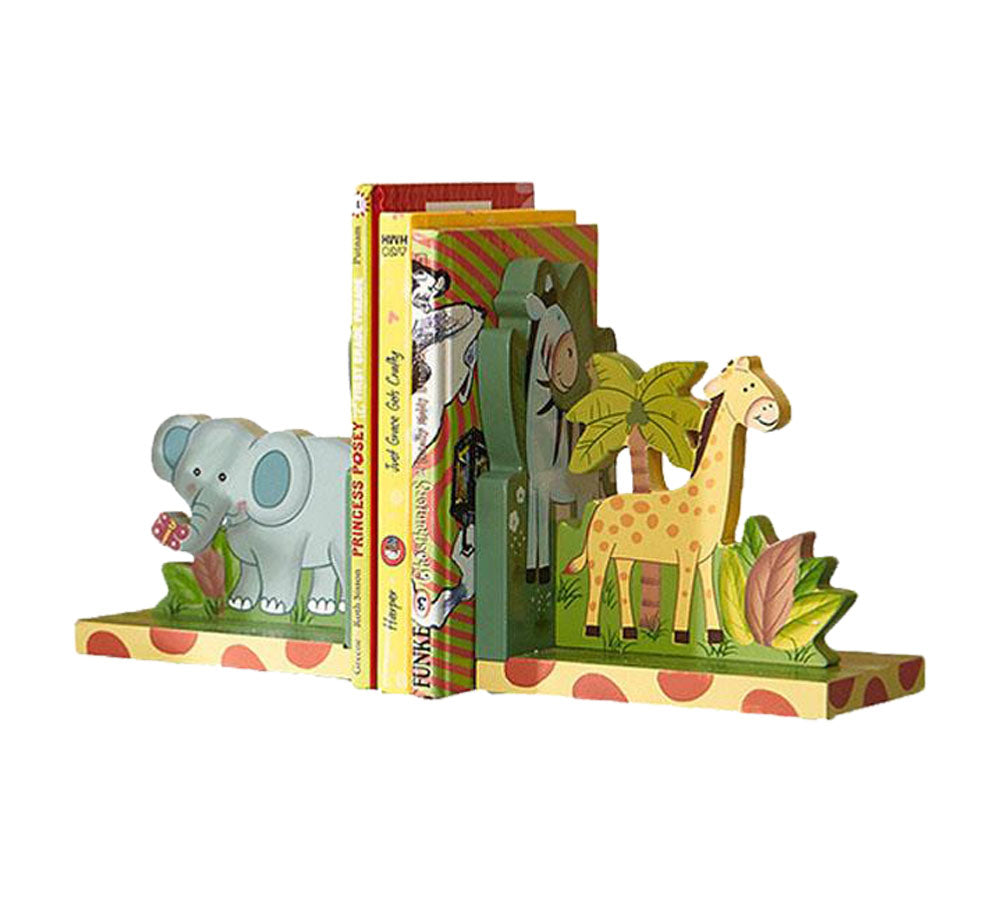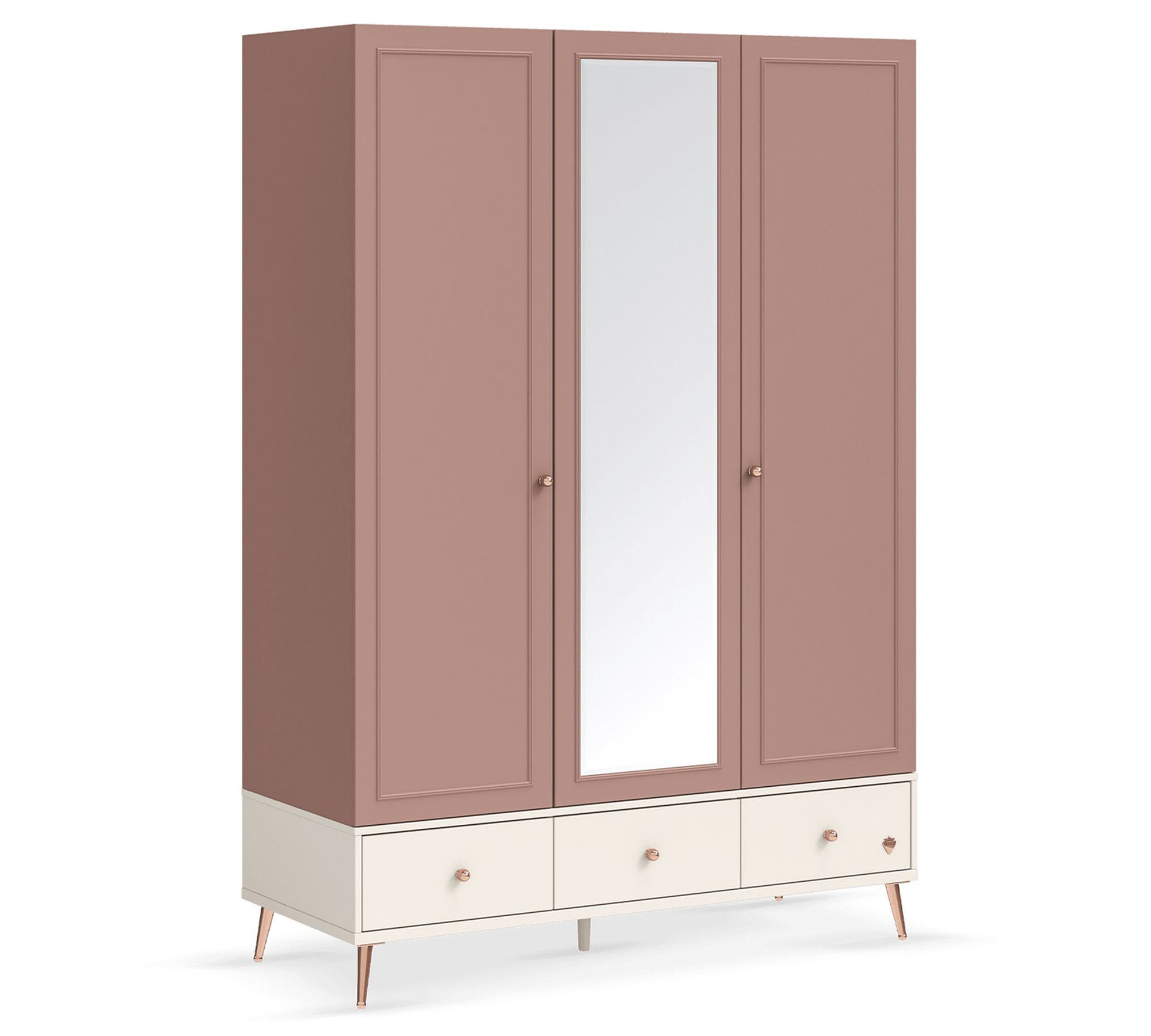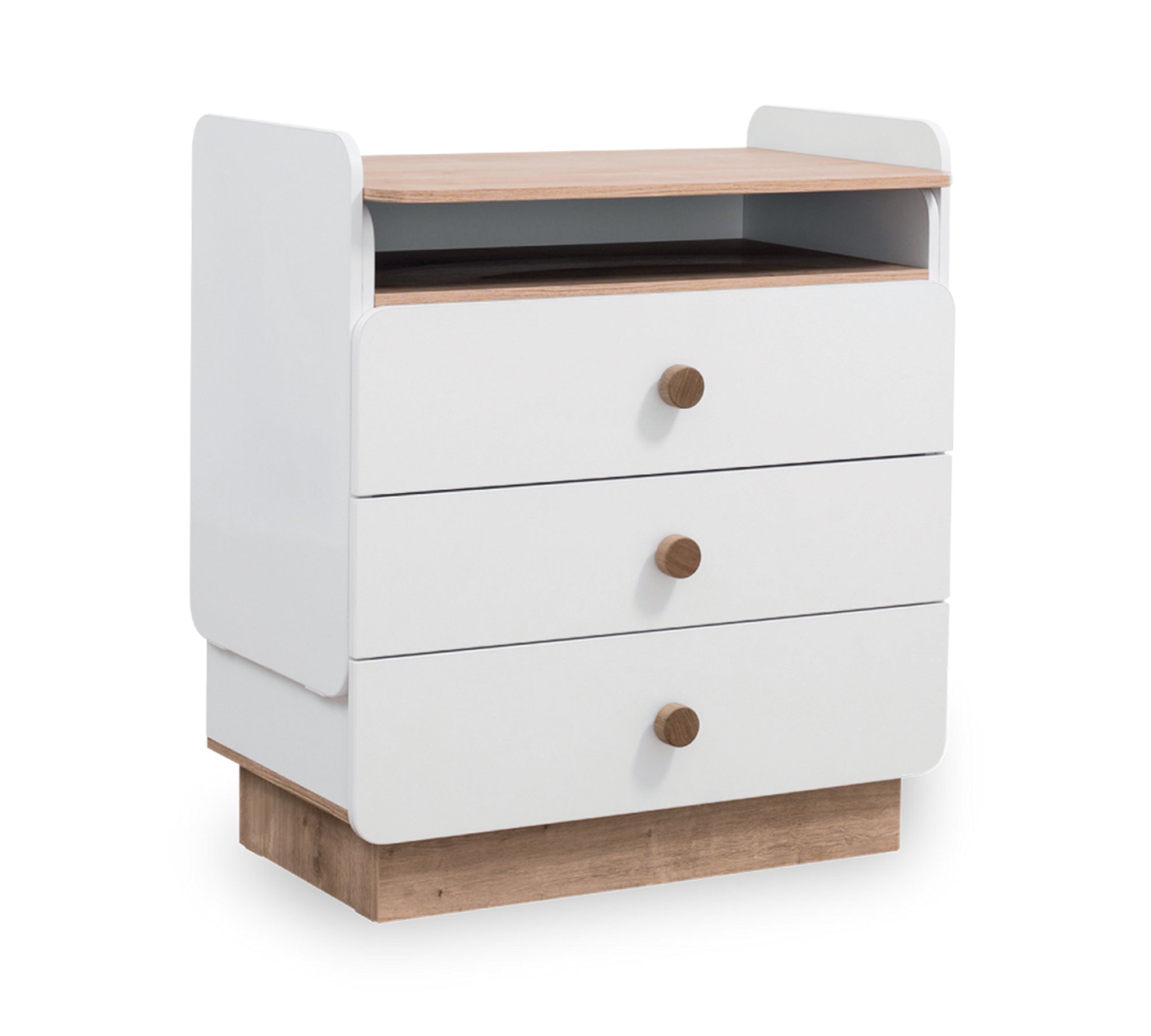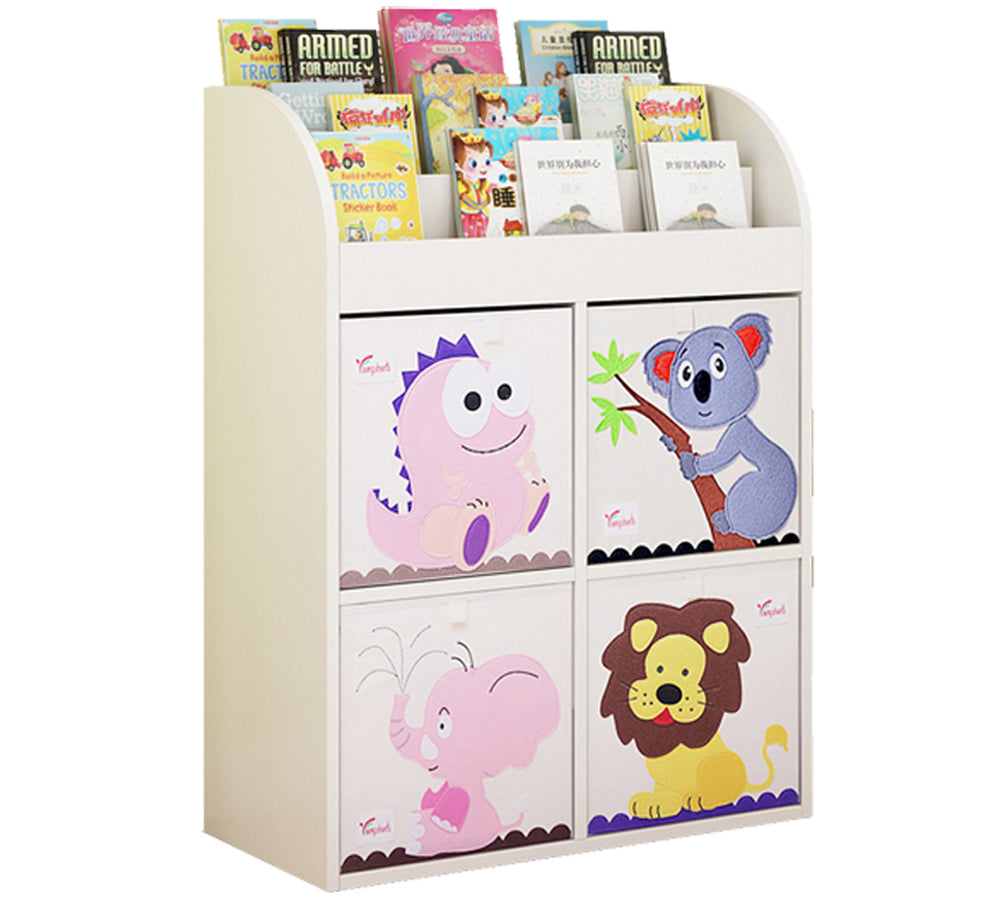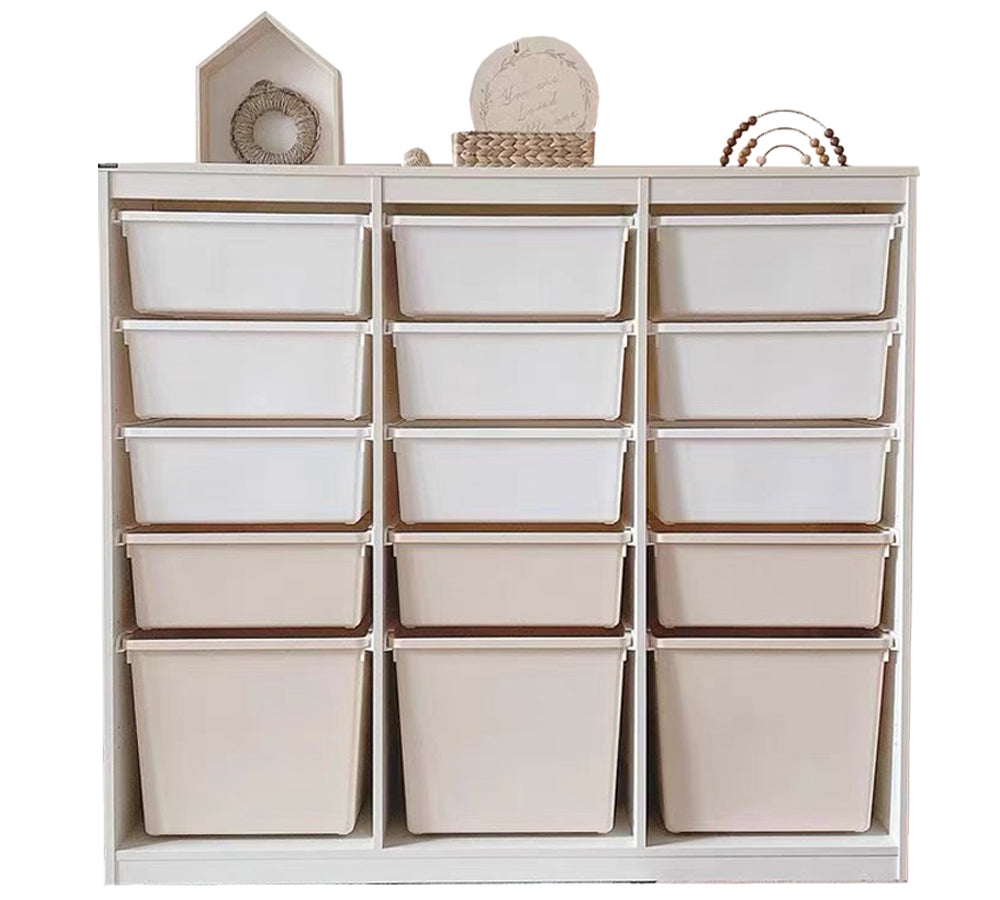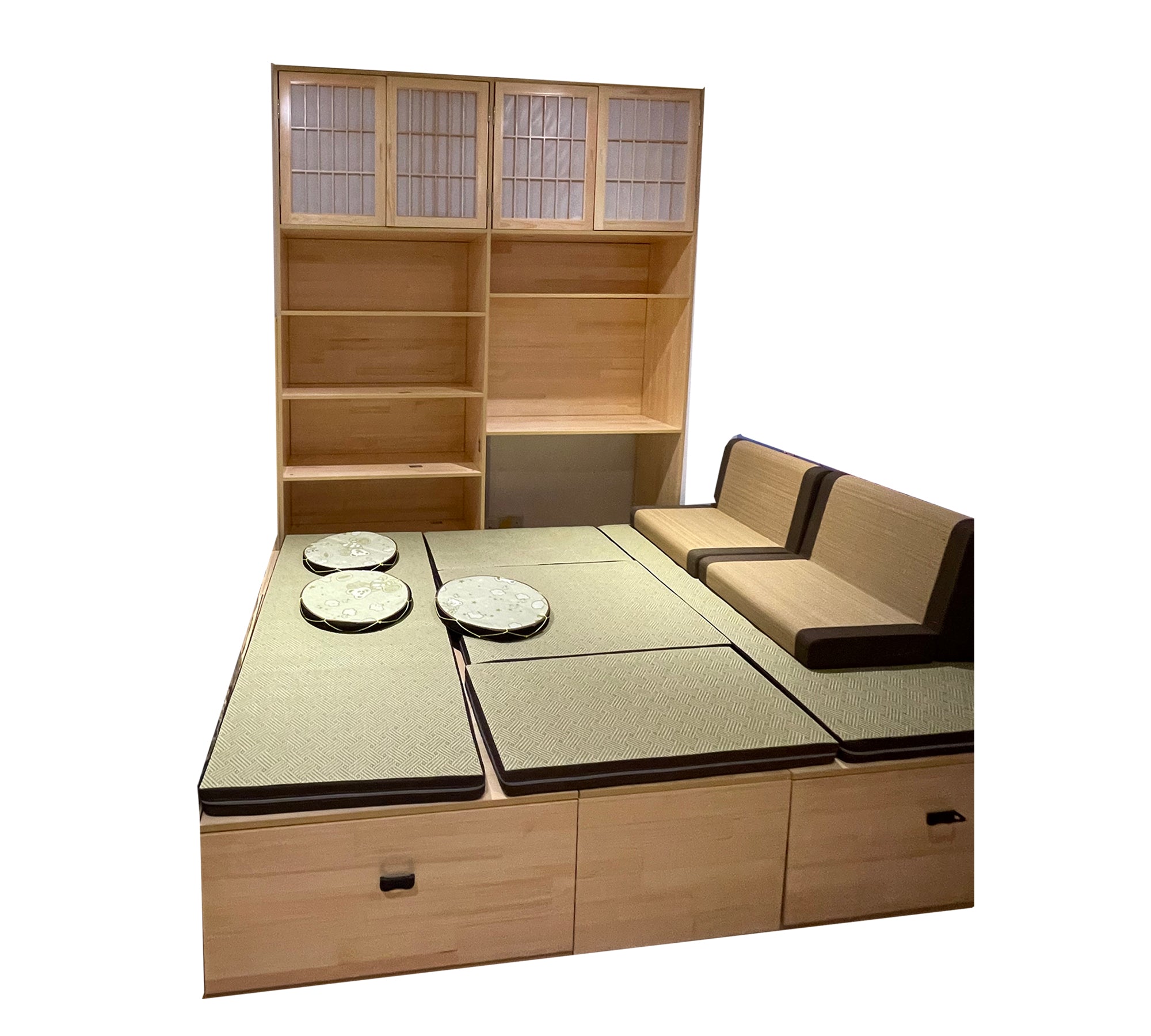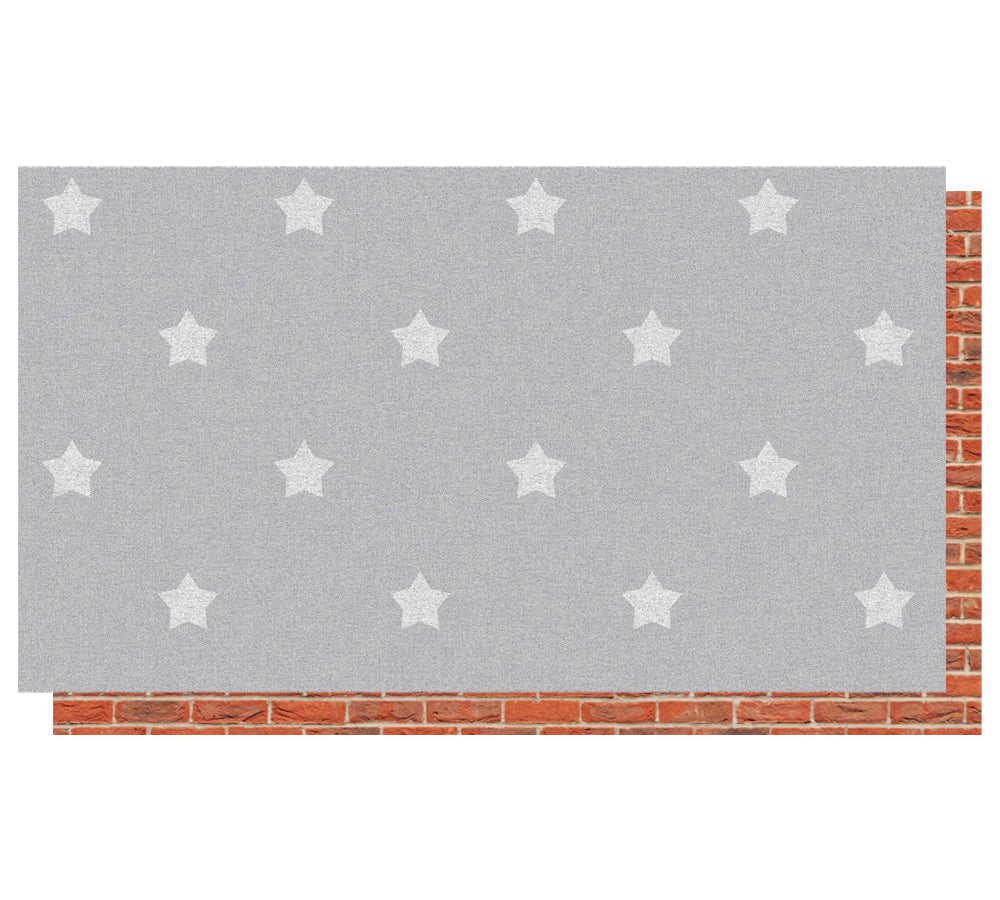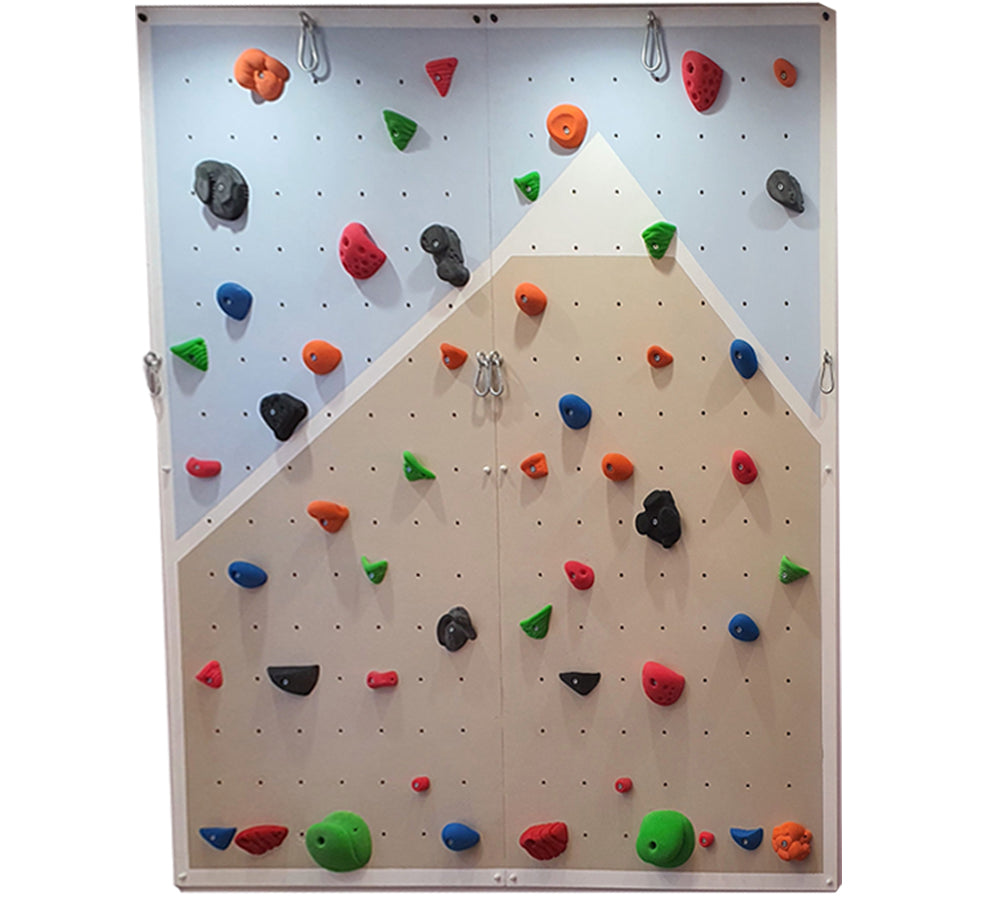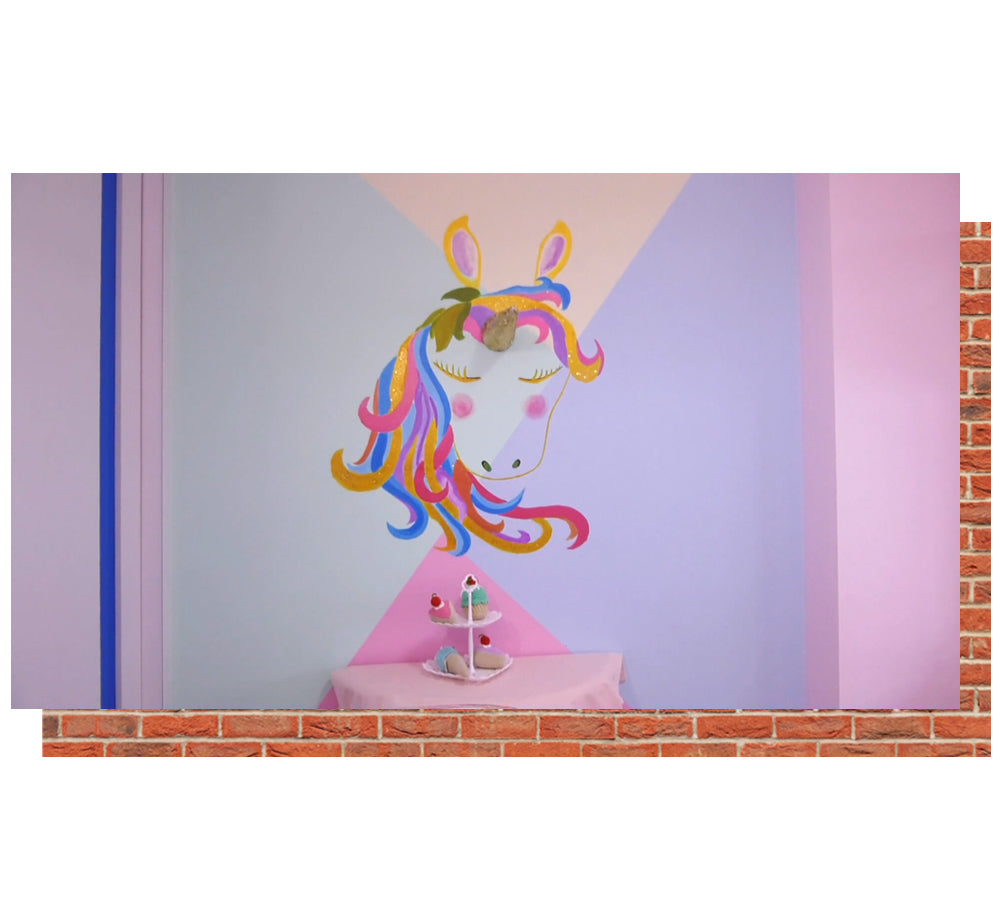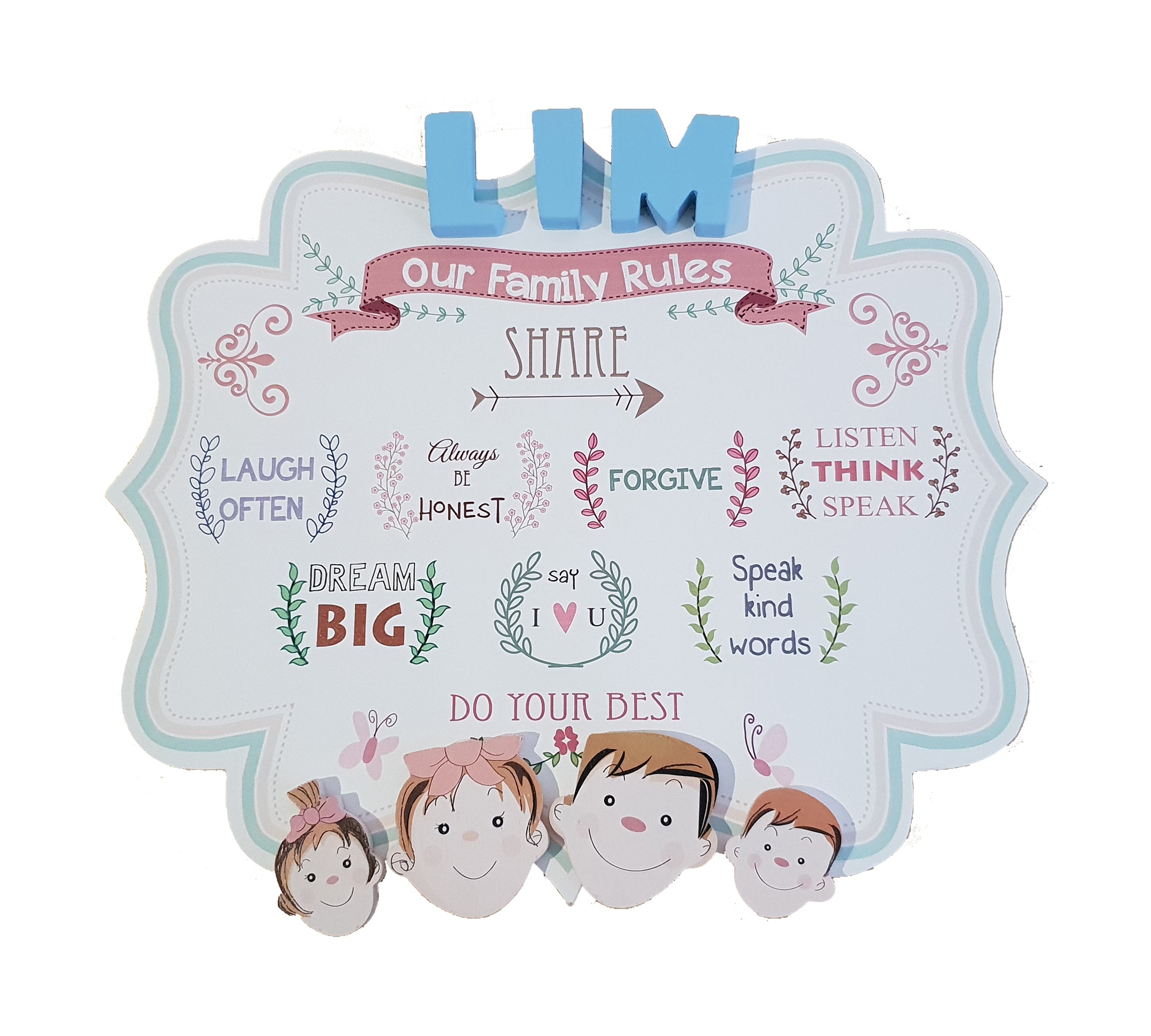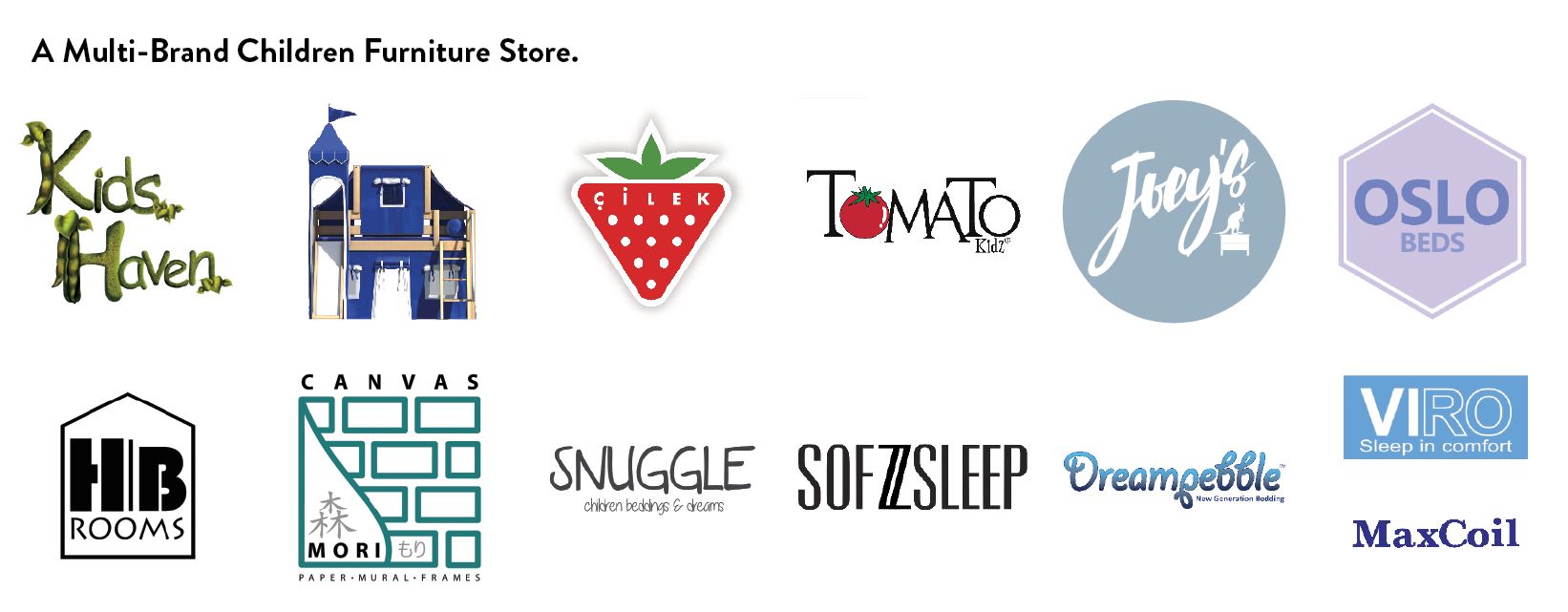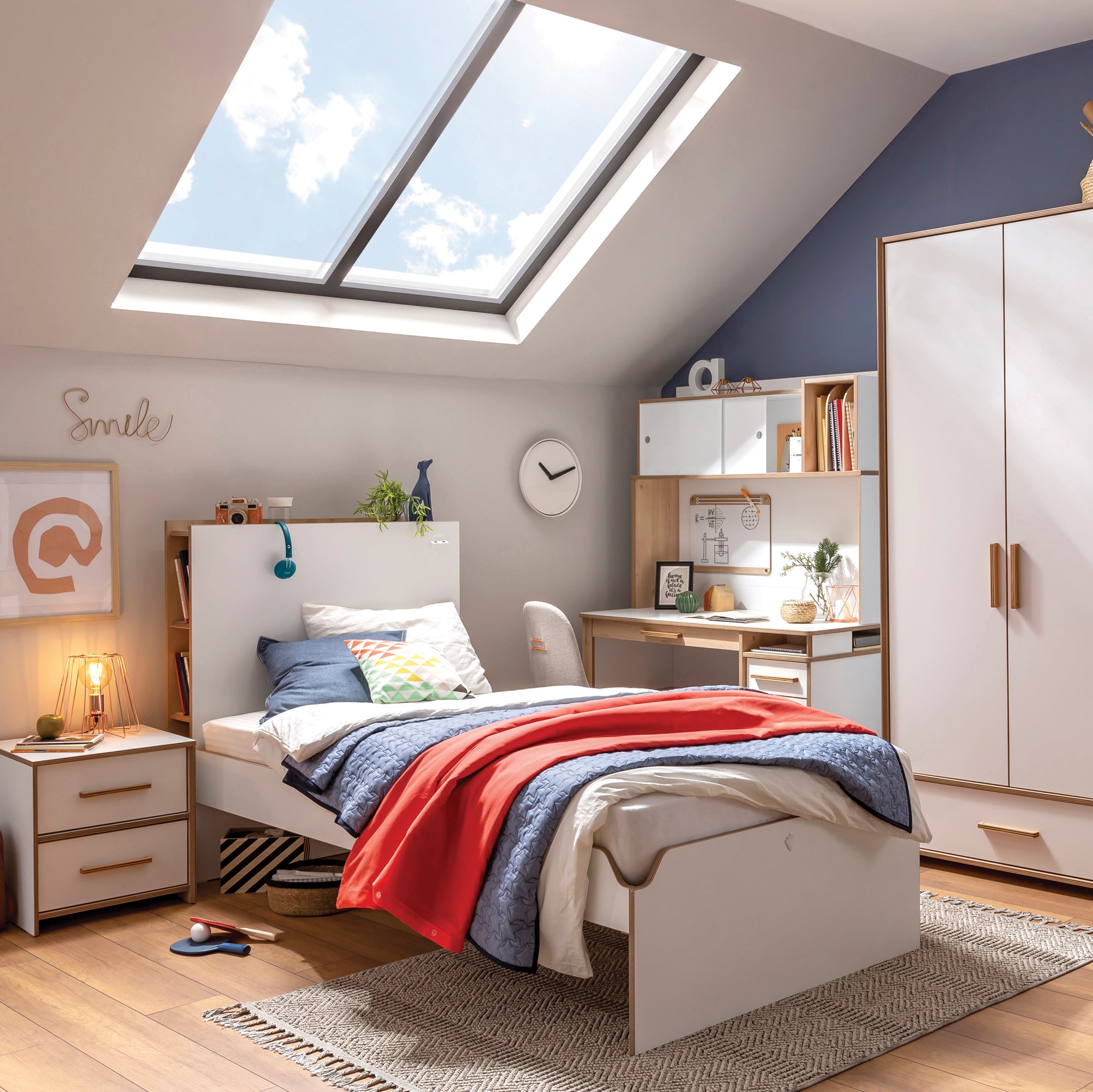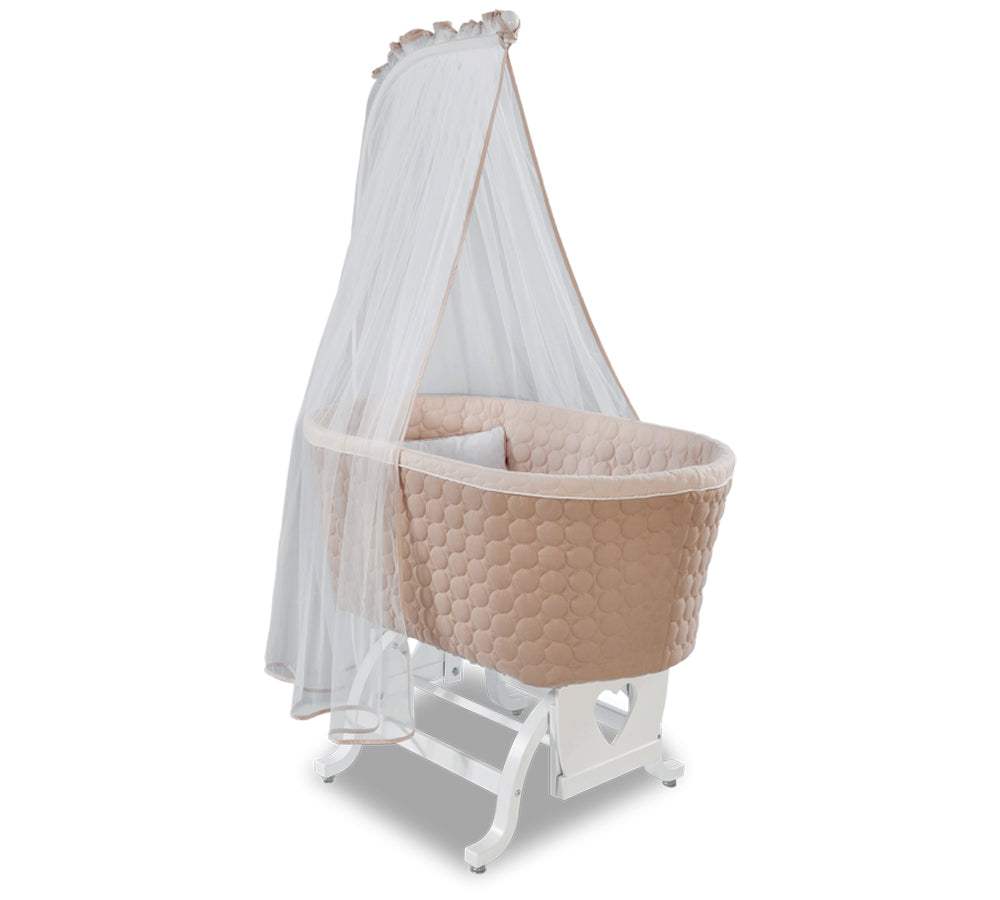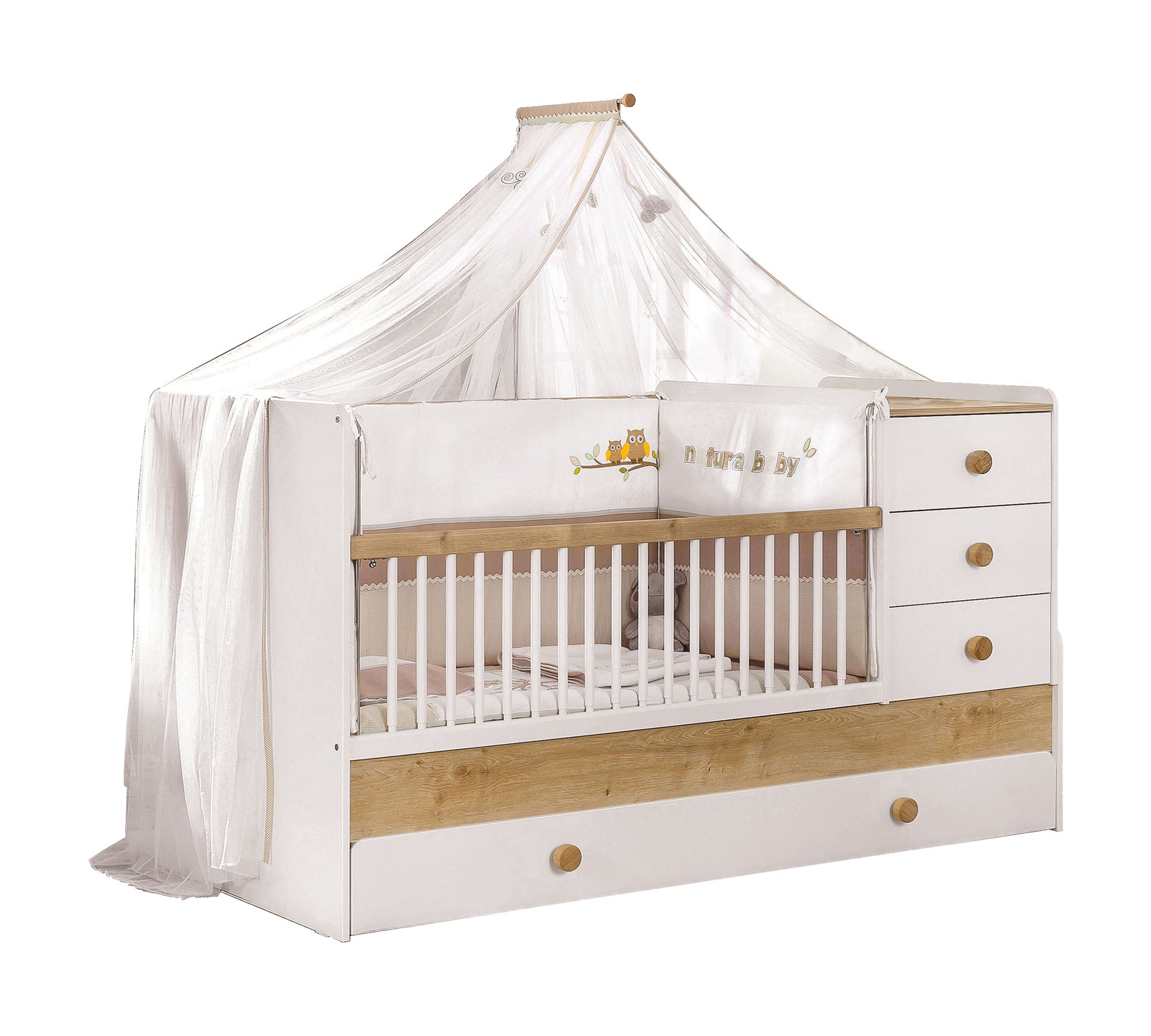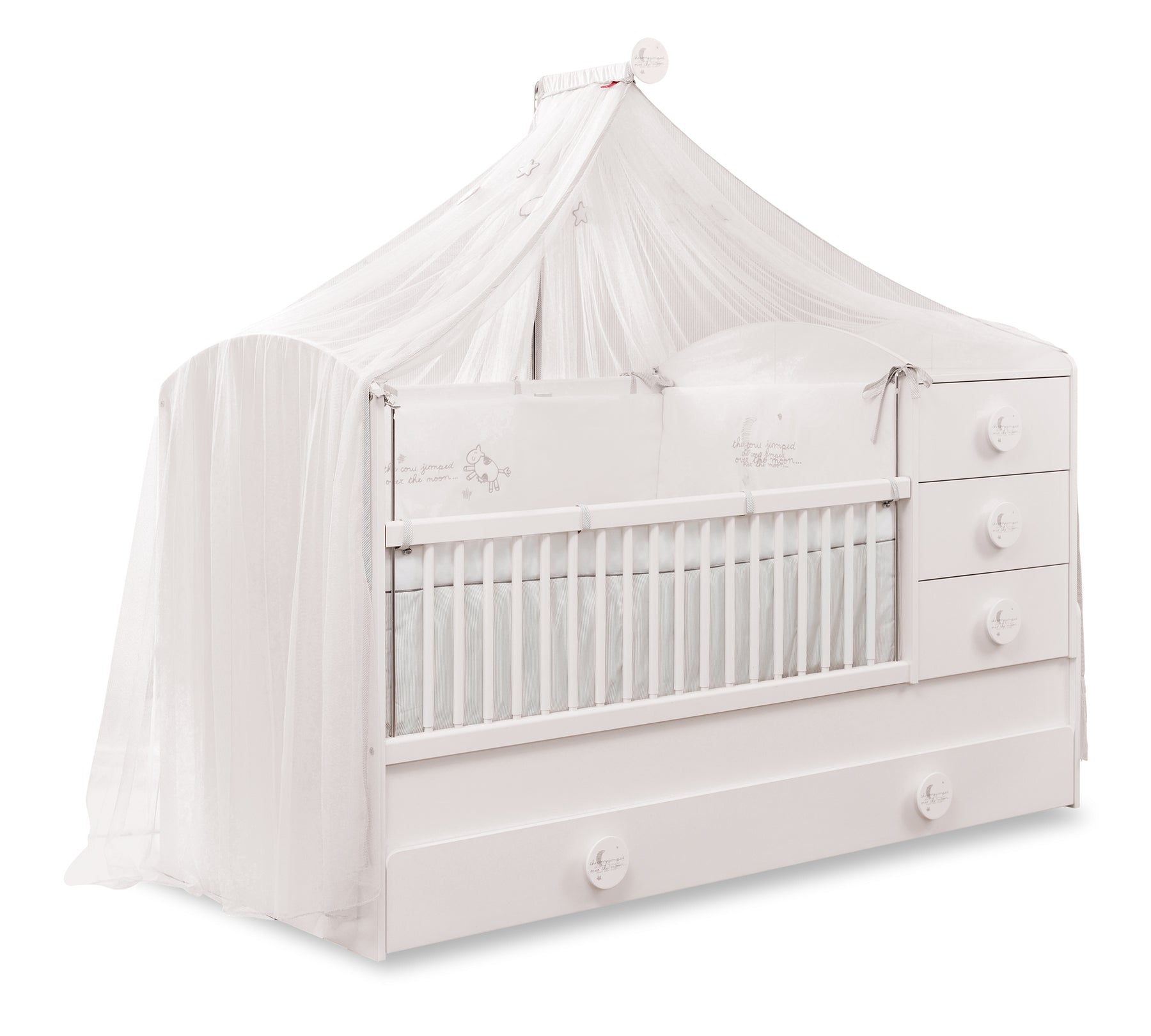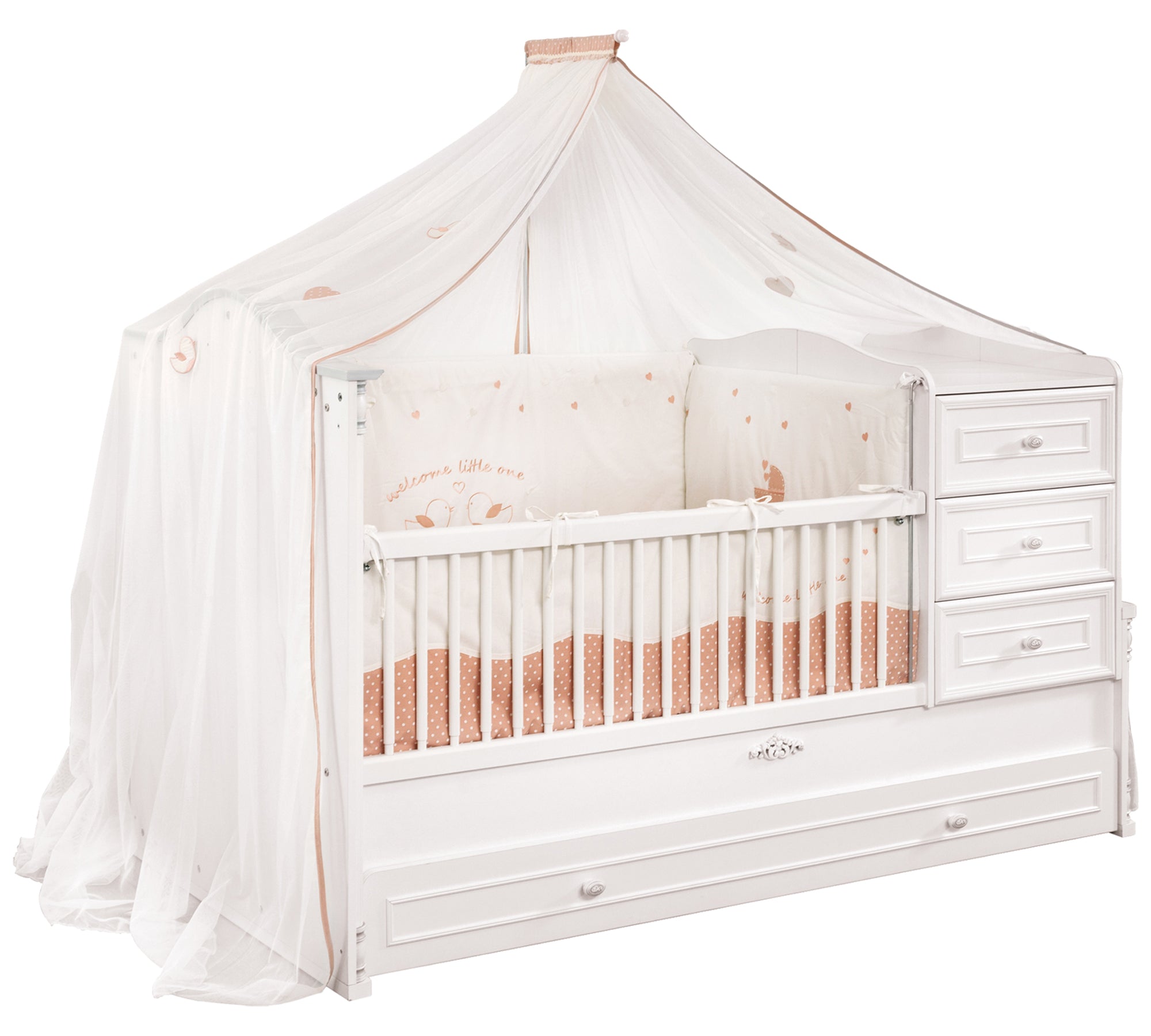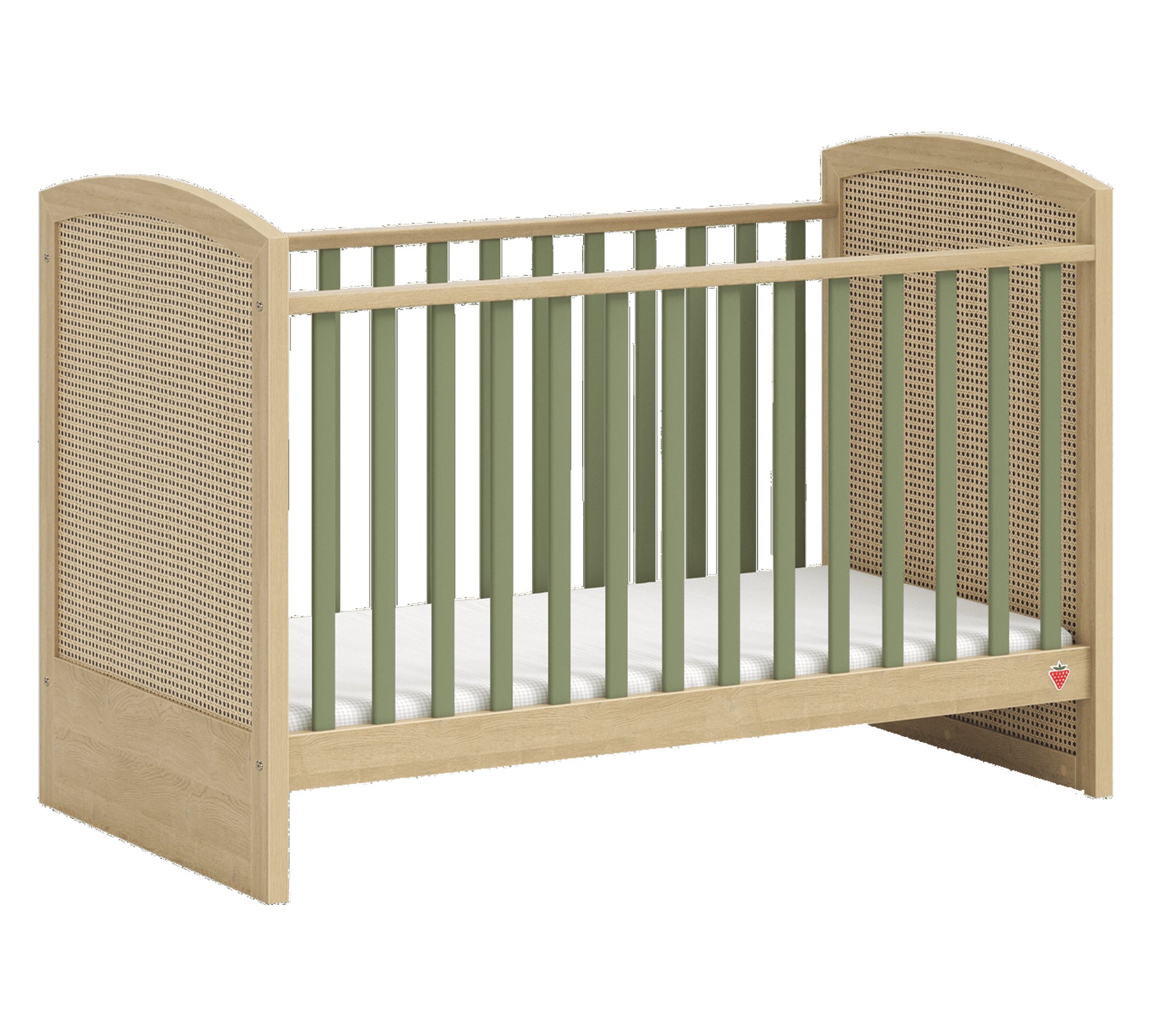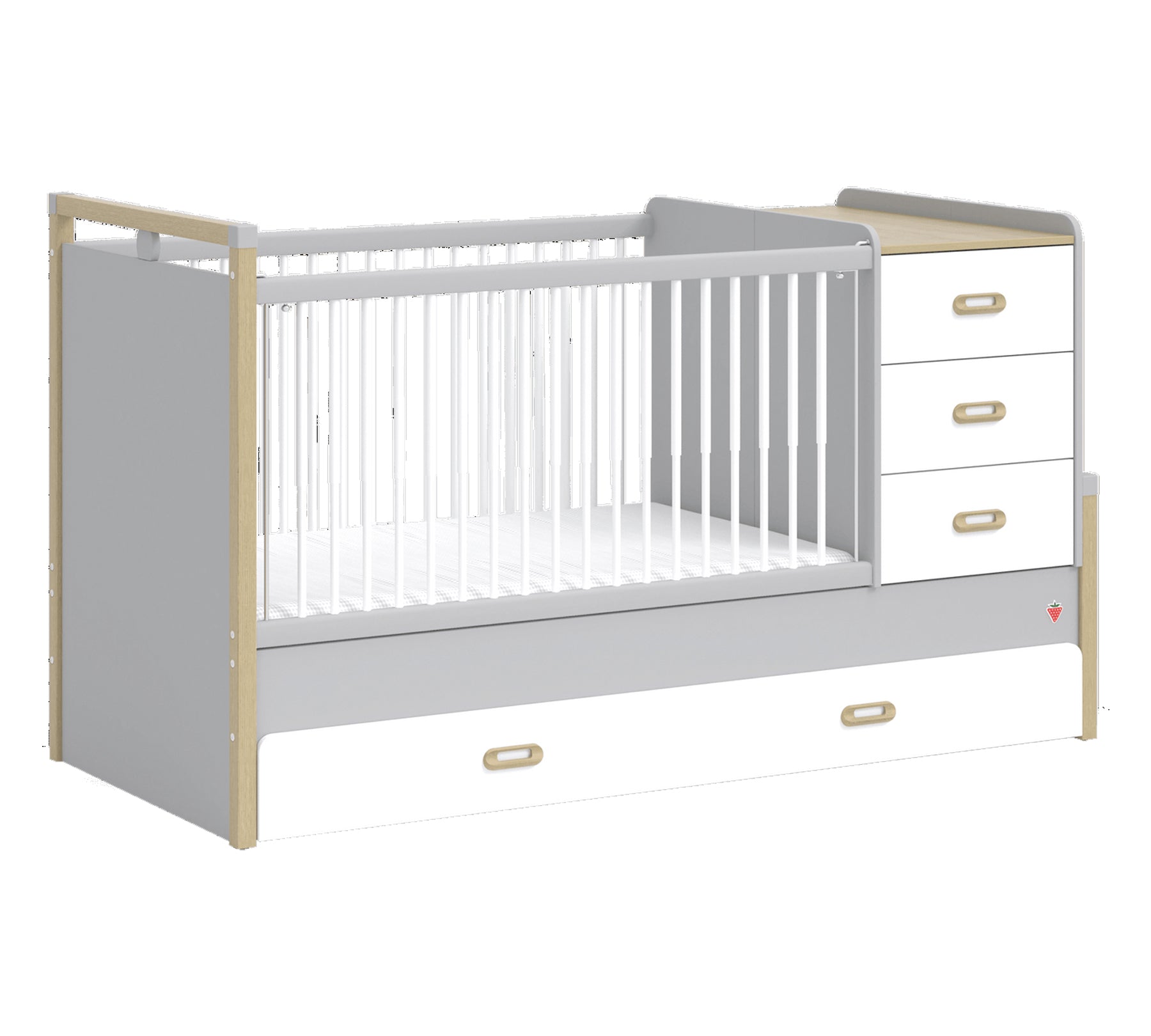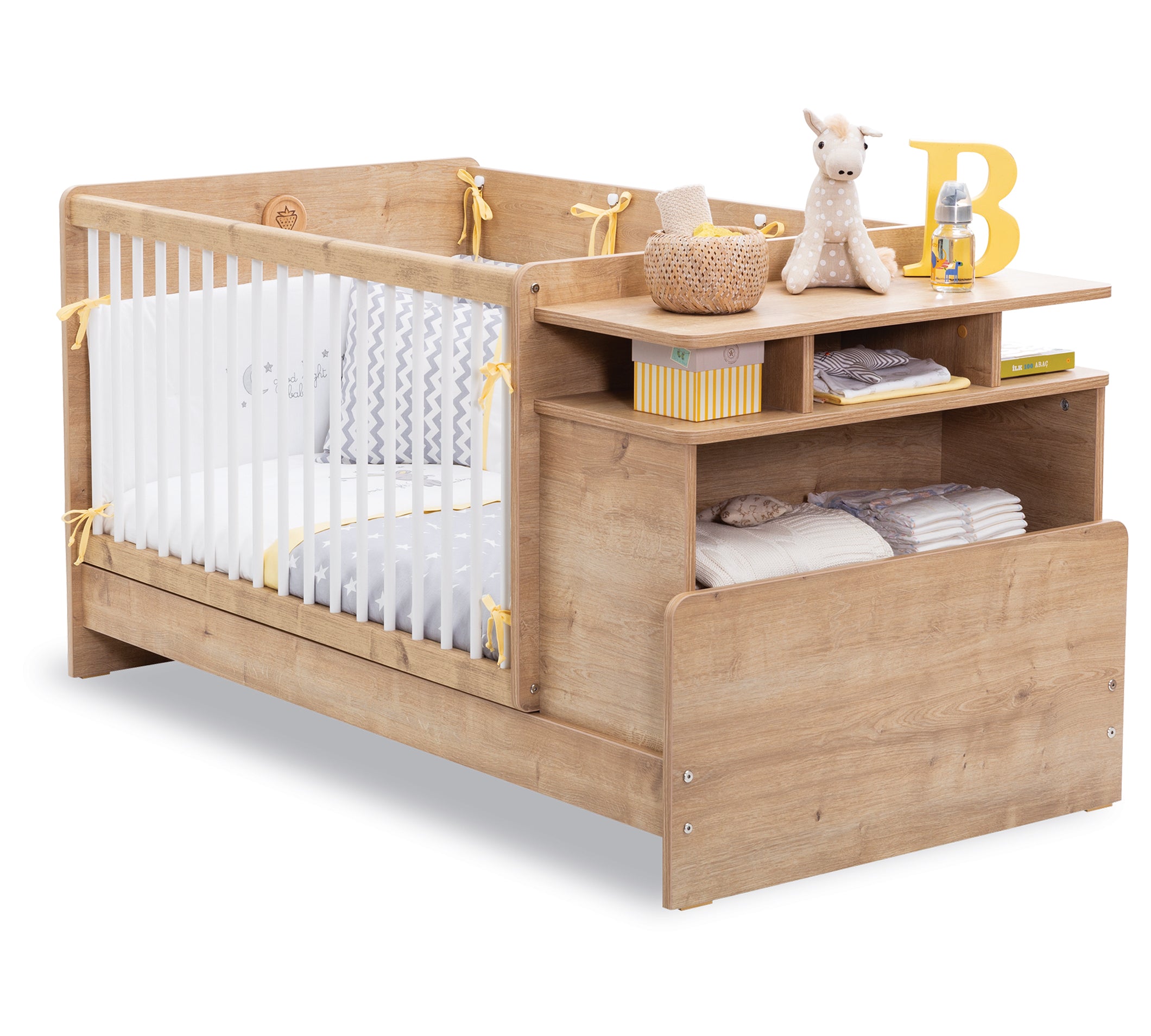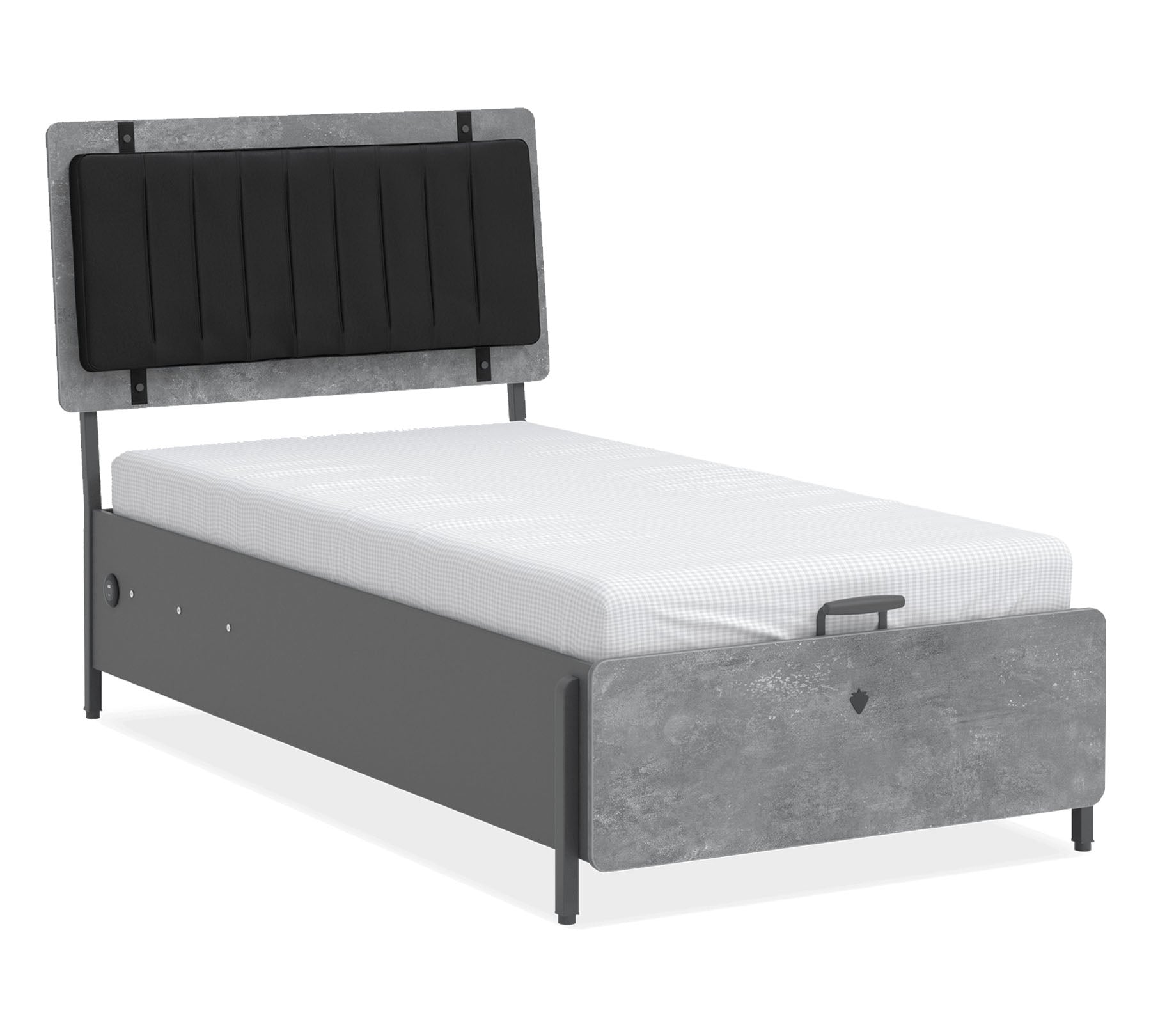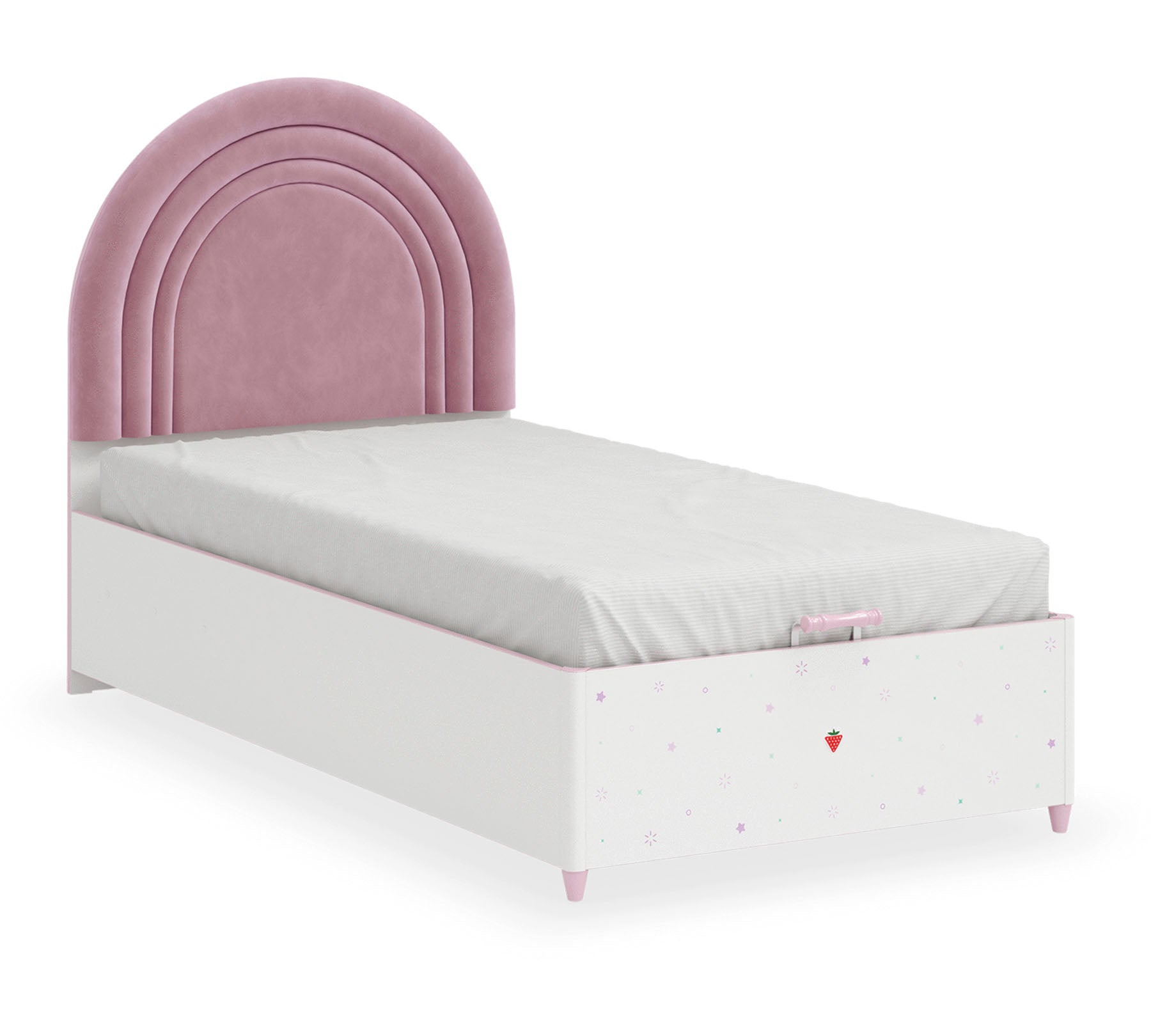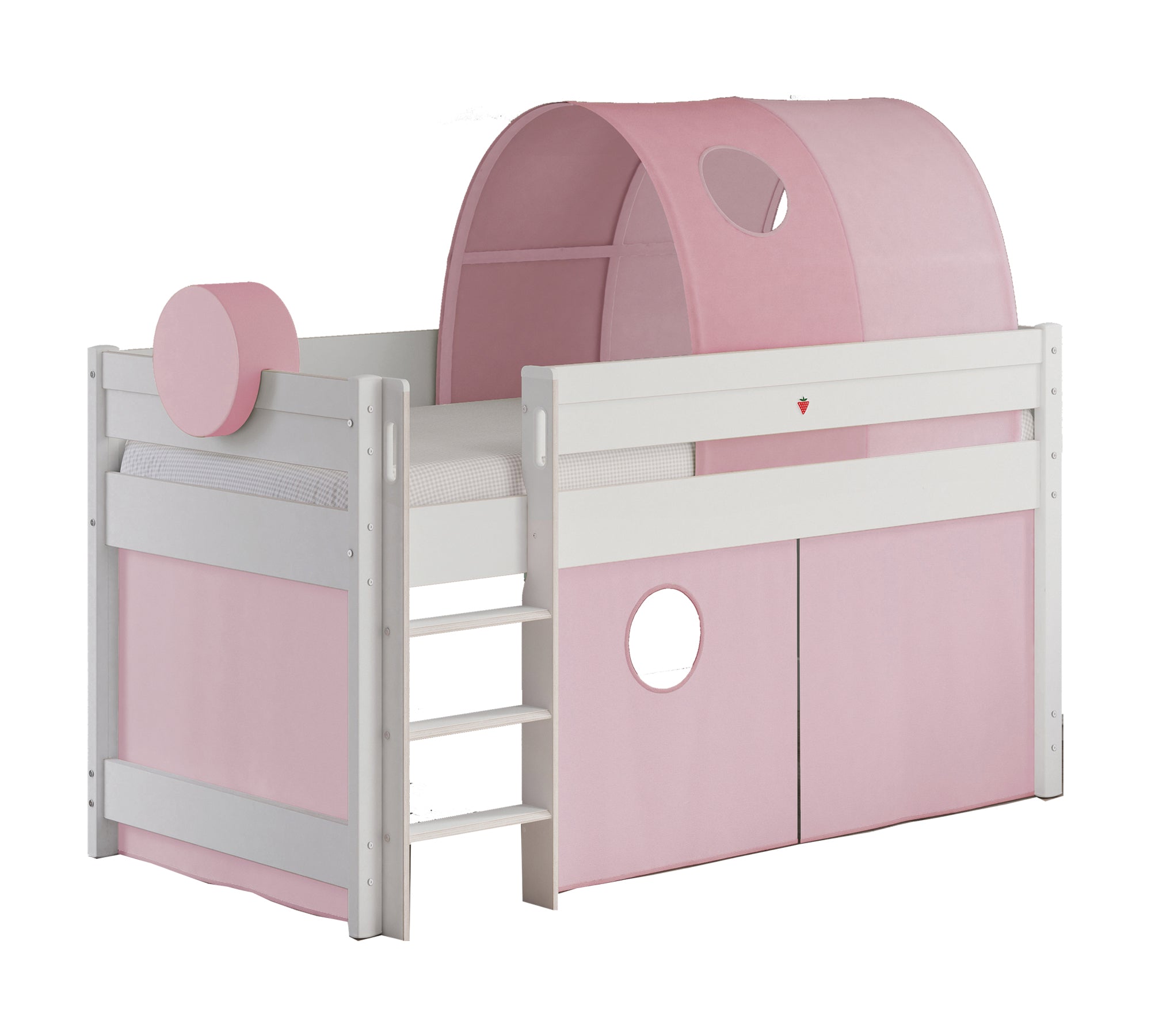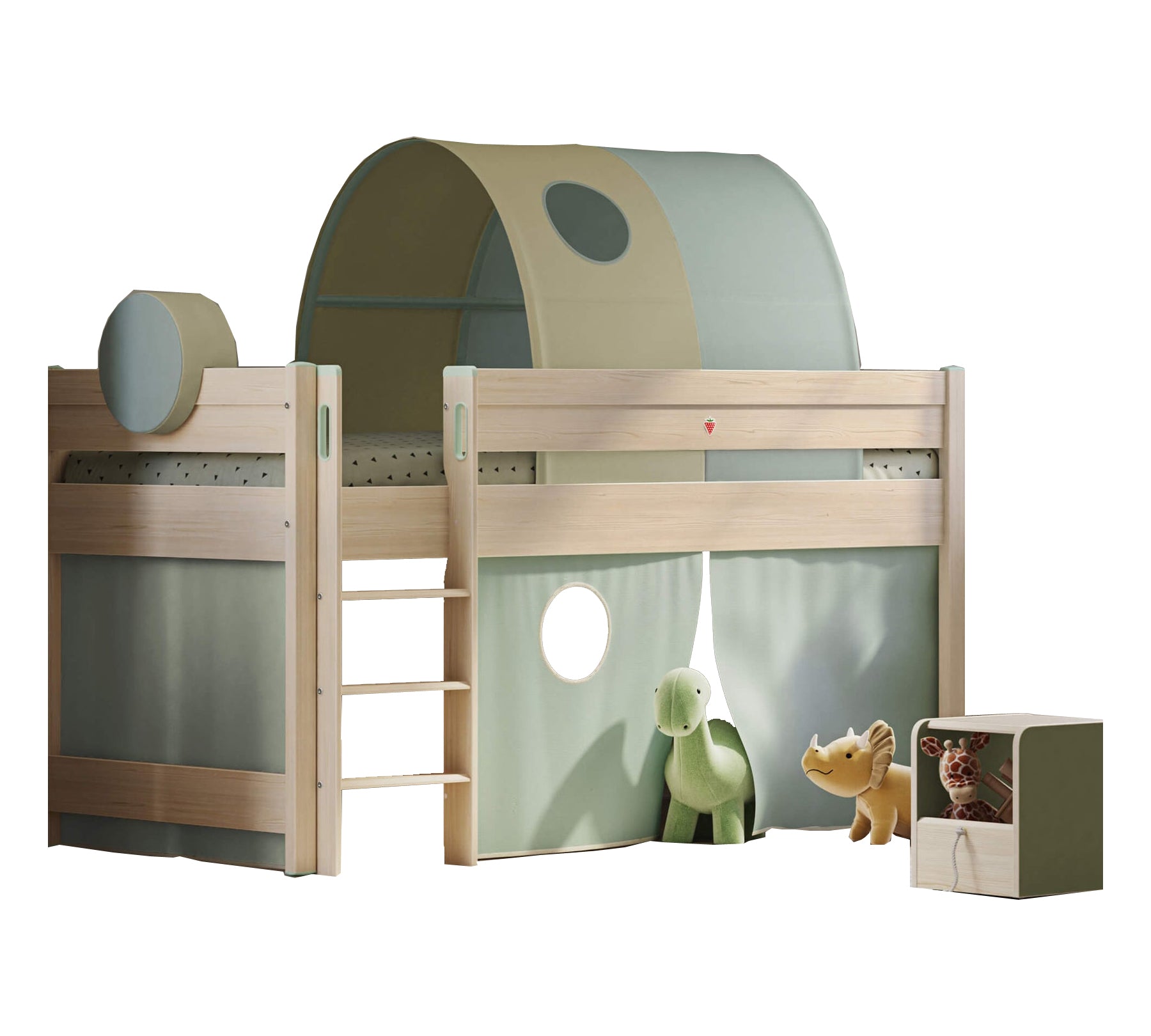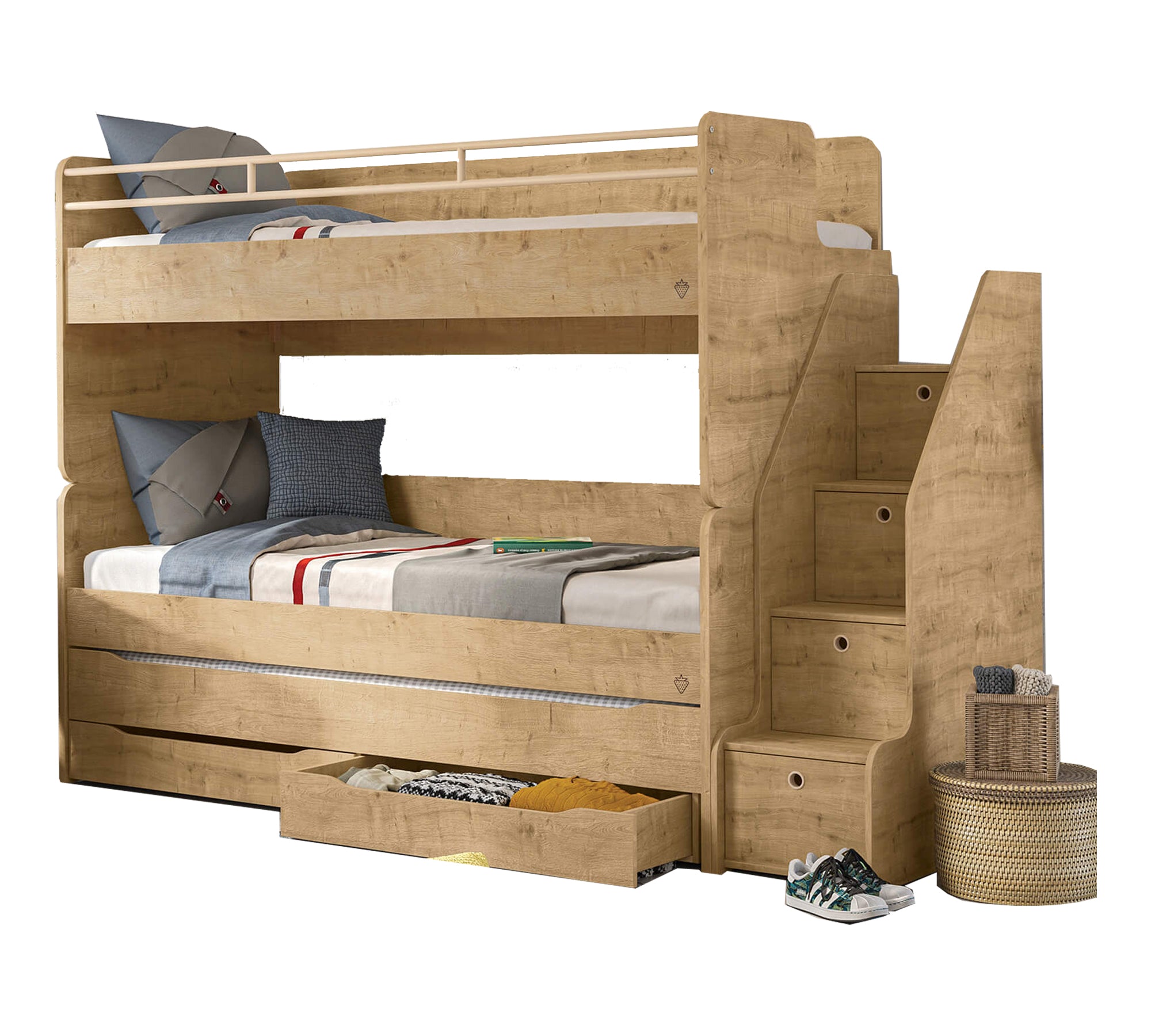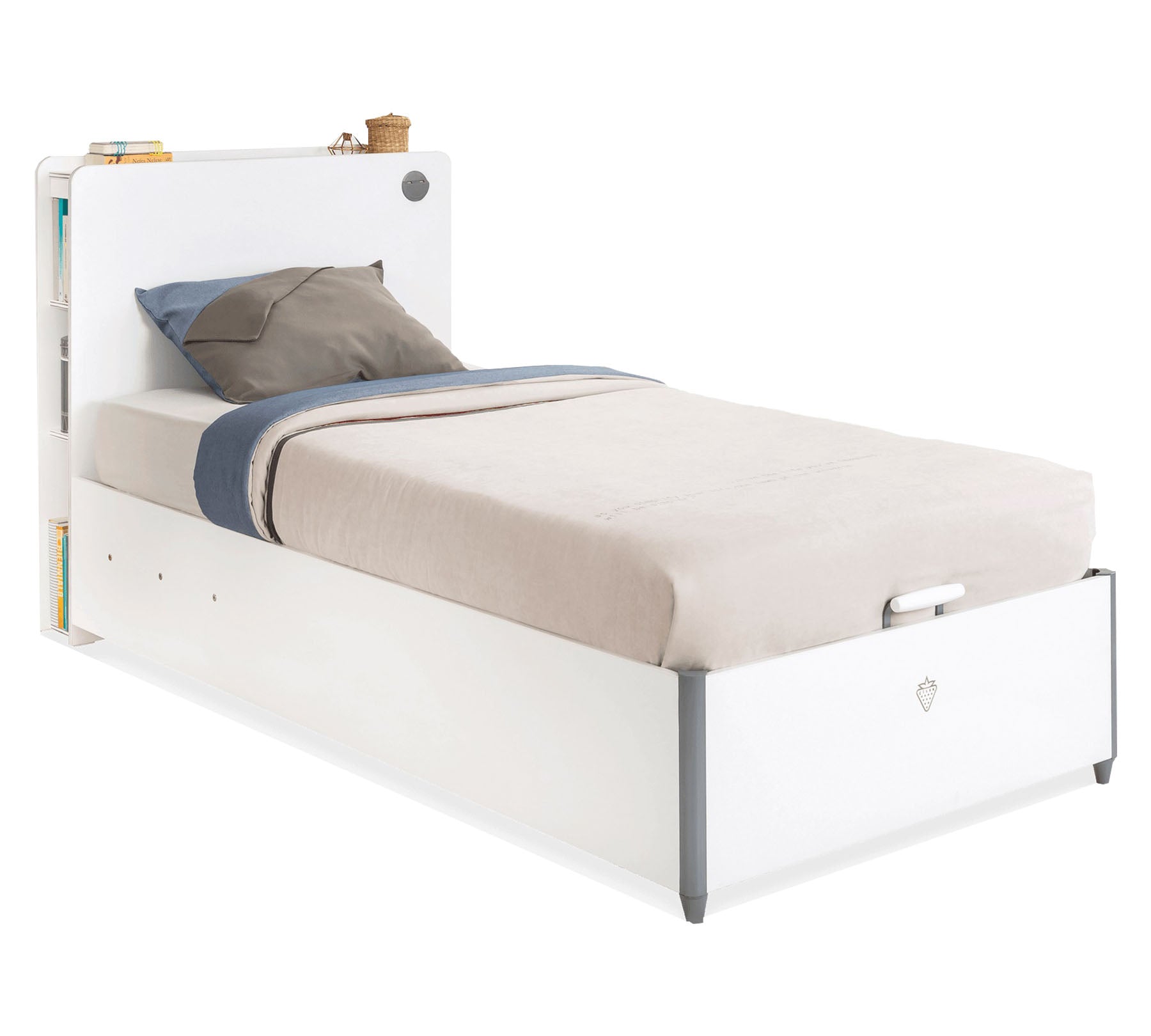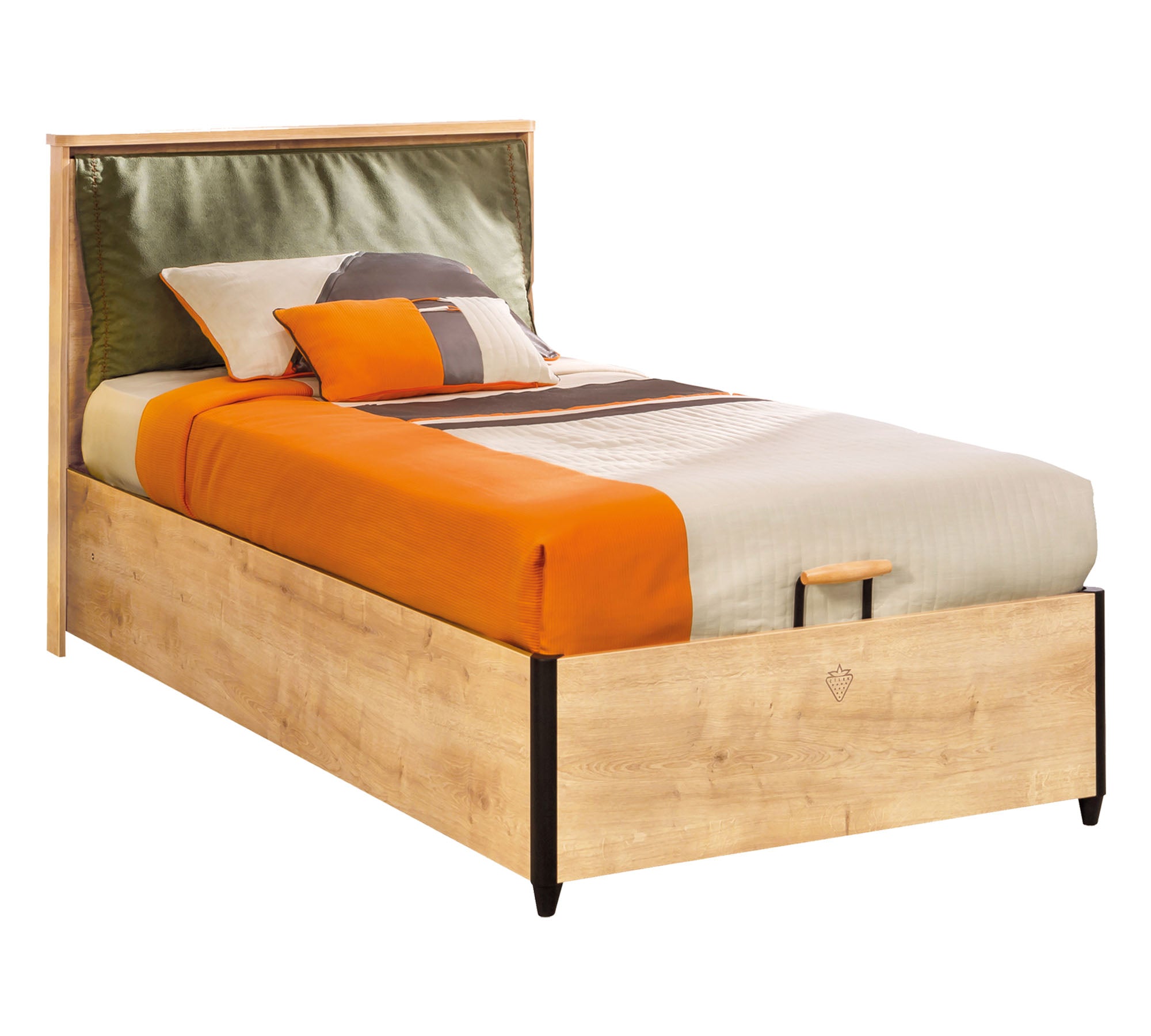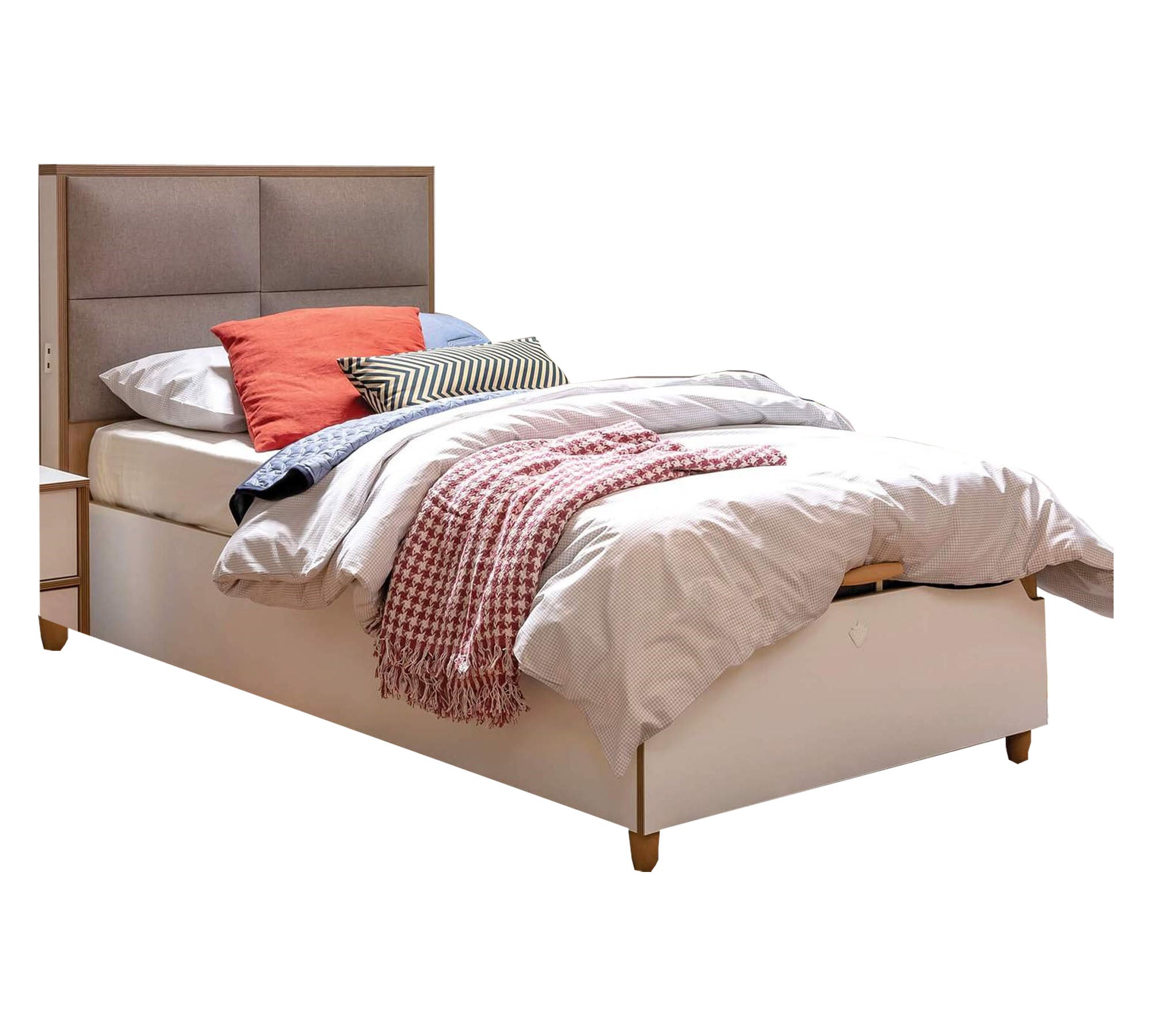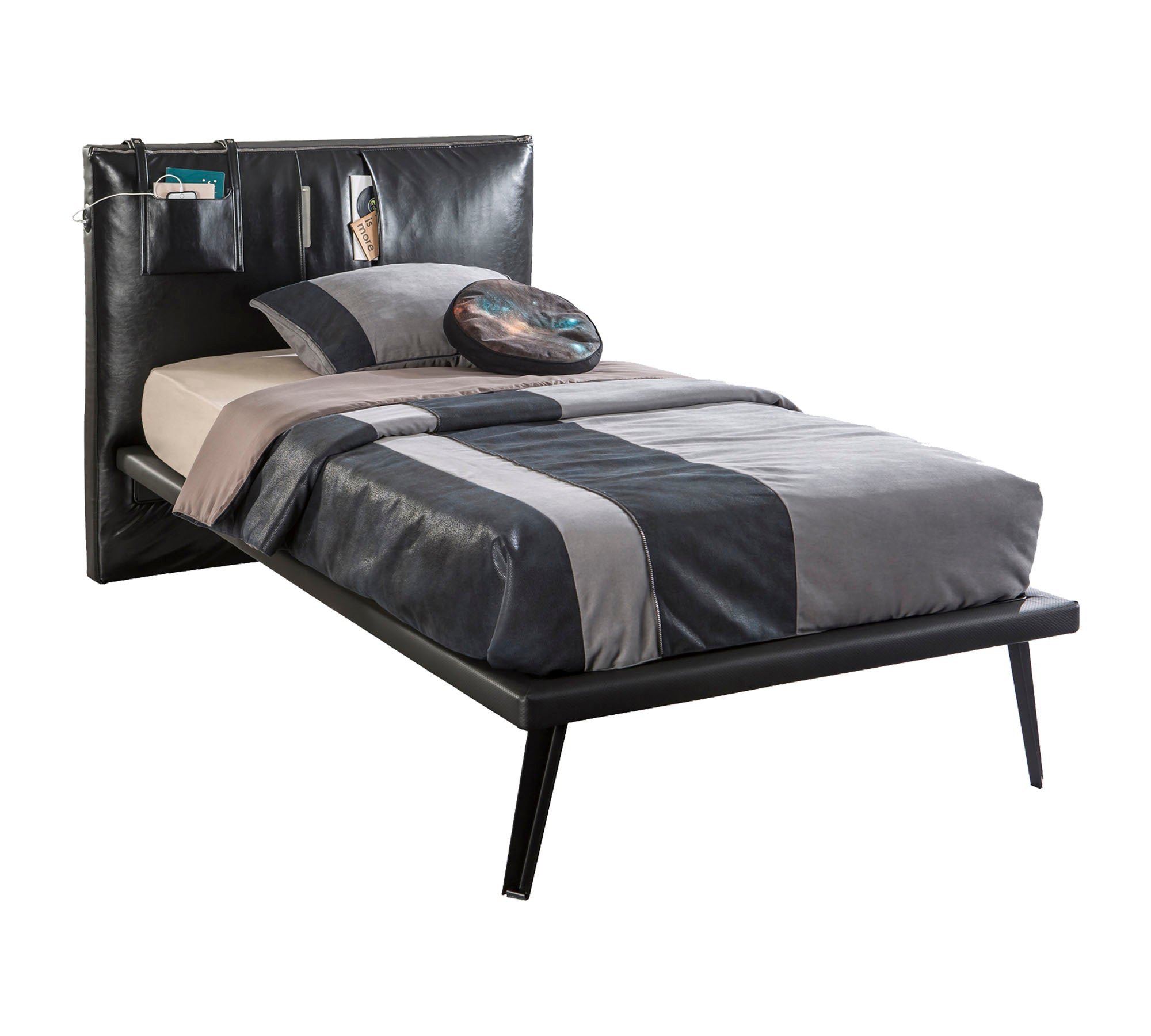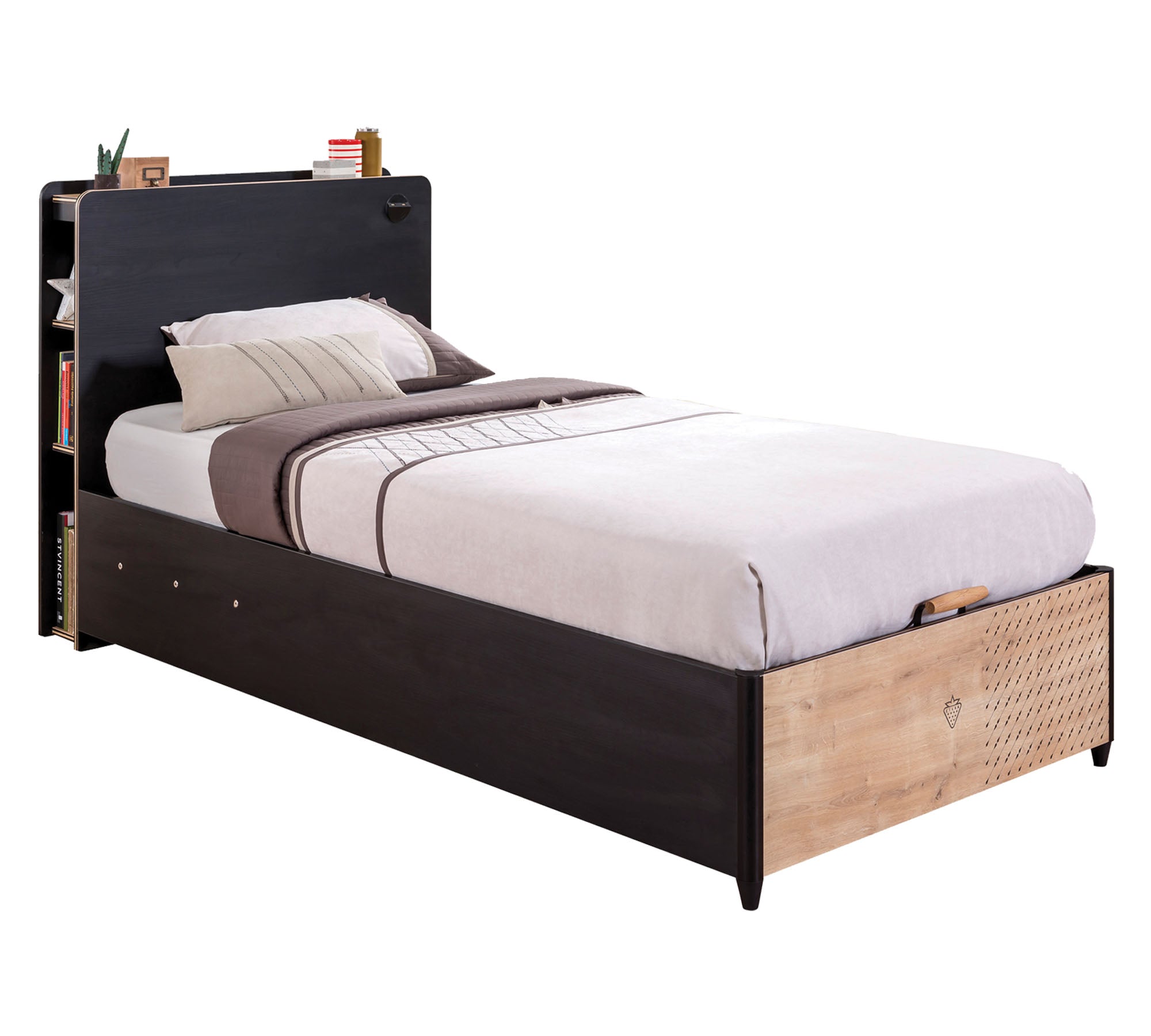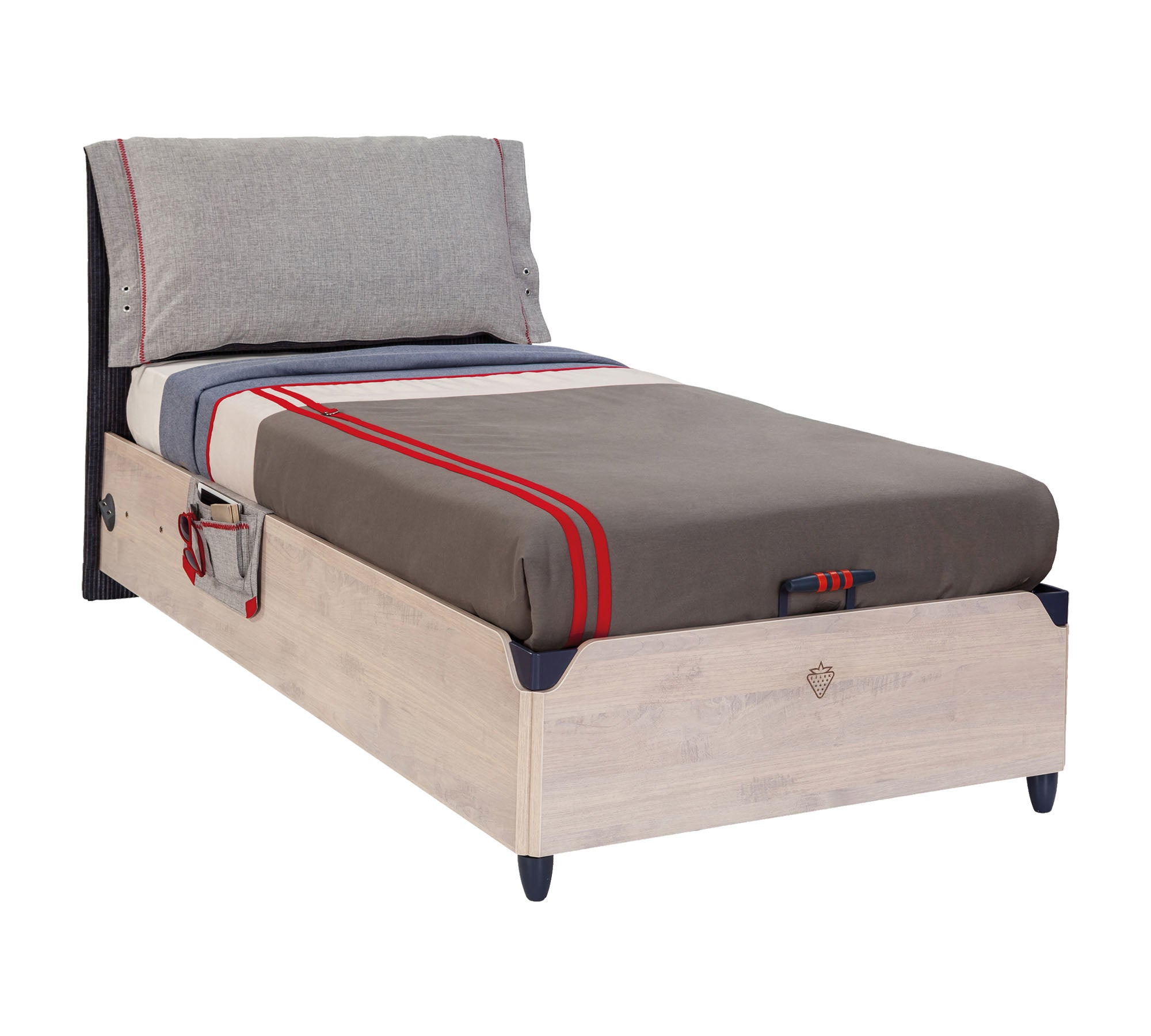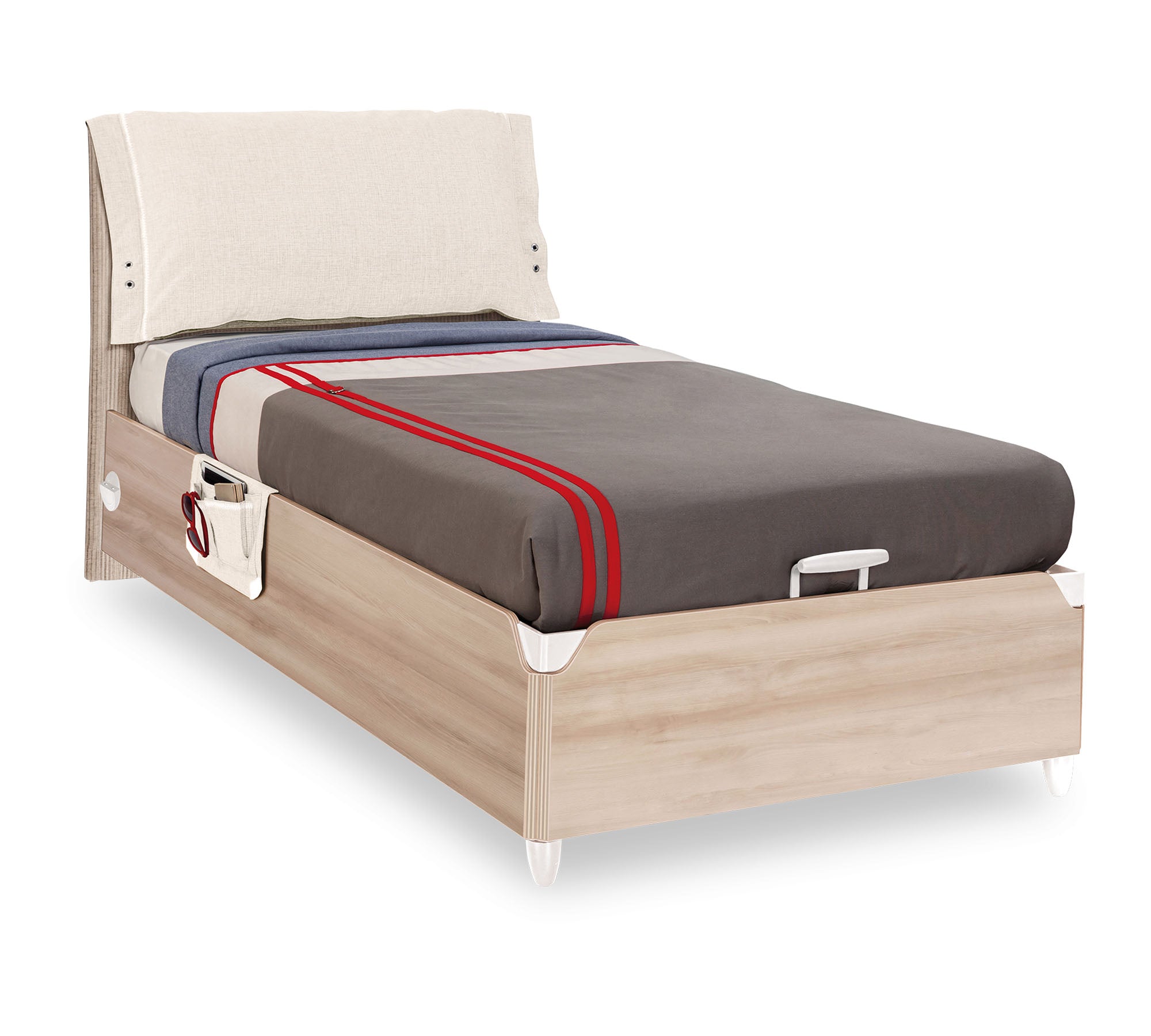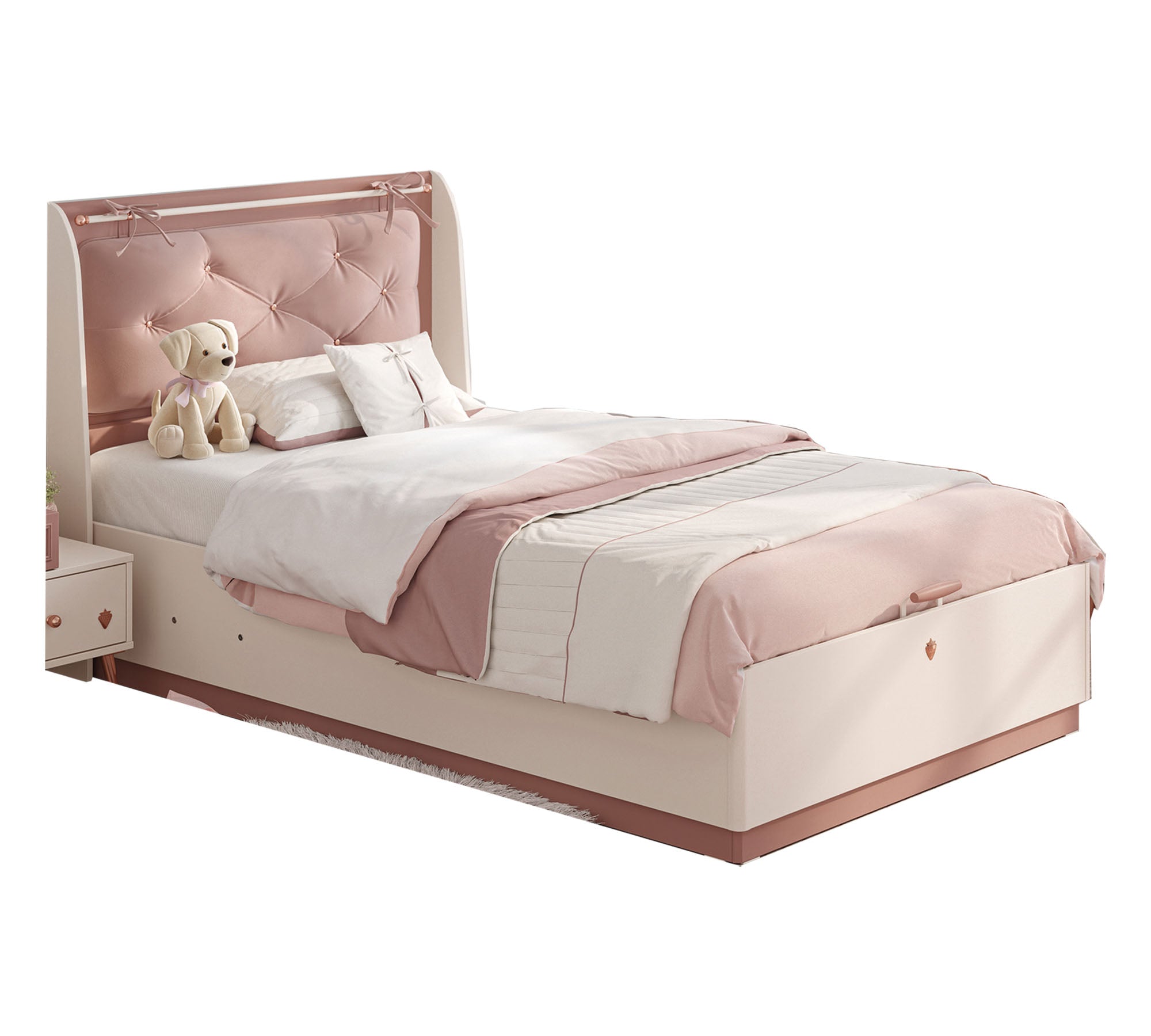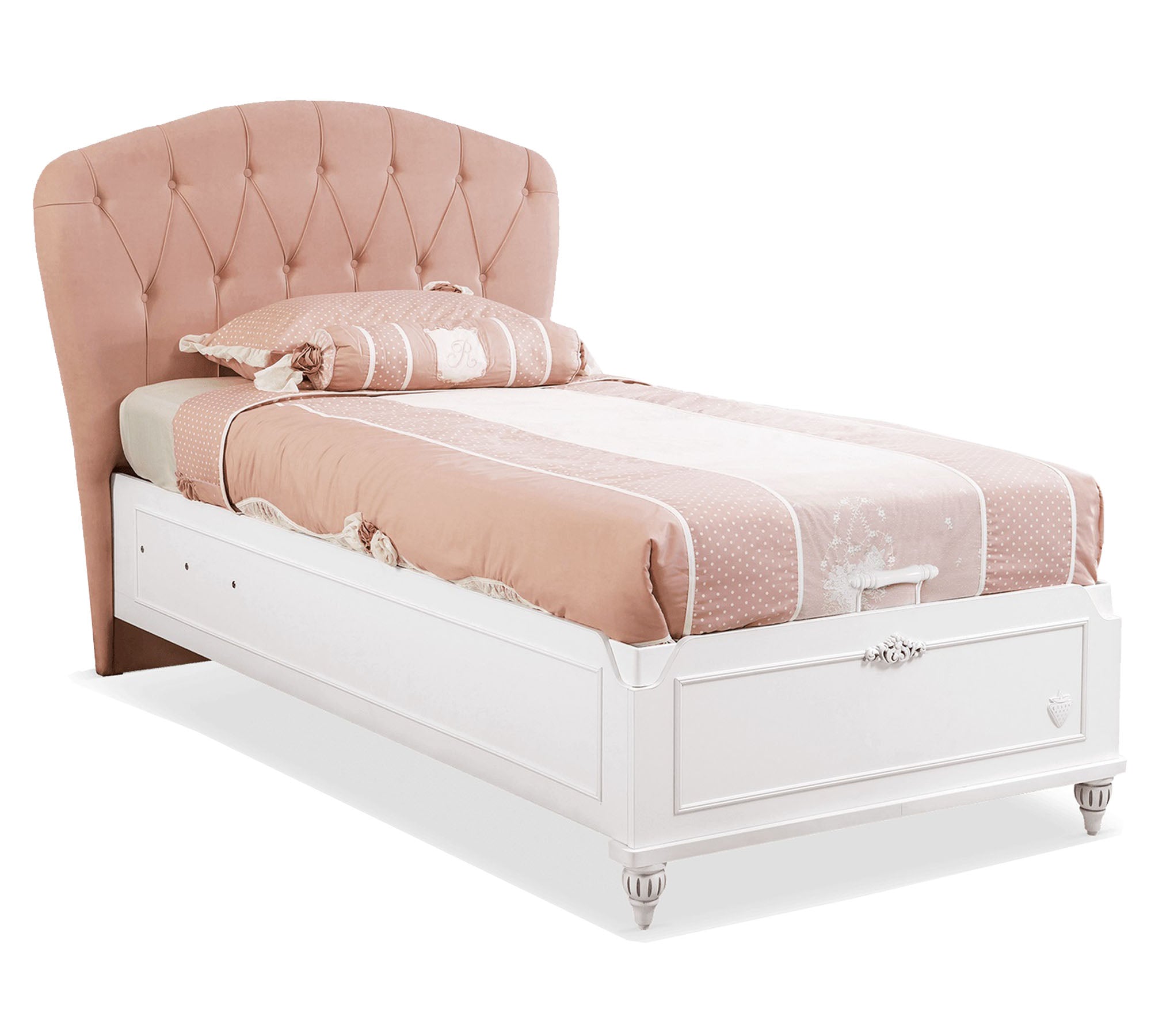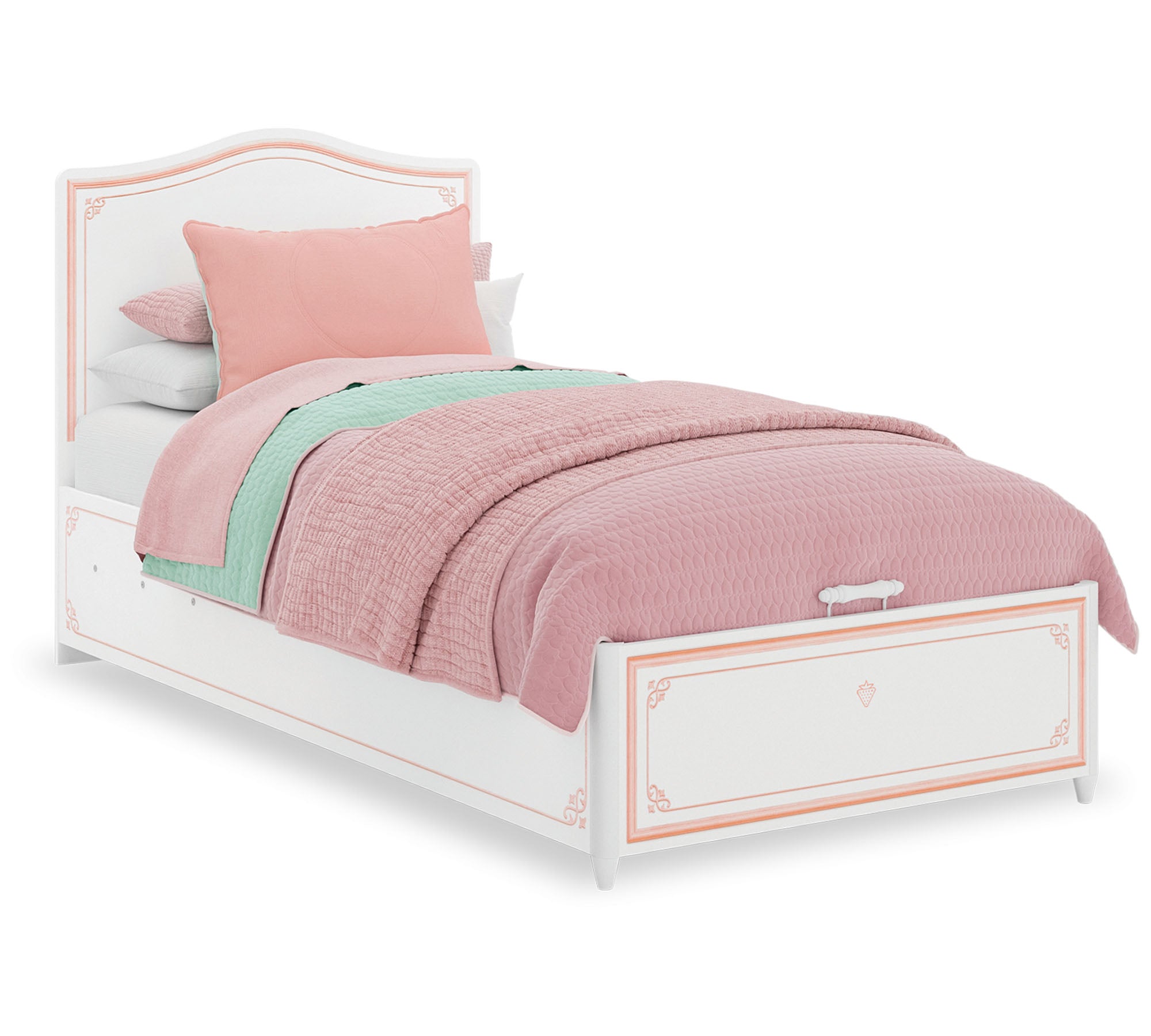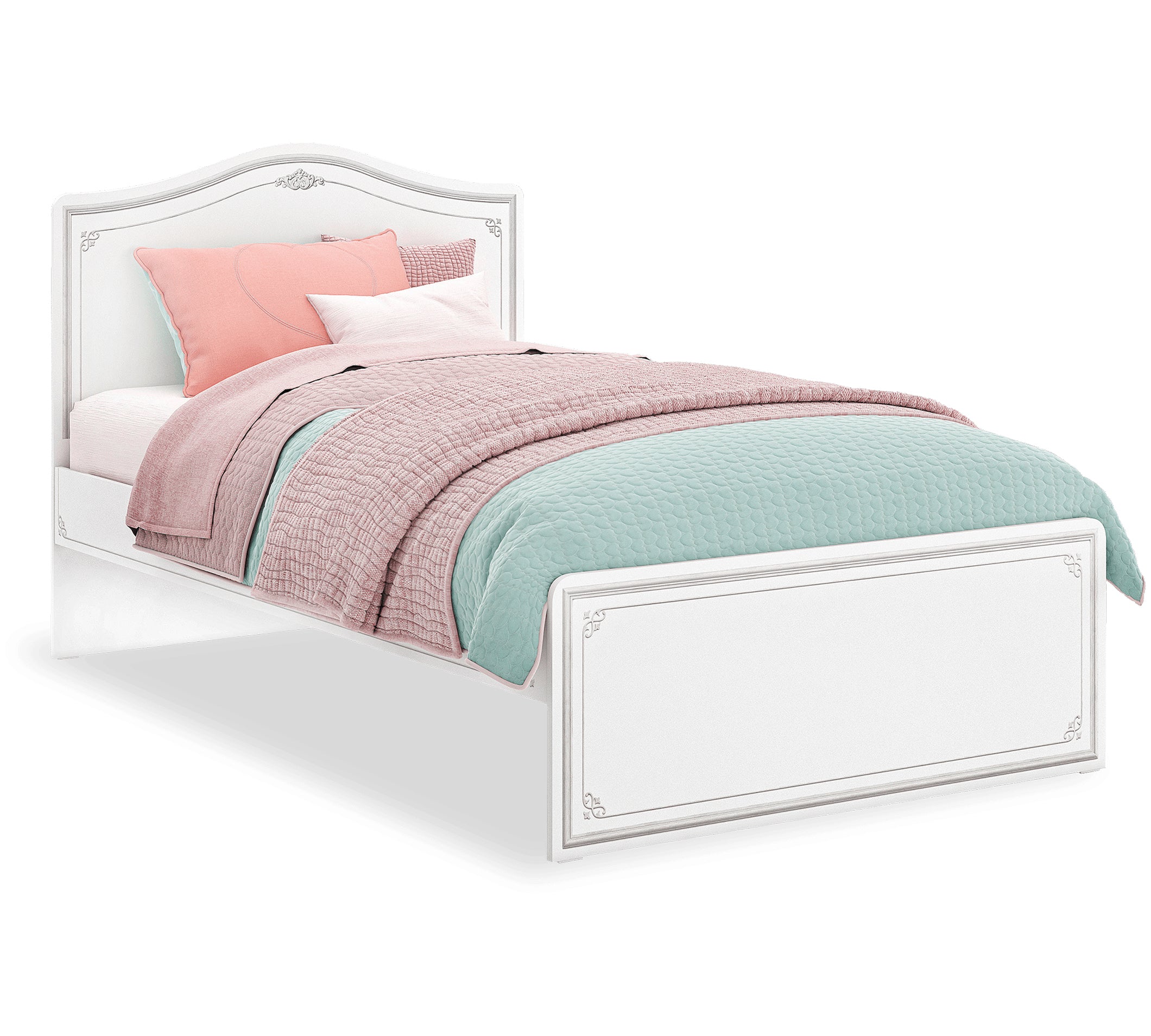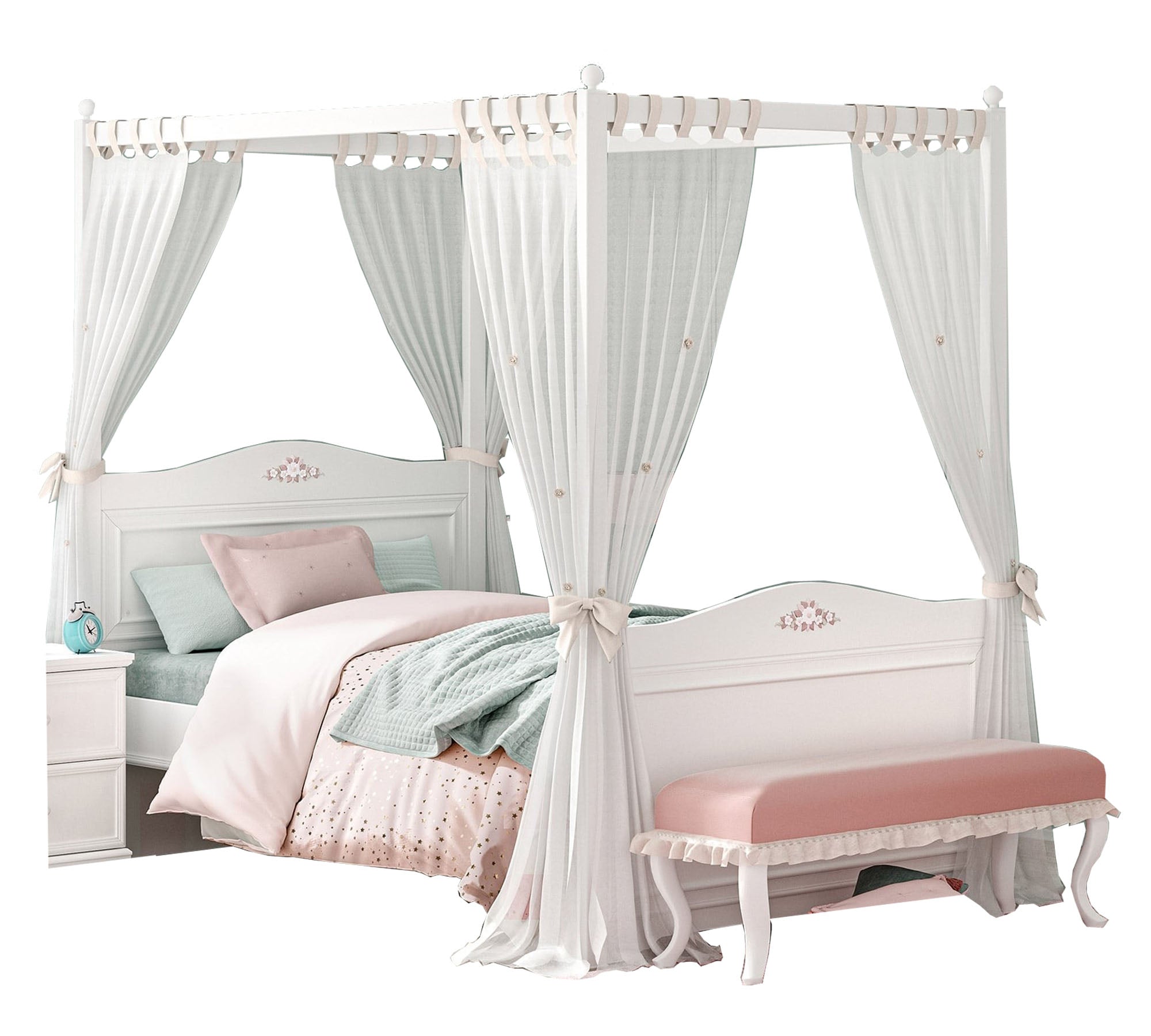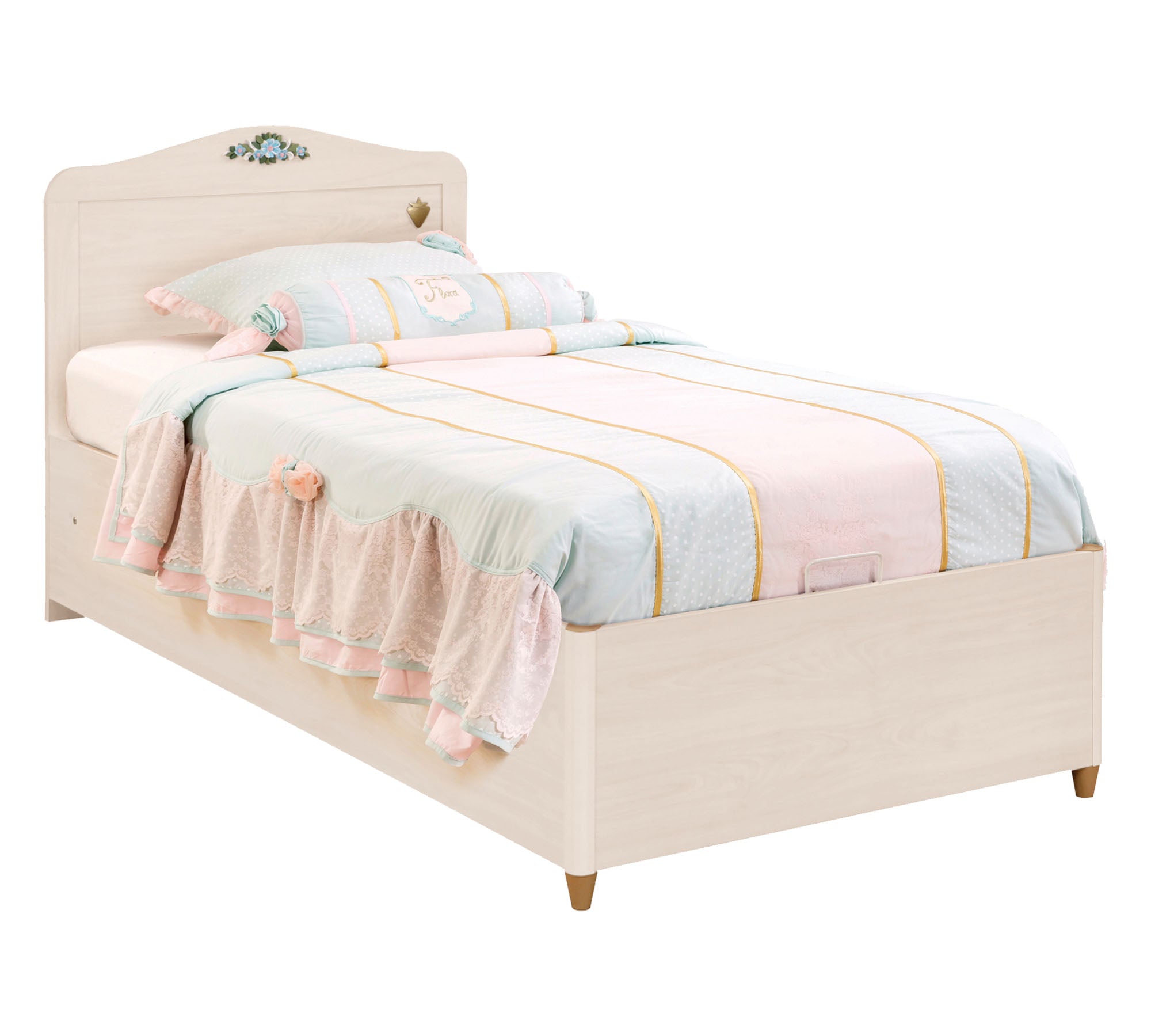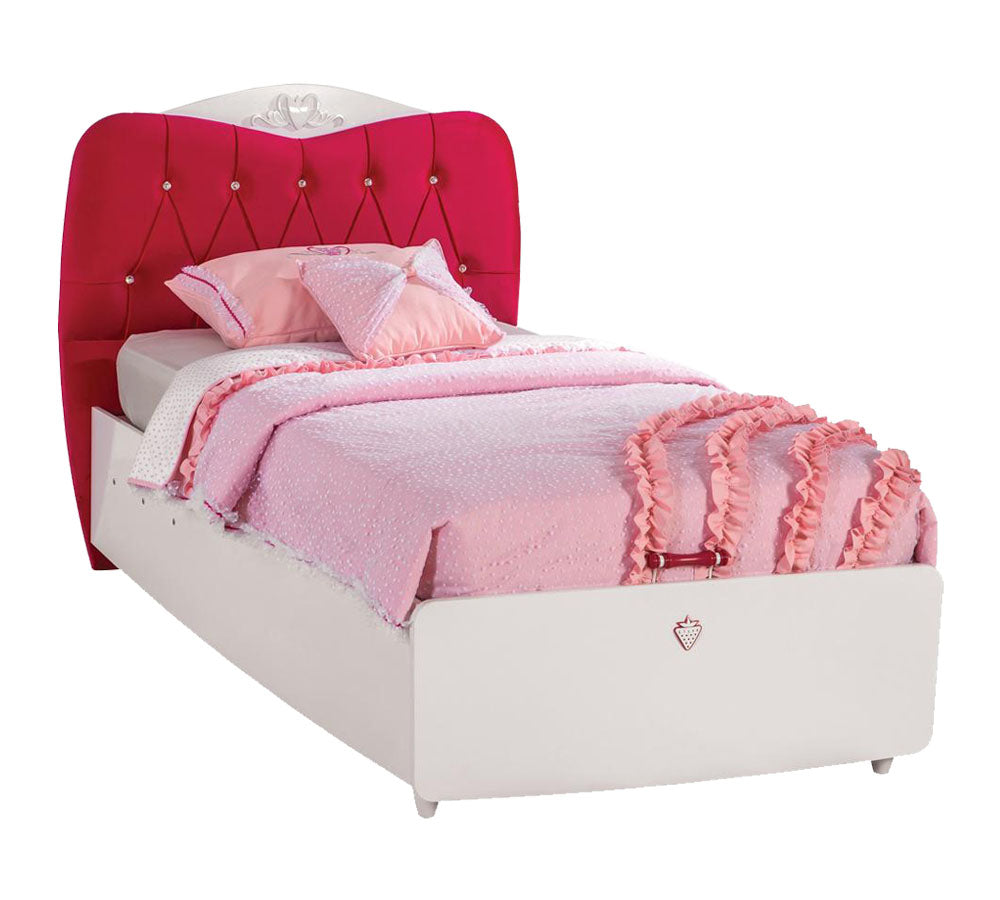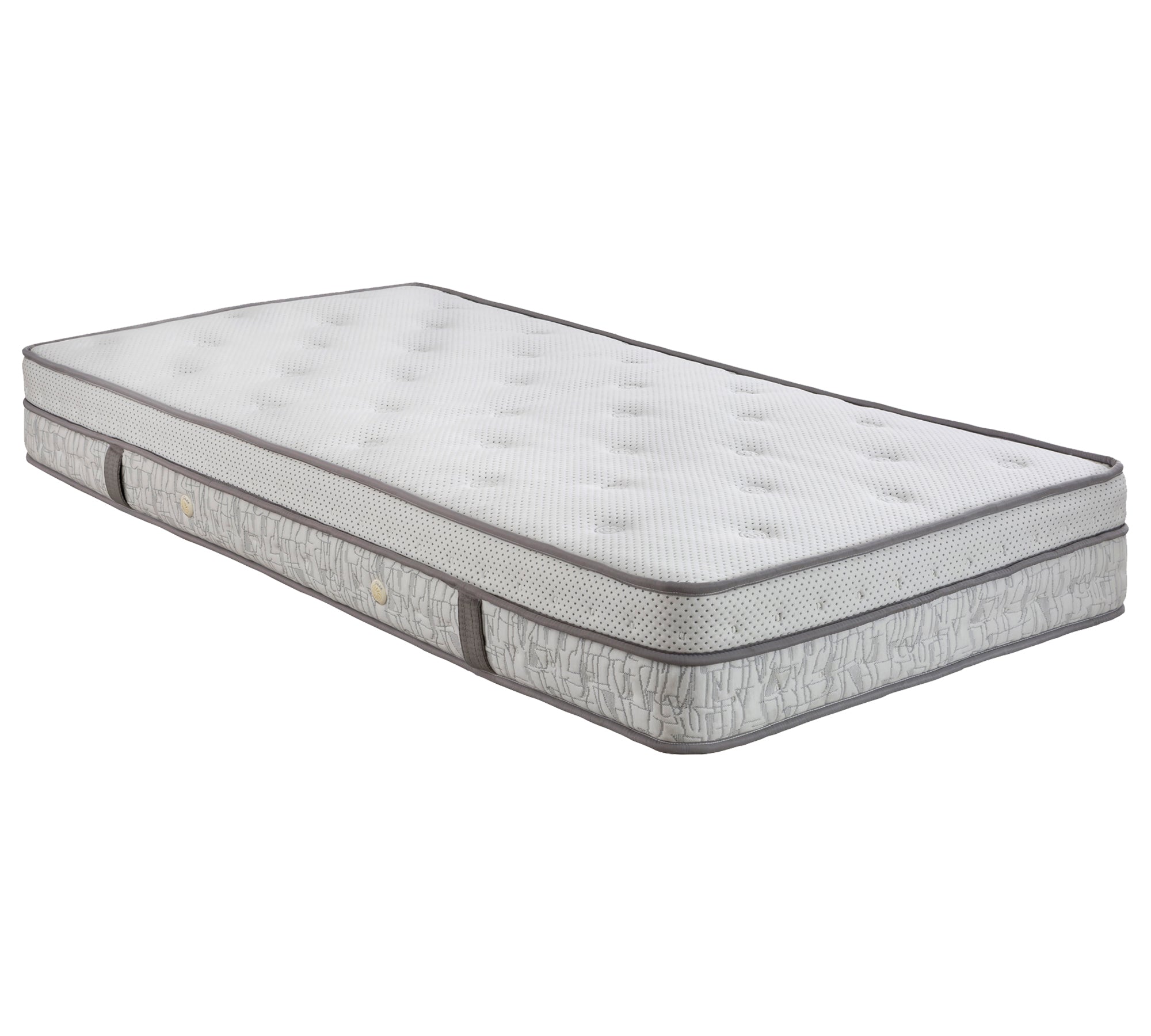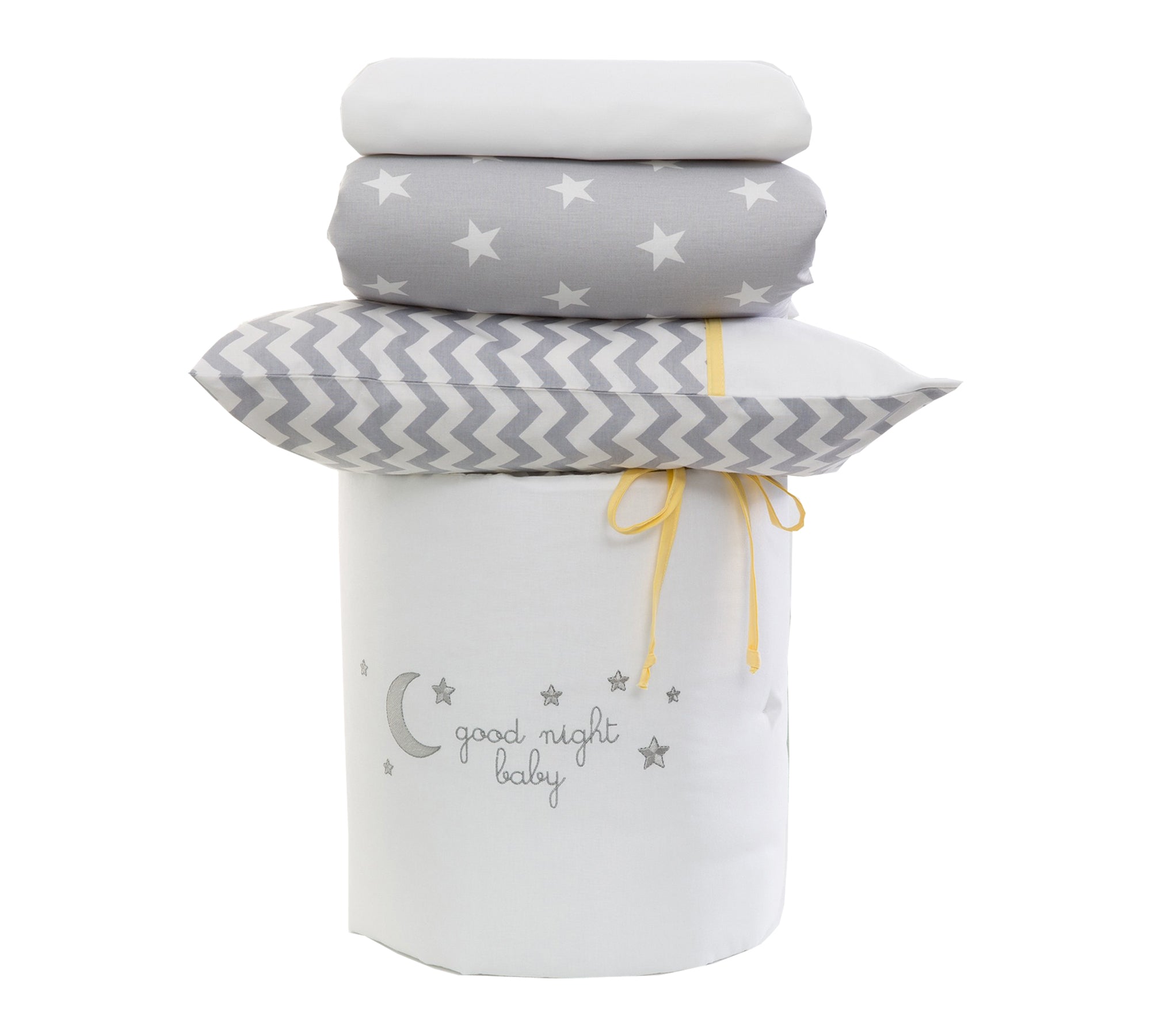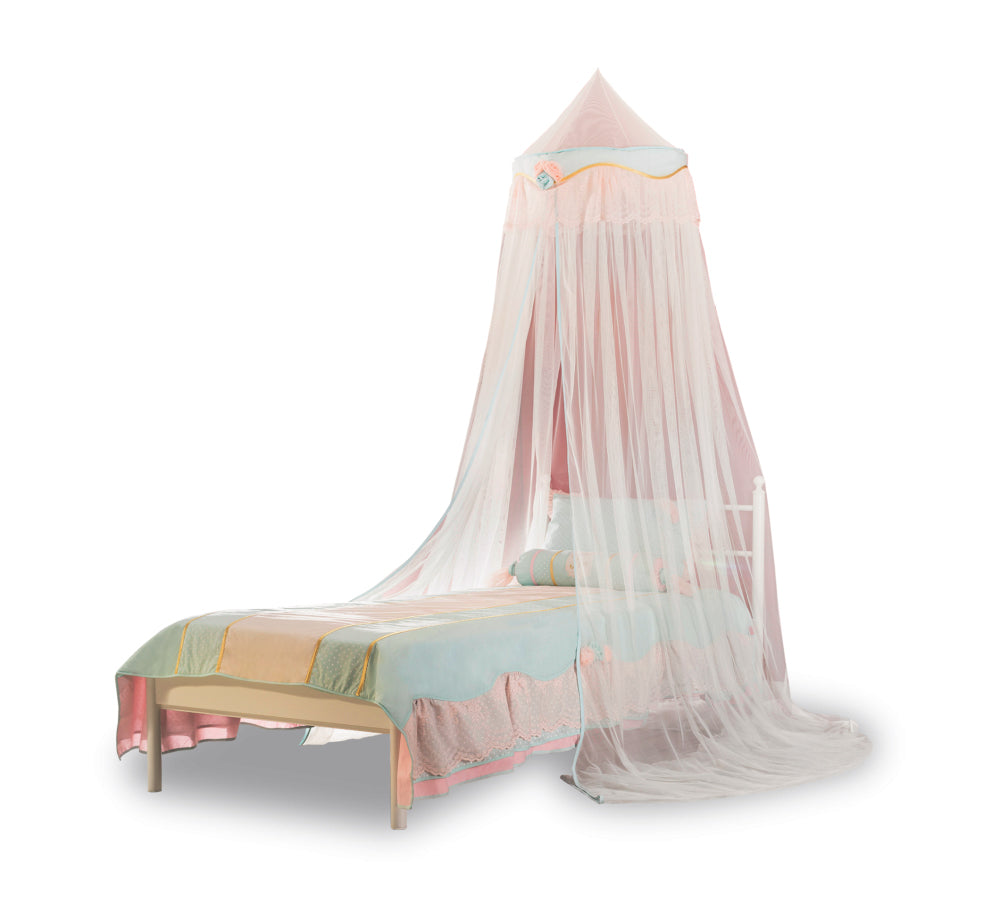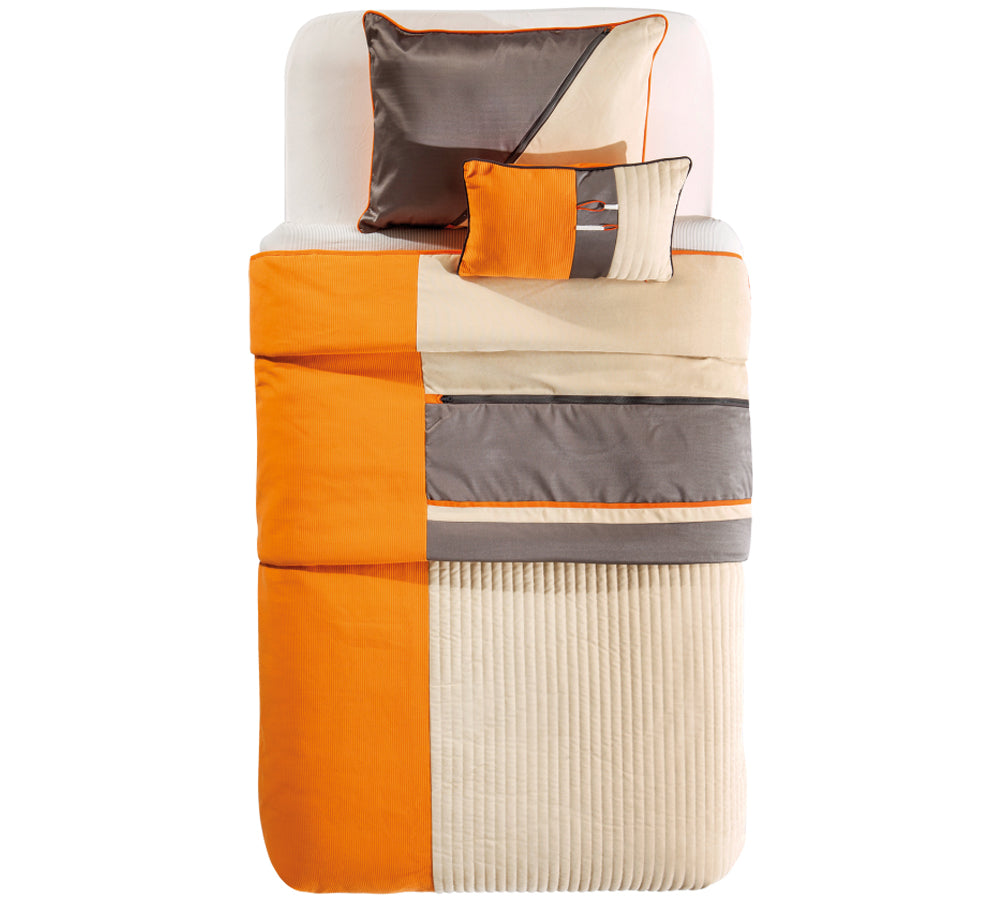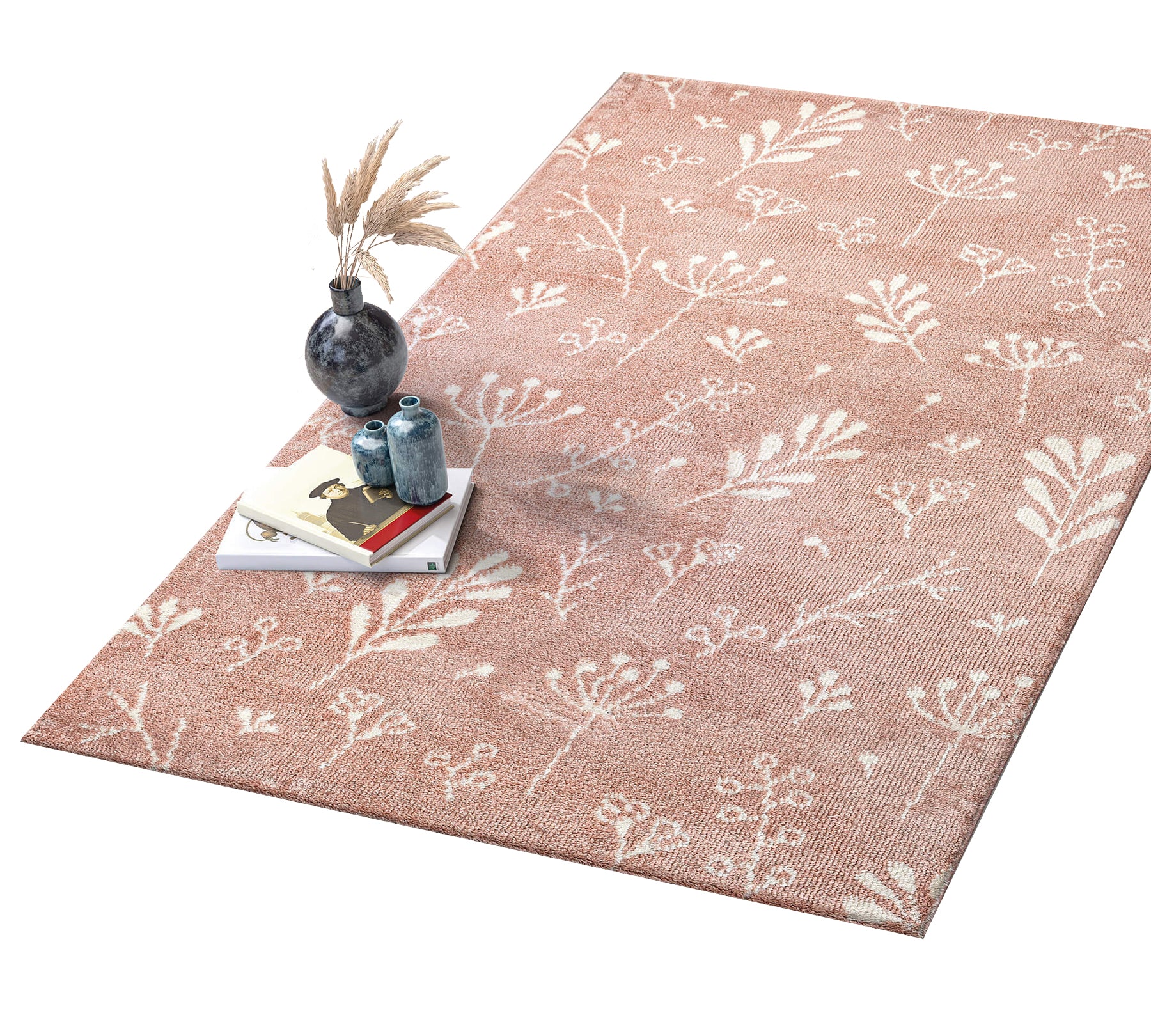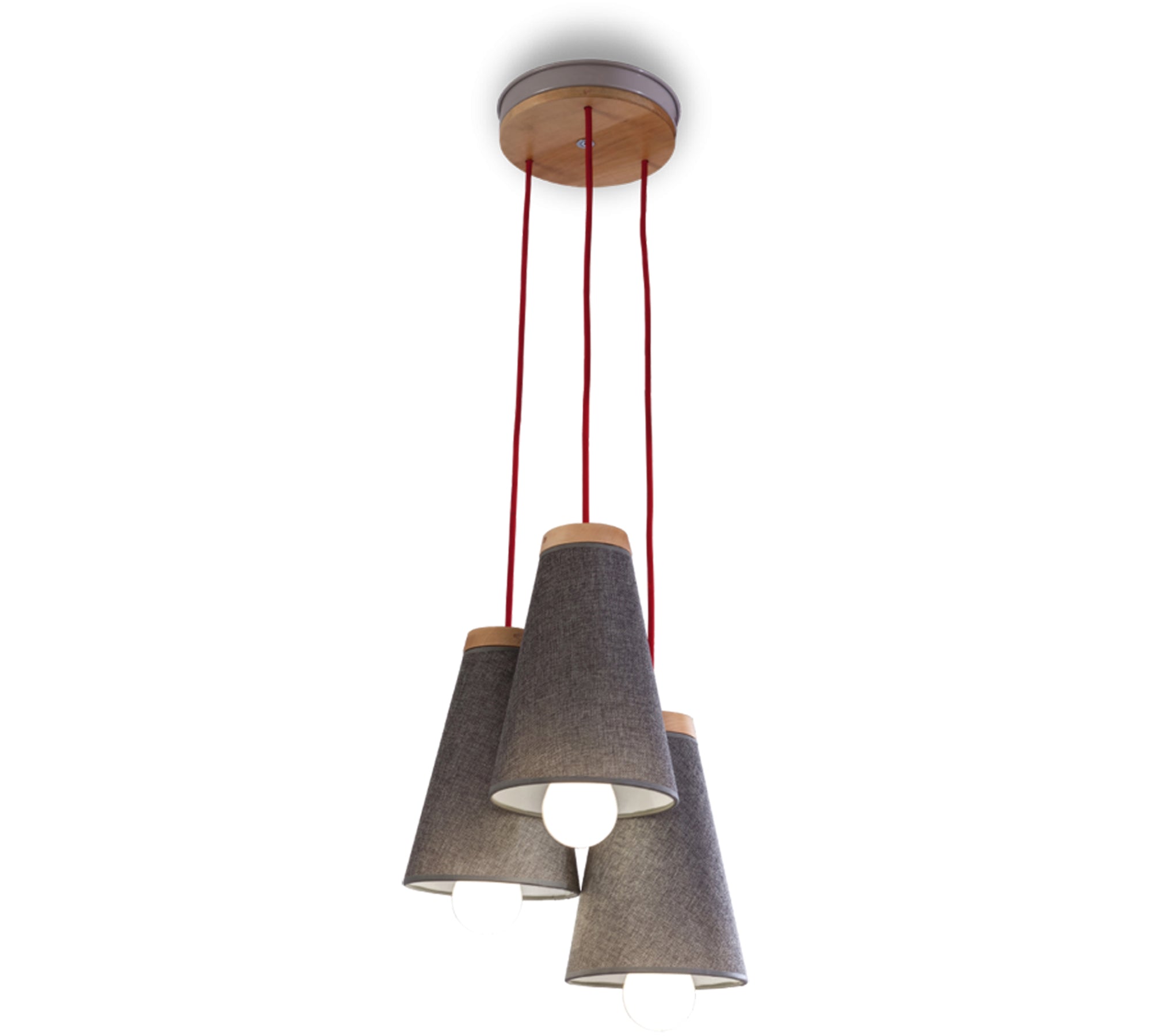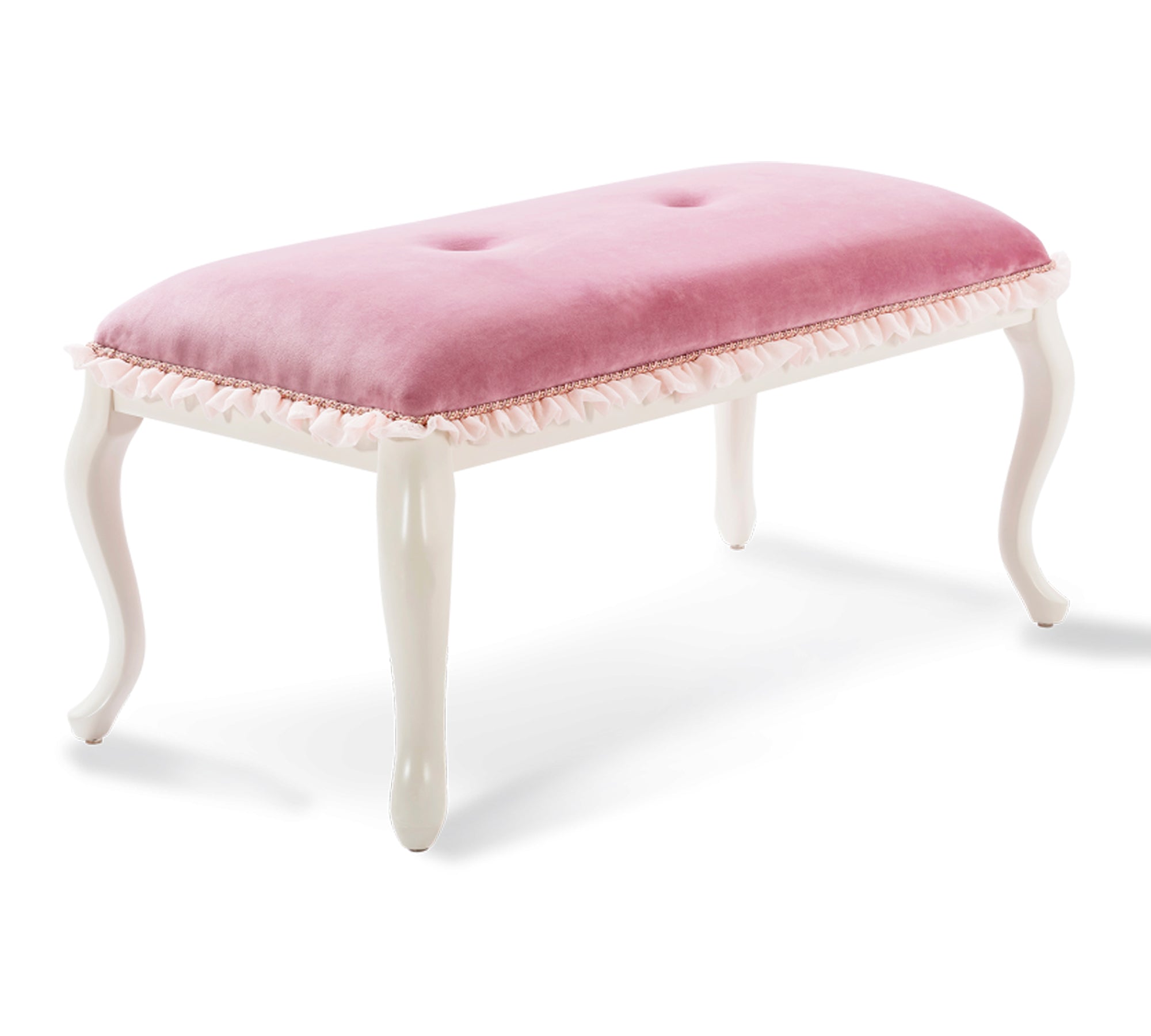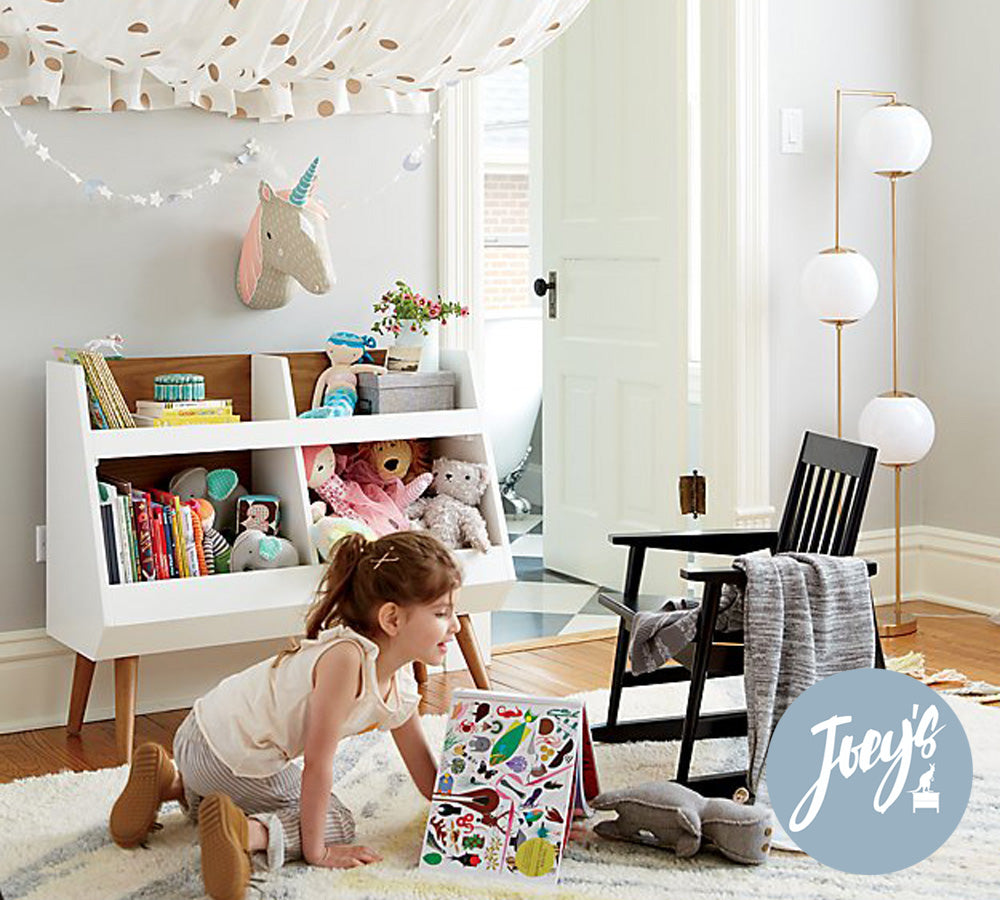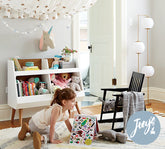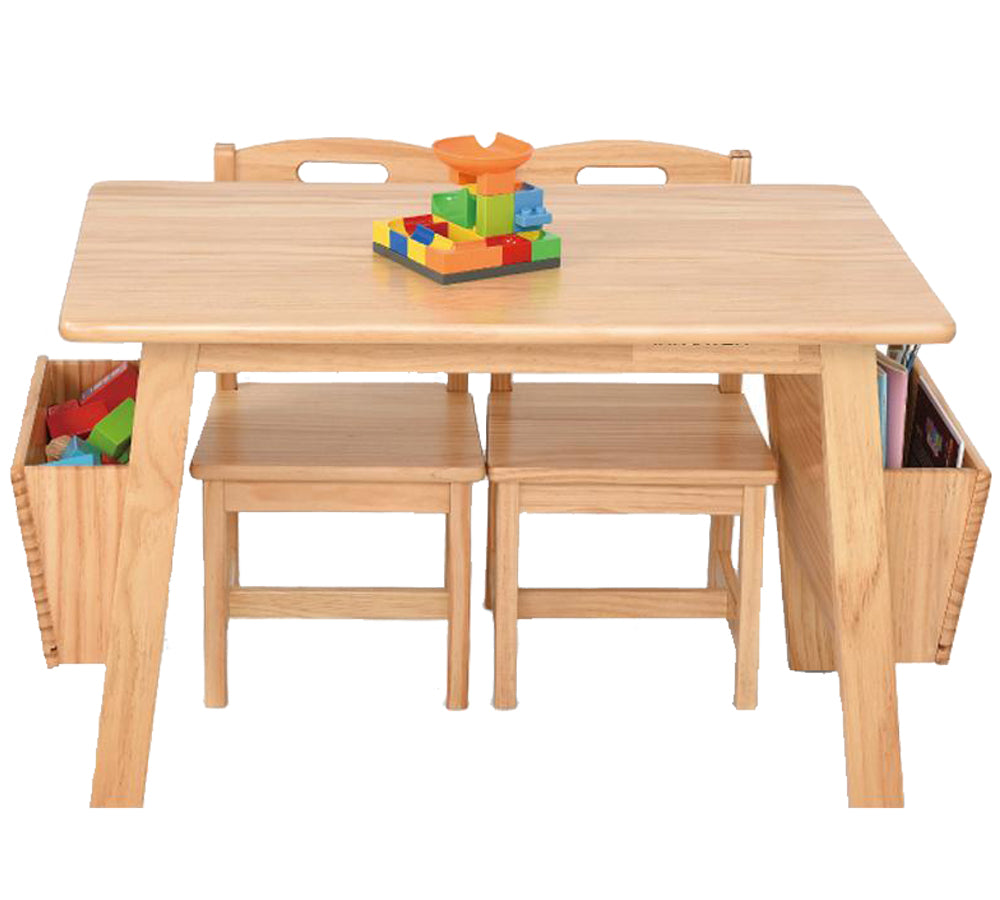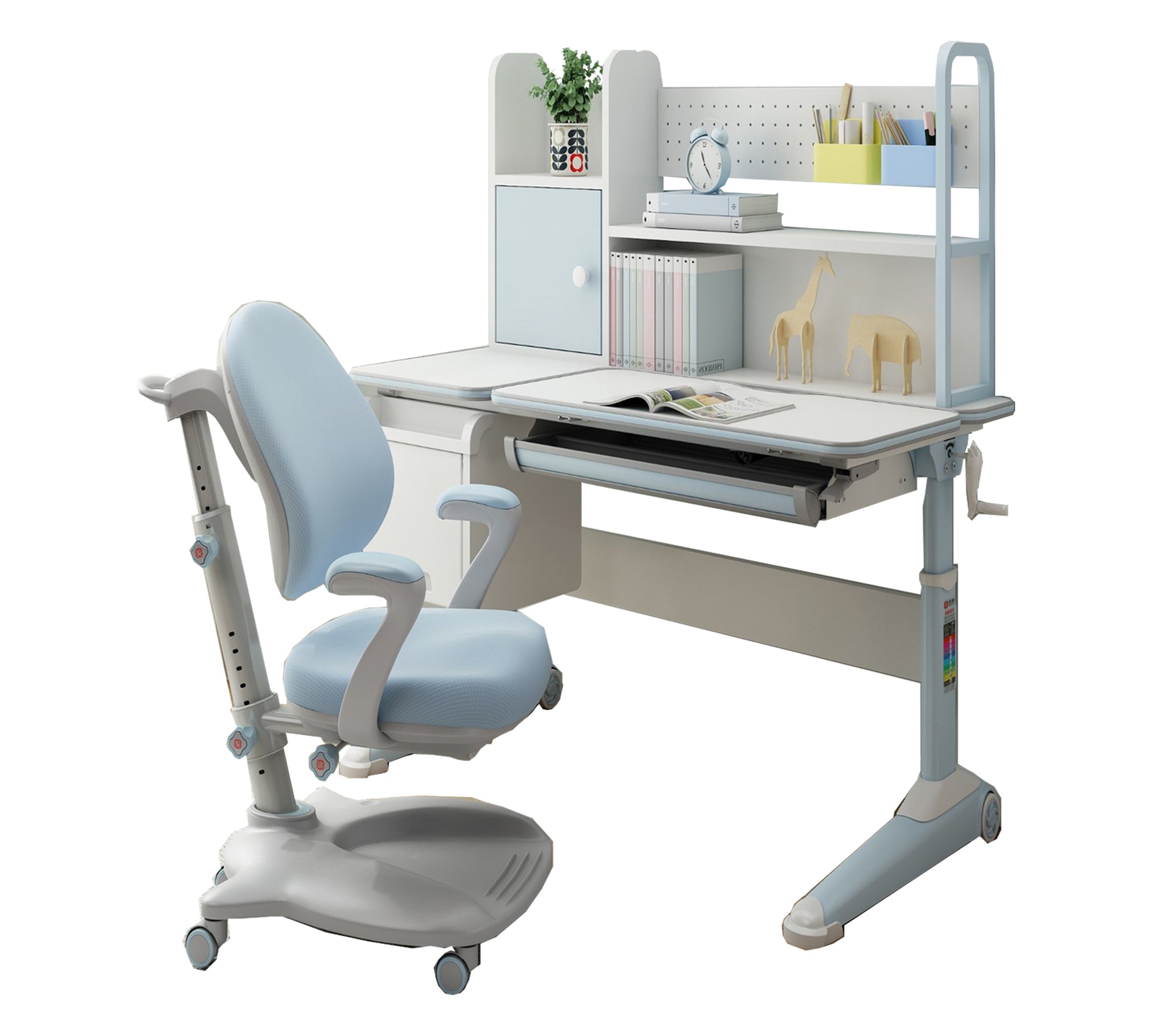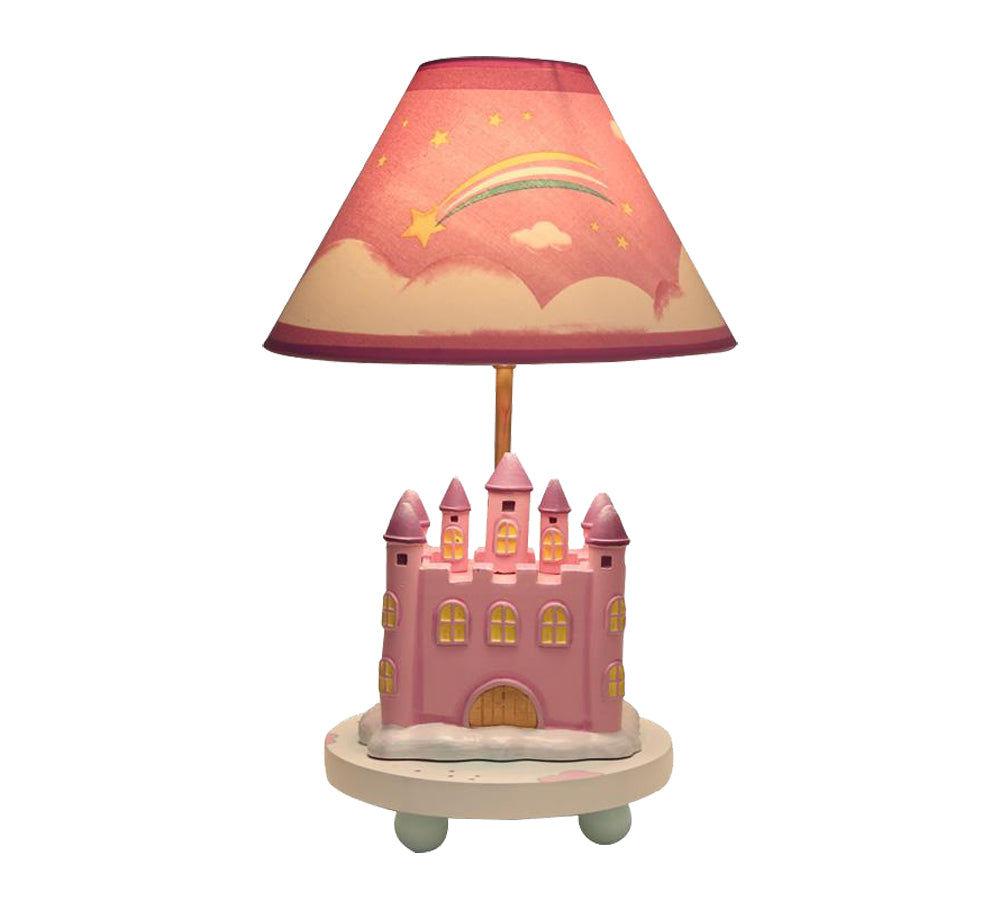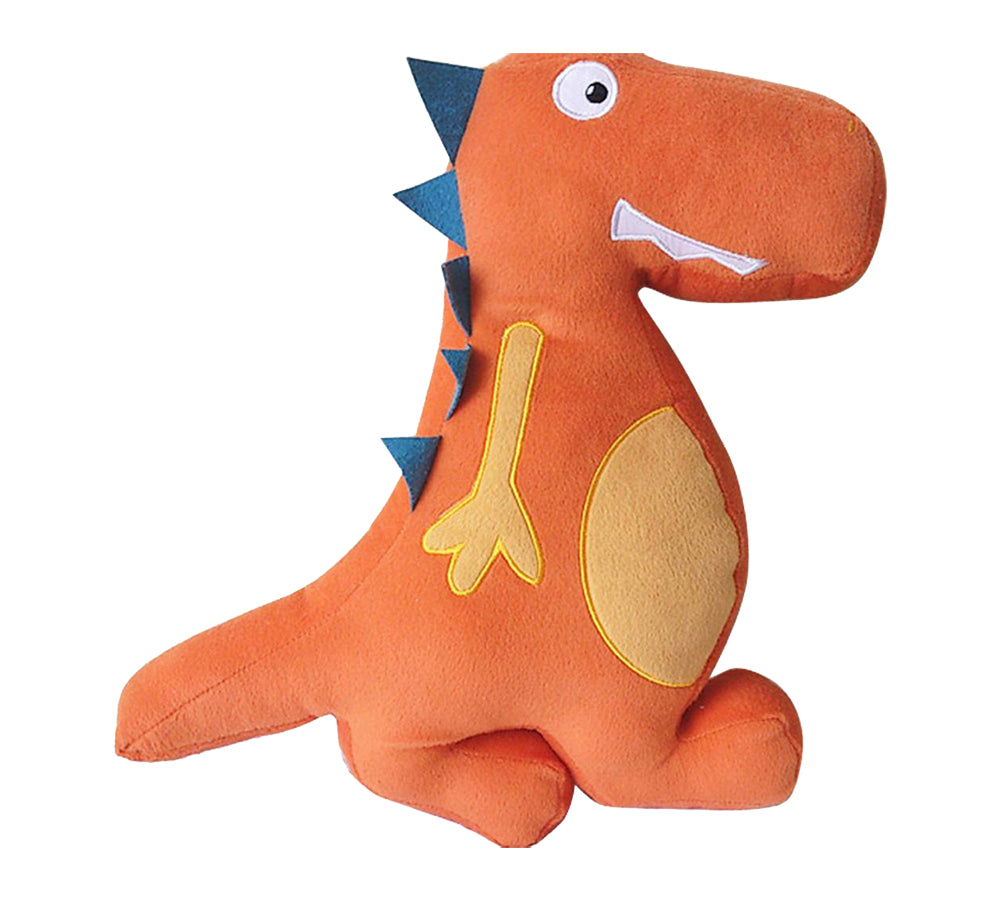Formaldehyde in Furniture: What You Need to Know for a Safer Home

Creating a safe, comfortable home is a priority for families, and indoor air quality plays a significant role in that, especially when choosing children's furniture. Formaldehyde in furniture has raised concerns due to its potential health impacts and frequent presence in many materials. This guide breaks down everything from what formaldehyde is to tips on reducing exposure, helping you make informed choices that keep your home and family healthier.
What is Formaldehyde?
Formaldehyde is a widely used chemical in furniture and household products, especially composite woods like particleboard and MDF (medium-density fibreboard). Manufacturers rely on it to strengthen materials, which helps create durable, affordable furniture. However, it’s worth knowing how it can affect air quality—especially if young children spend a lot of time around these items.
Materials That May Contain Formaldehyde
Formaldehyde in furniture, especially pieces made from pressed wood, plywood, particleboard, or MDF, is something to keep in mind. These materials release formaldehyde slowly over time, which may add to indoor air pollution. However, this doesn’t mean all furniture made from MDF or similar materials is unsafe. Many manufacturers follow strict safety standards to keep emissions low, allowing you to buy bed frames, desks, and other furniture items with peace of mind. When buying beds online in Singapore, look out for pieces from trusted stores like Kids Haven that offer low-VOC or formaldehyde-free options for a safer home.

Effects of Formaldehyde Exposure
Long-term exposure to formaldehyde in furniture can affect health, especially for children or those with respiratory sensitivities. It may irritate the eyes, nose, and throat and, at higher levels, has been linked to respiratory issues. In severe cases, prolonged exposure could pose serious health risks, making it essential to choose formaldehyde-free furniture where possible or take steps to reduce exposure in the home. Choosing furniture for children without formaldehyde or with low VOC emissions can make a meaningful difference.
Understanding Acceptable Formaldehyde Levels
A good way to check if your furniture is safe is to see if it meets recommended safety standards. For example, the U.S. Environmental Protection Agency (EPA) sets an acceptable formaldehyde level at 0.1 parts per million (ppm) in the air. Many furniture stores, particularly those that sell kids’ products, are increasingly transparent about such levels, ensuring consumers can trust their purchases. When browsing for furniture, you may want to look for labels showing compliance with international air quality standards—especially for items made with wood composite materials.
How to Reduce Formaldehyde Exposure at Home
You can take several simple steps to reduce formaldehyde exposure and improve air quality in your home. Start by choosing furniture labelled as “formaldehyde-free” or “low VOC,” particularly for children’s bedrooms or play areas. Solid wood furniture is an excellent option as it typically has lower emissions and is also durable and long-lasting. Aside from furniture choices, maintaining good ventilation is vital. Regularly opening windows and using fans can help disperse any formaldehyde in furniture or other household items. You might also consider using an air purifier to effectively capture and reduce airborne formaldehyde particles, creating a healthier indoor environment while ensuring your furniture meets safety standards.

When selecting furniture for your home, it’s important to consider more than just aesthetics, especially when children are involved. By being aware of formaldehyde in furniture and prioritising items that meet safety standards, you can create a safer living environment for your family's health. Kids Haven offers a wide selection of children’s furniture online in Singapore, including options specifically designed to meet low formaldehyde emissions.
Visit our online store today to explore formaldehyde-free and low-VOC furniture choices that combine style with safety for a happier, healthier home.






